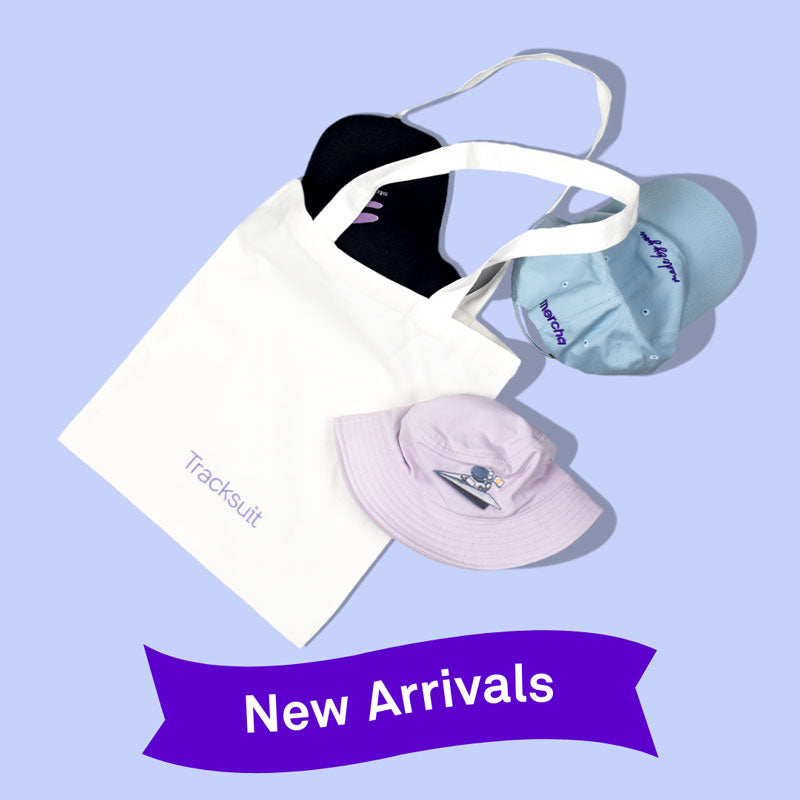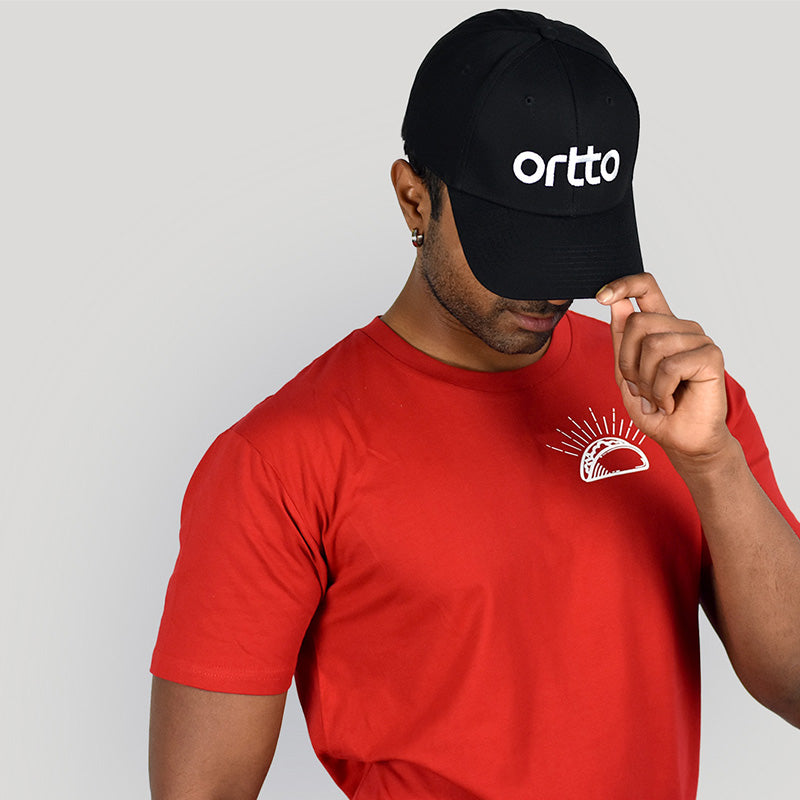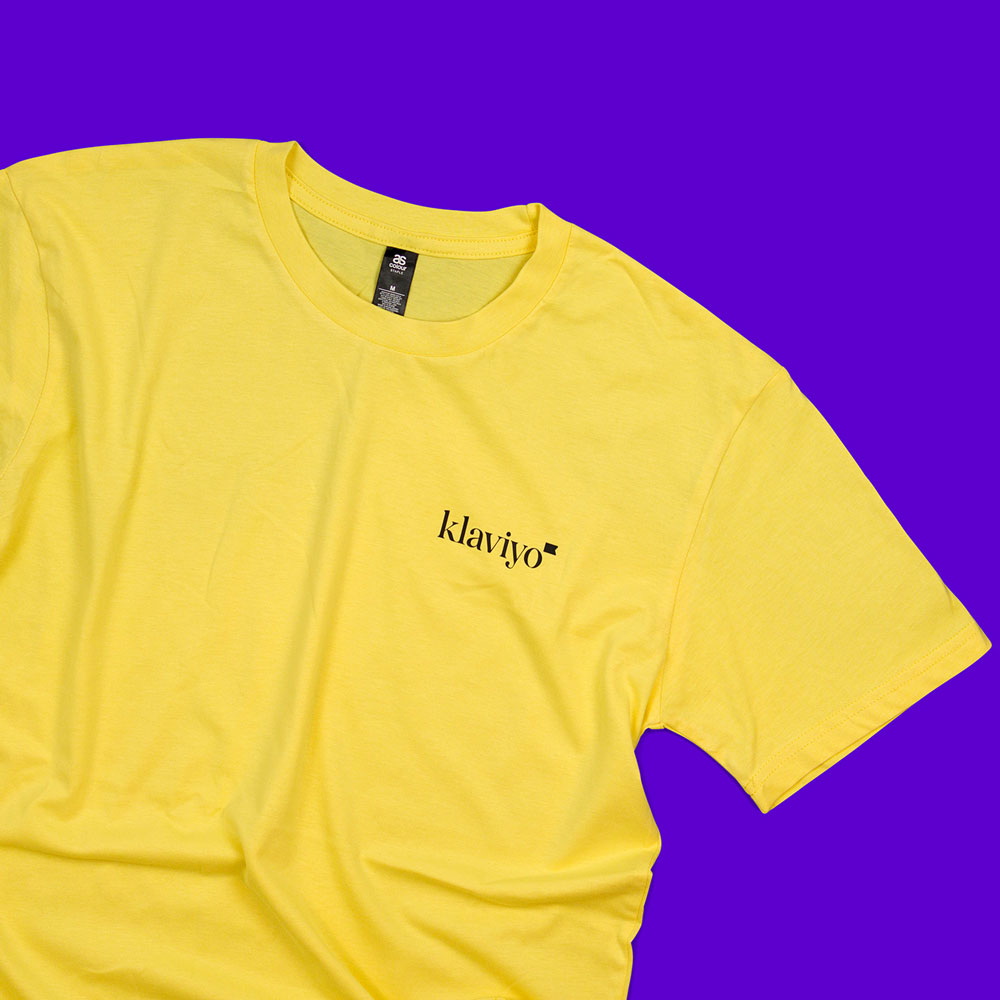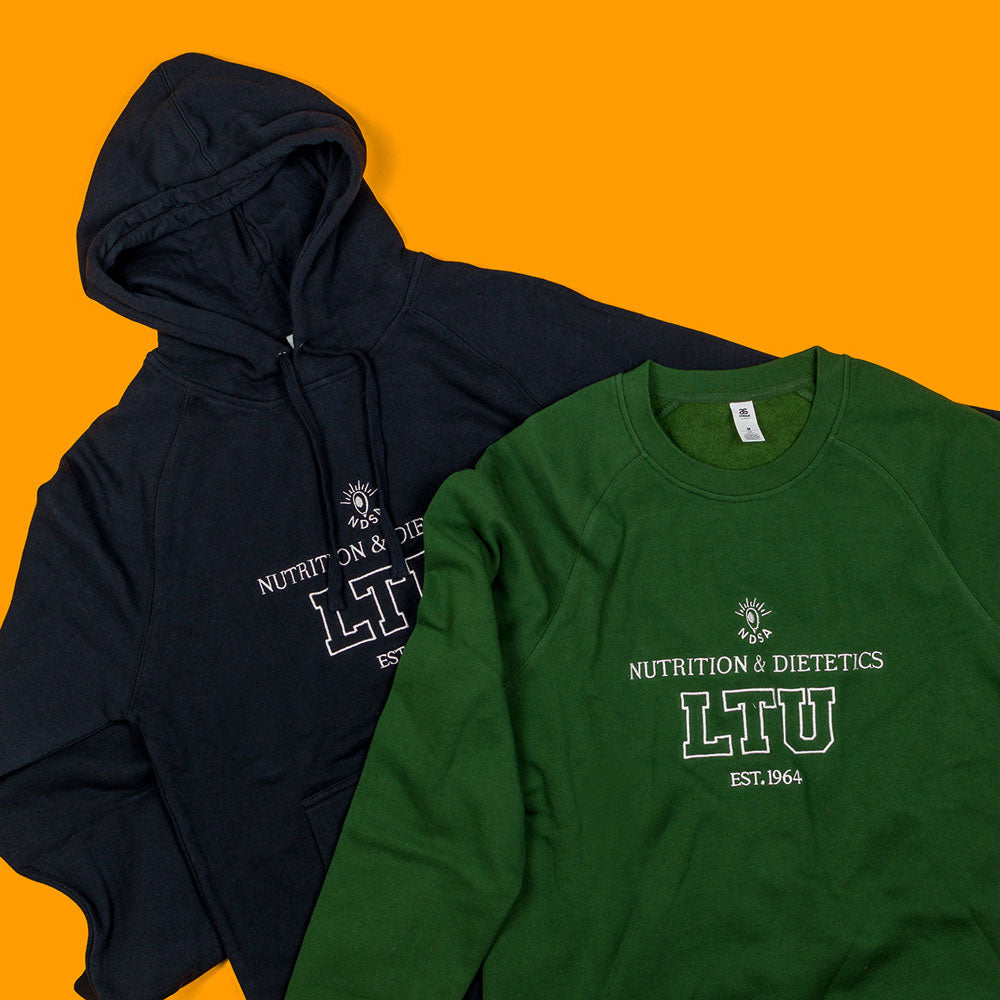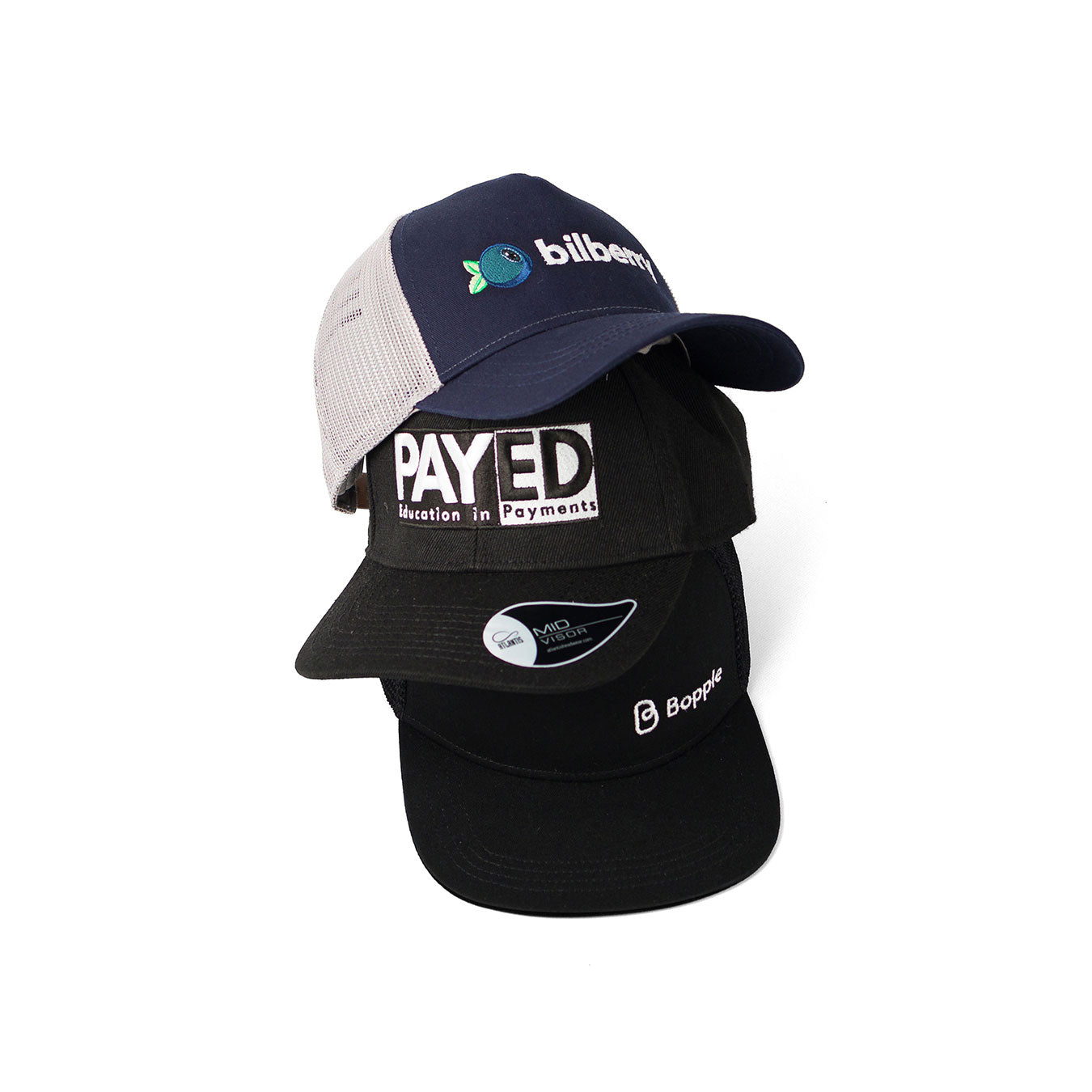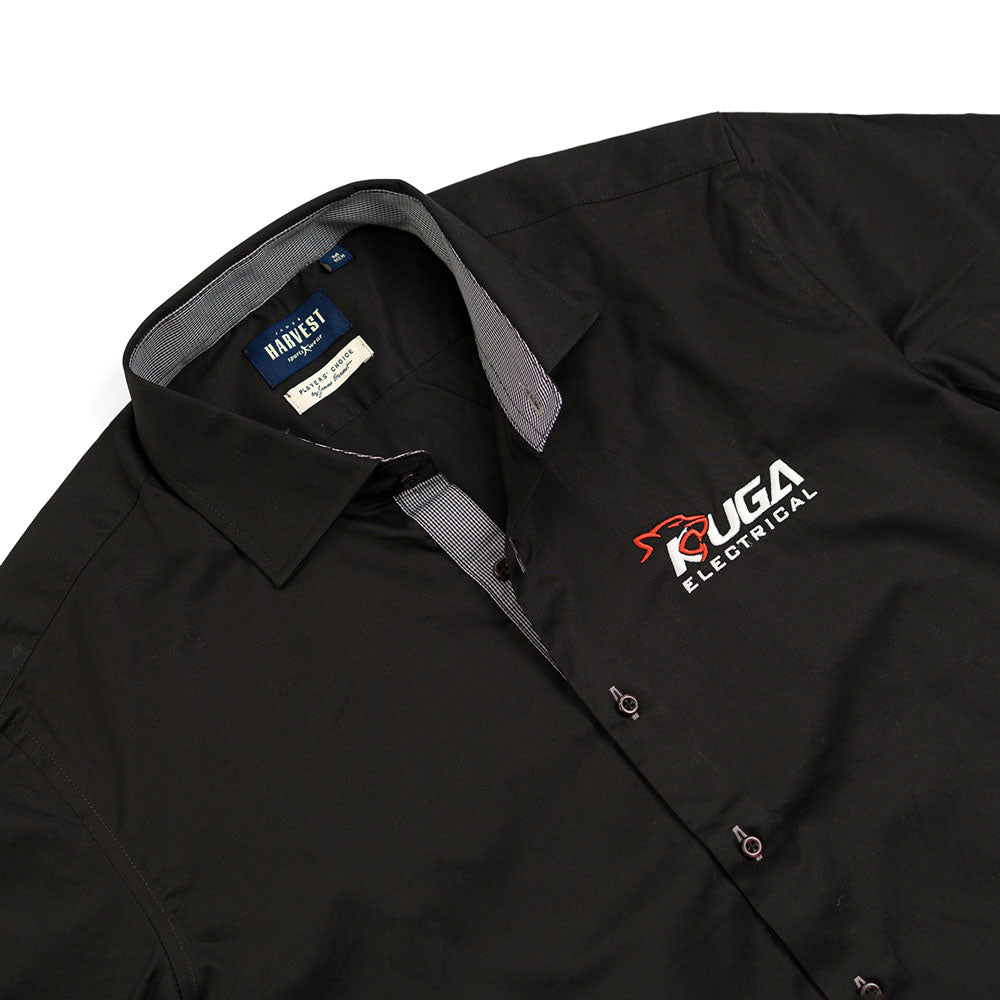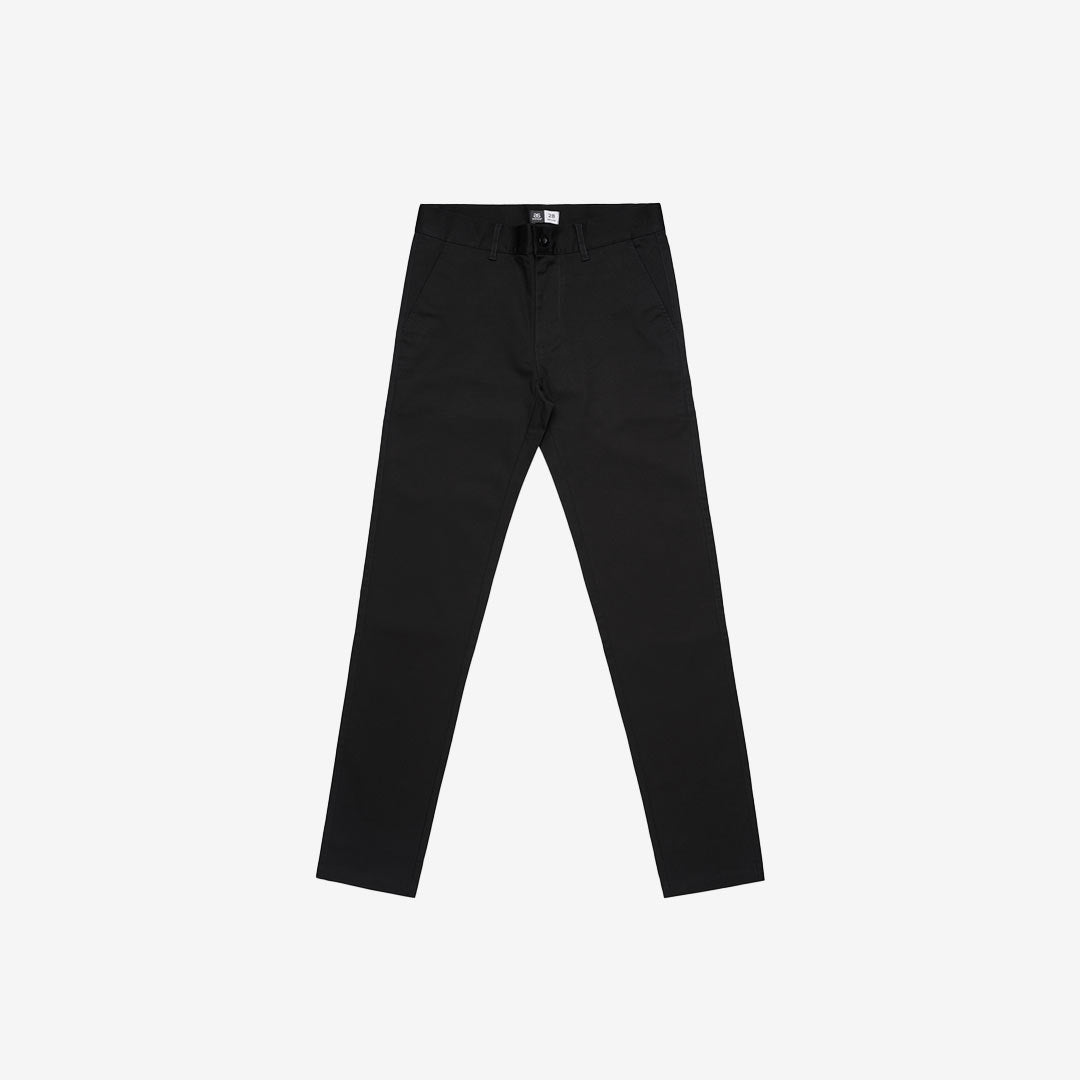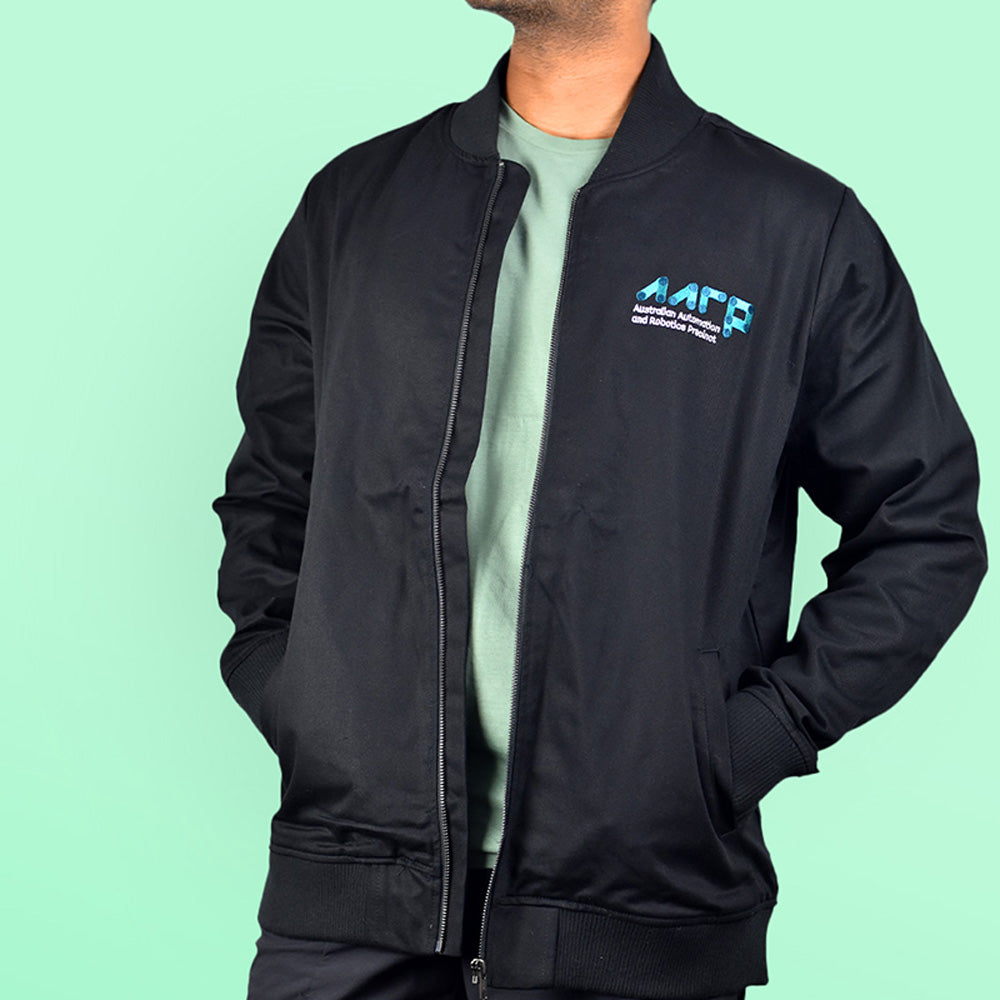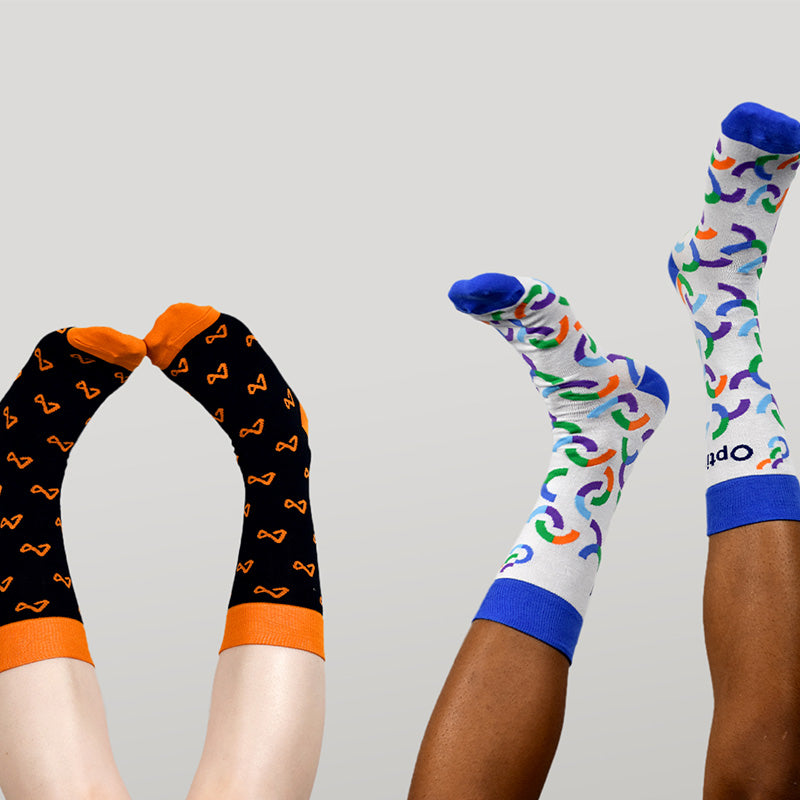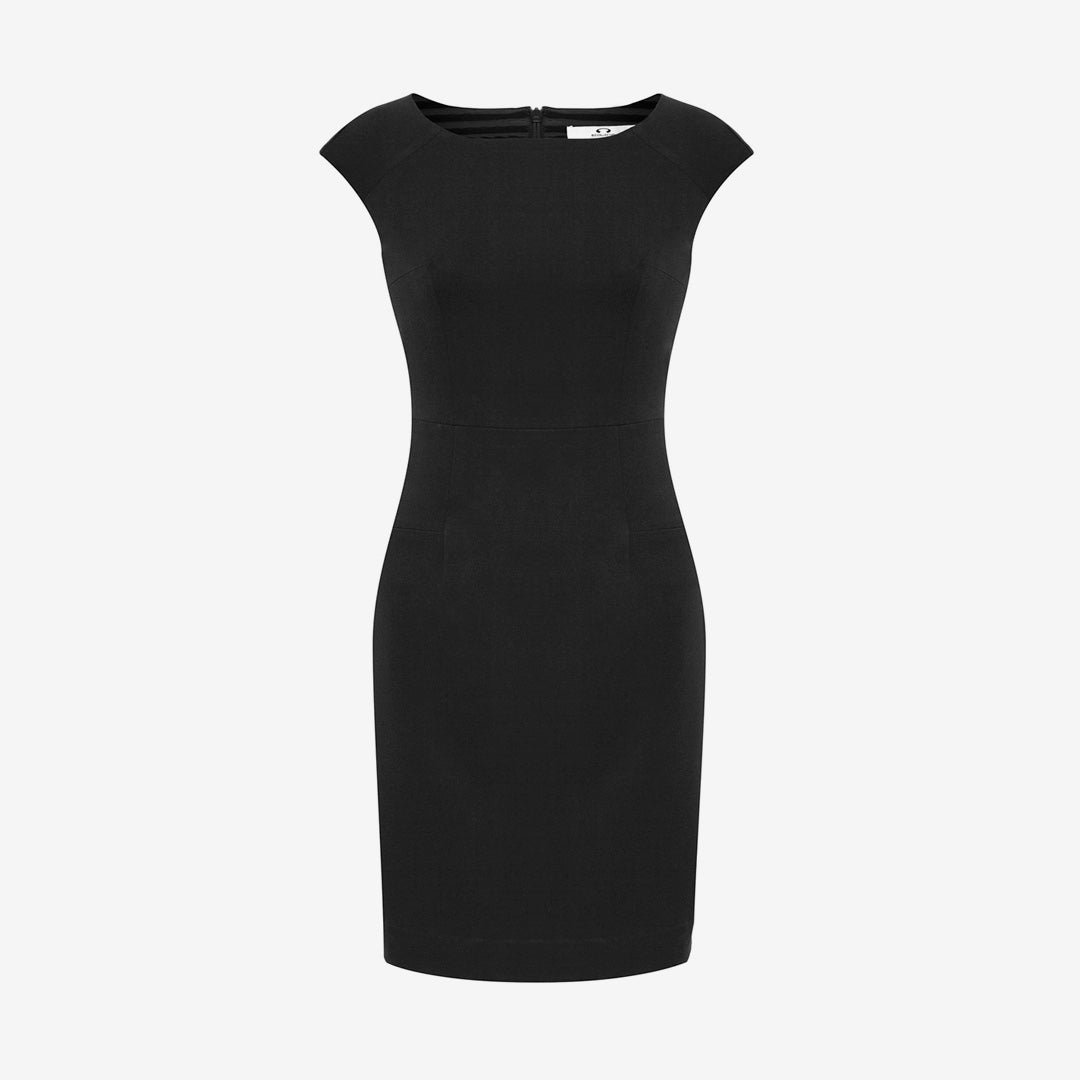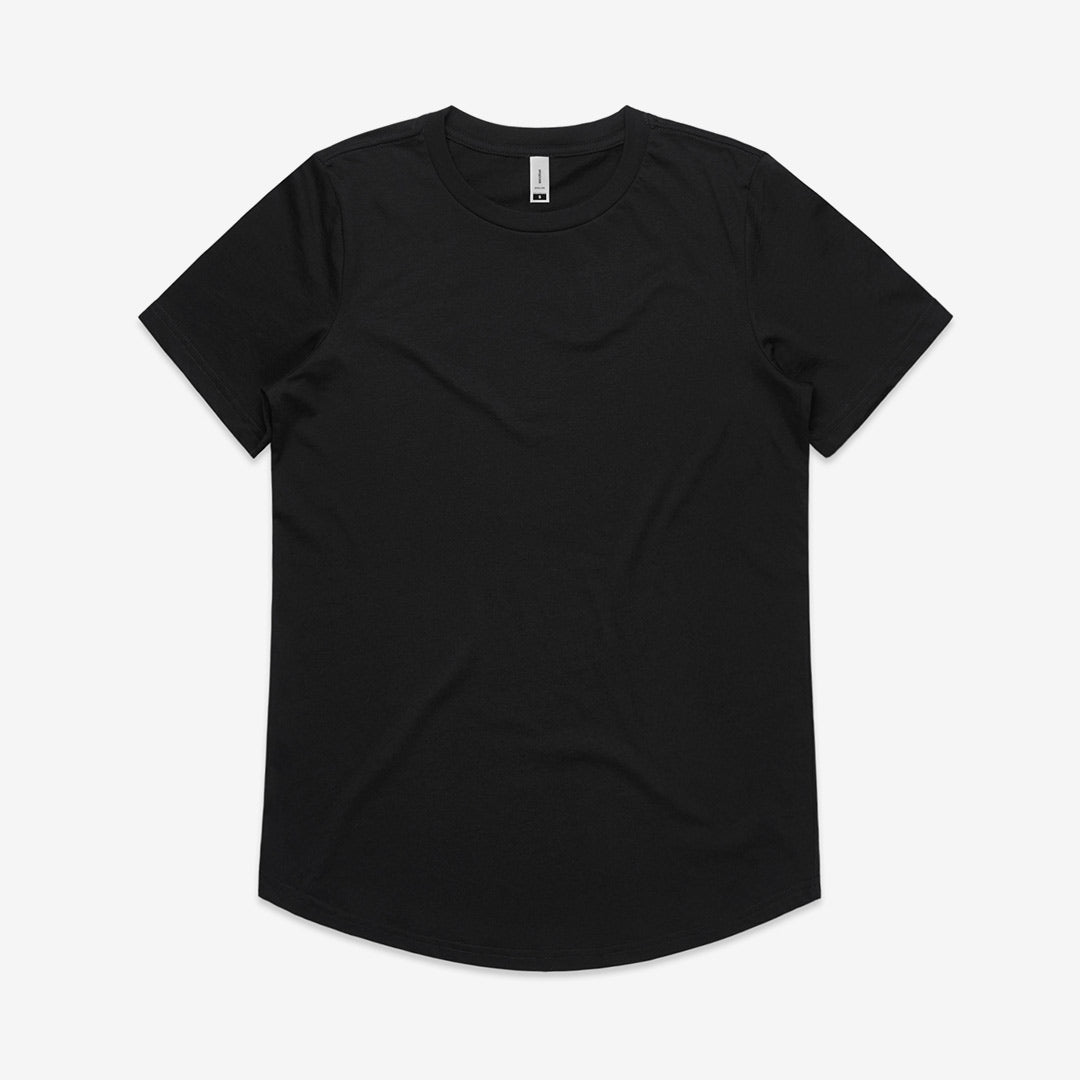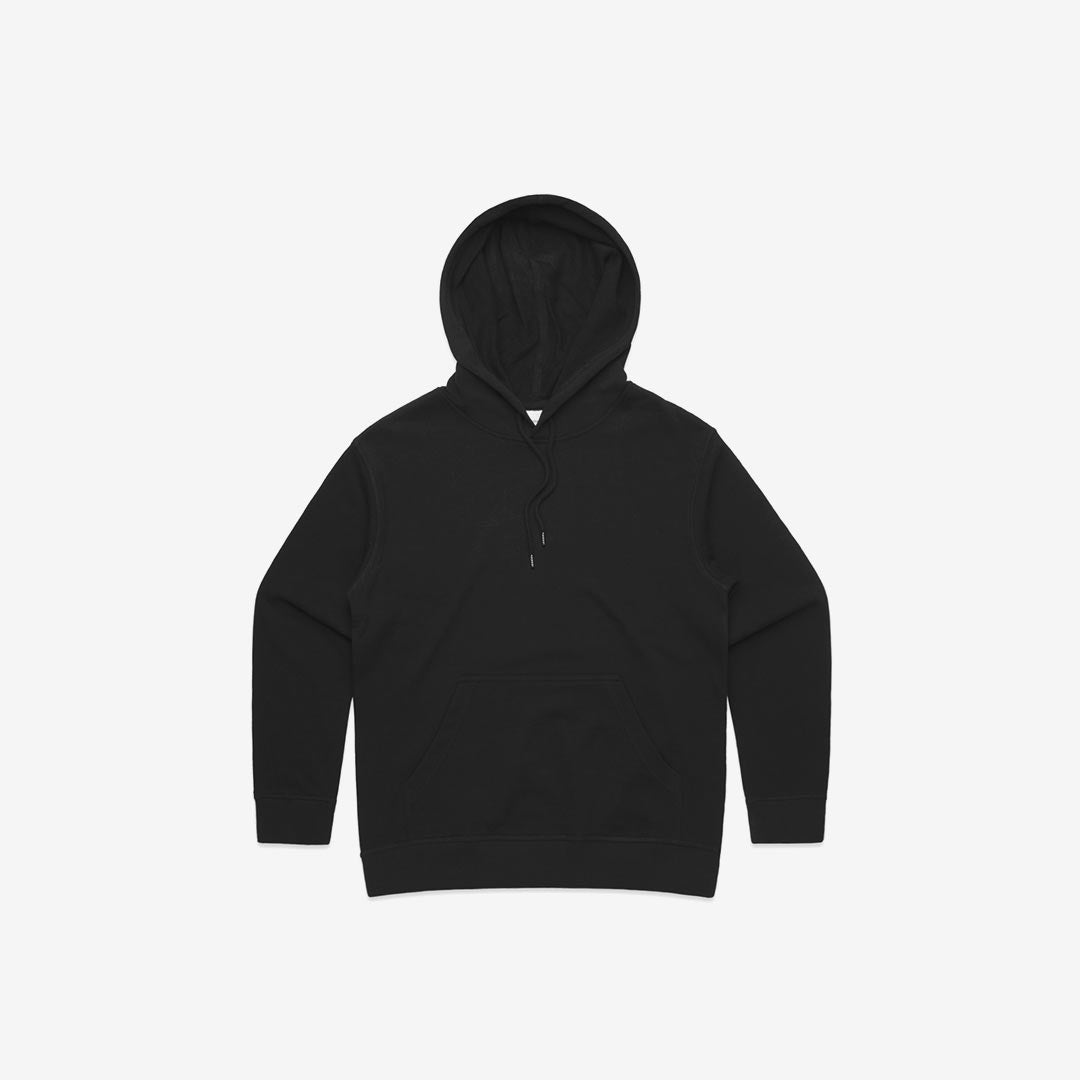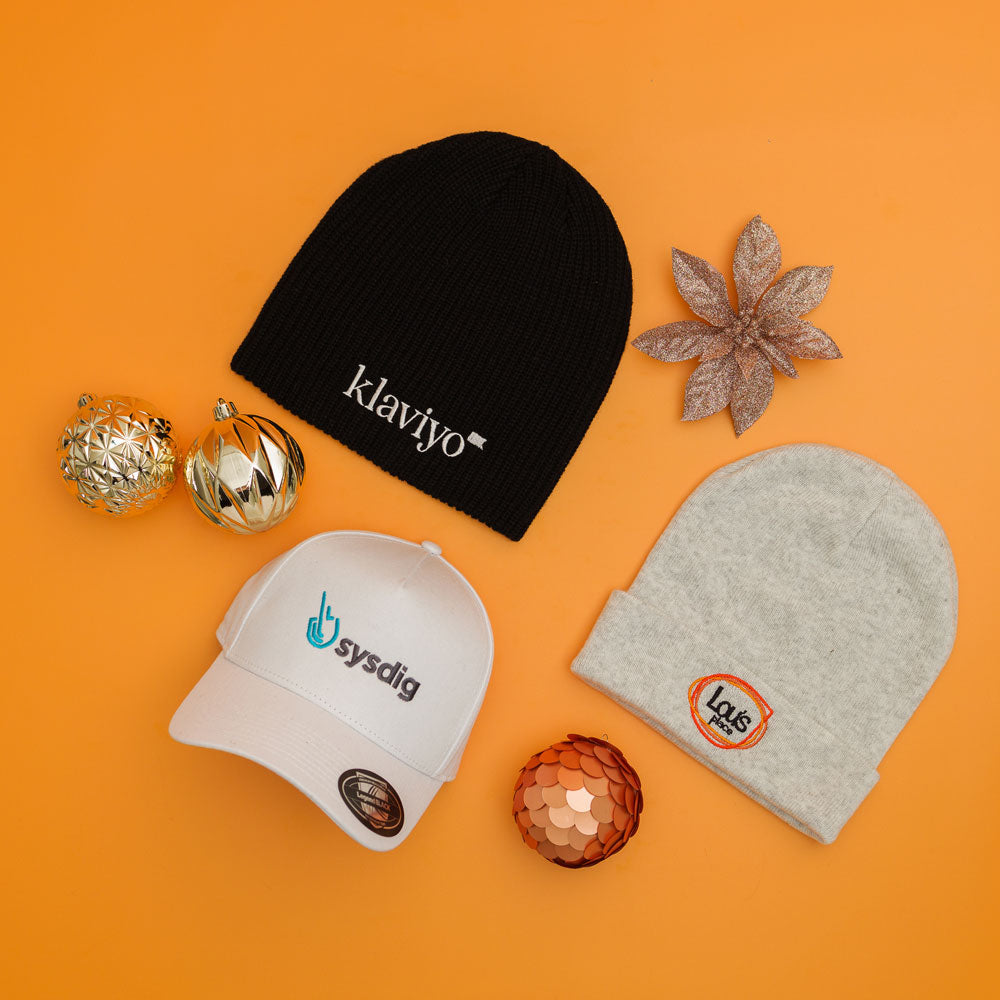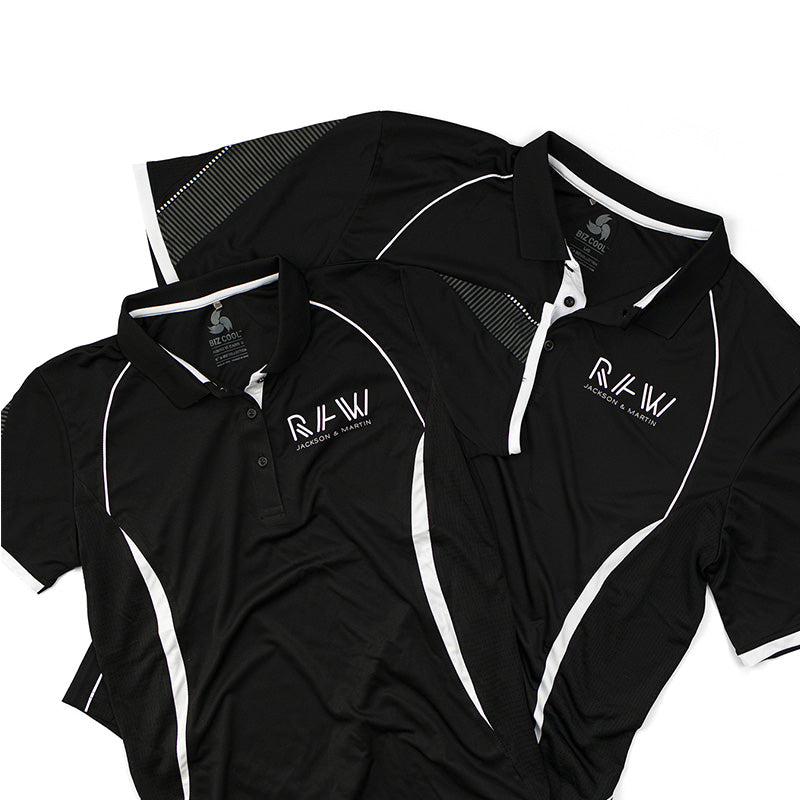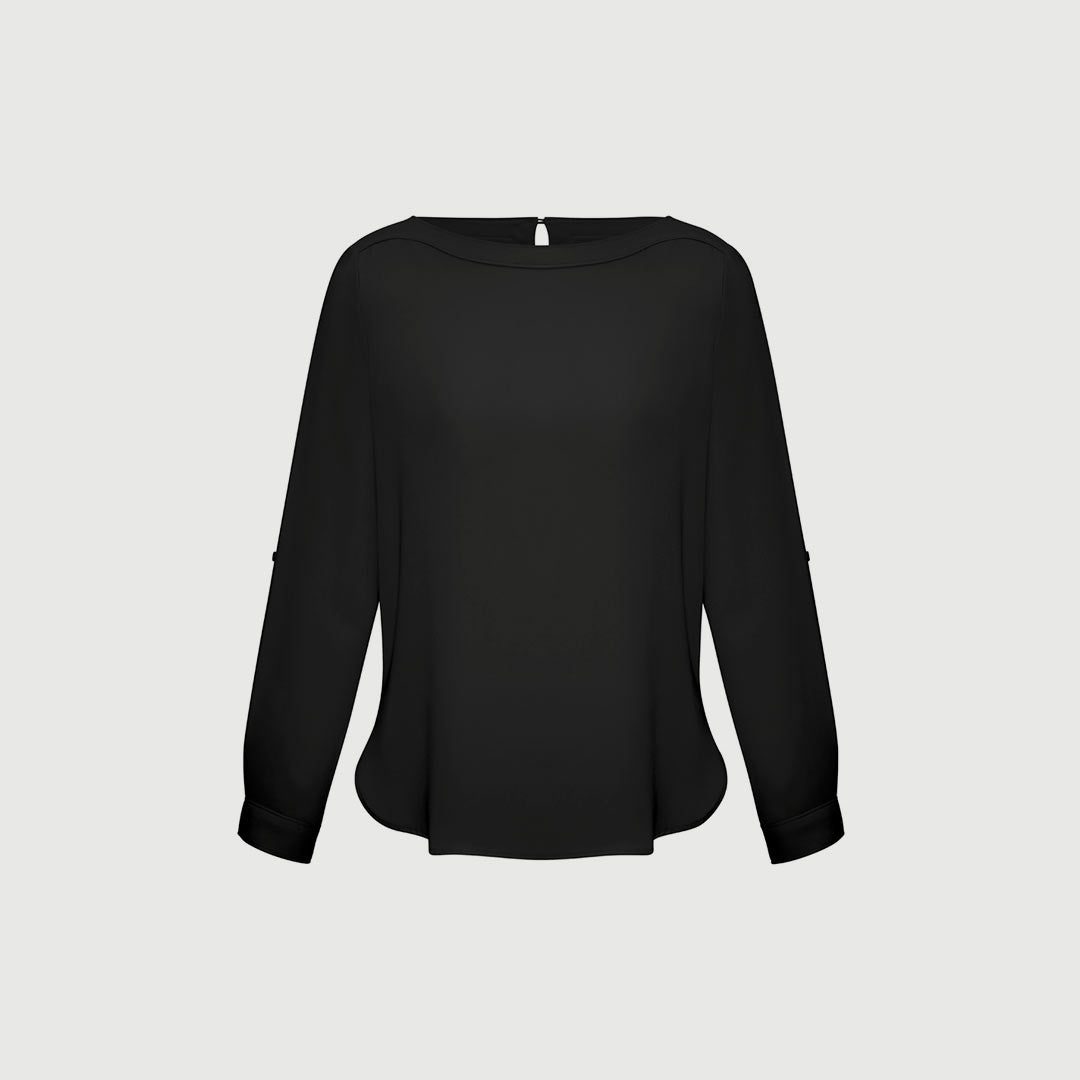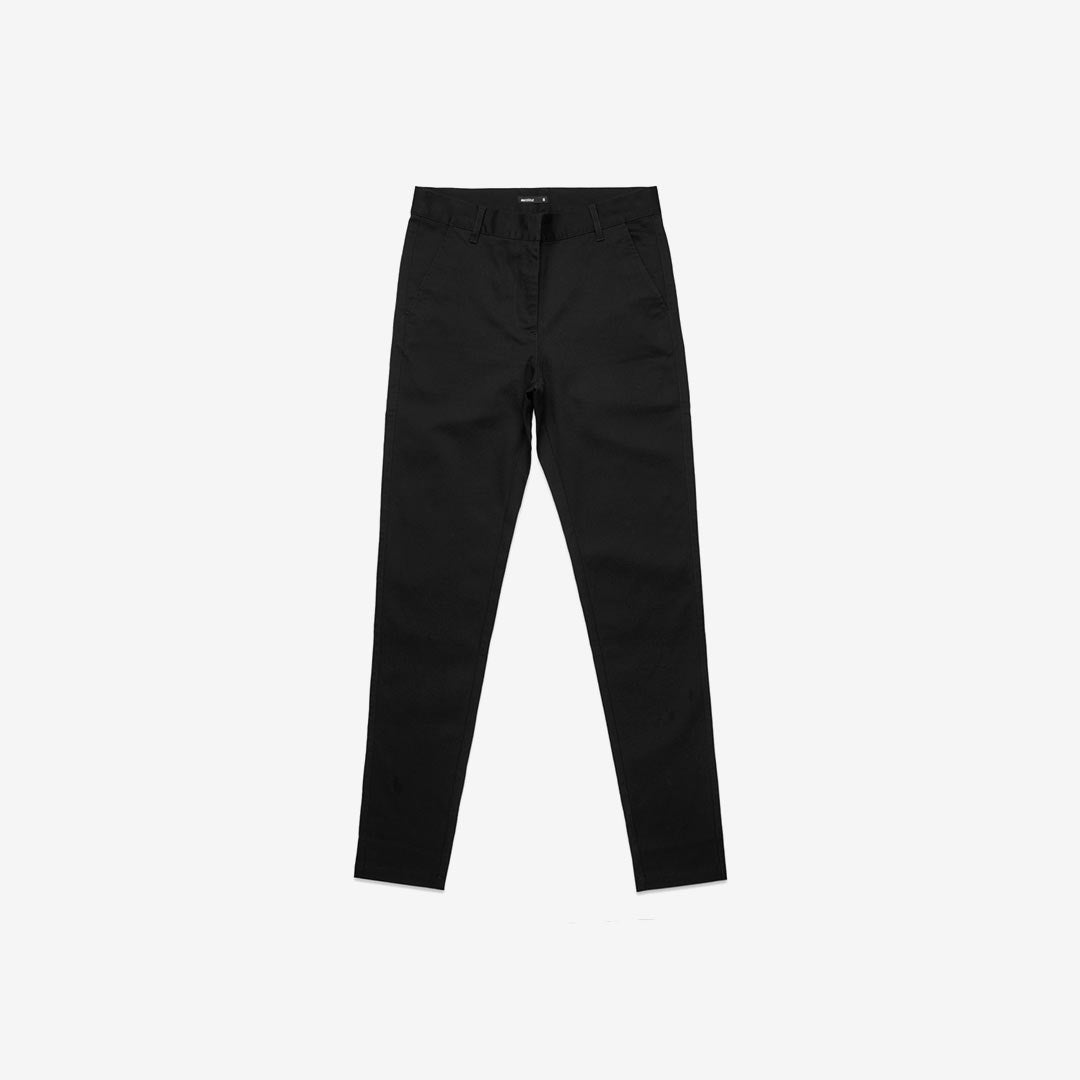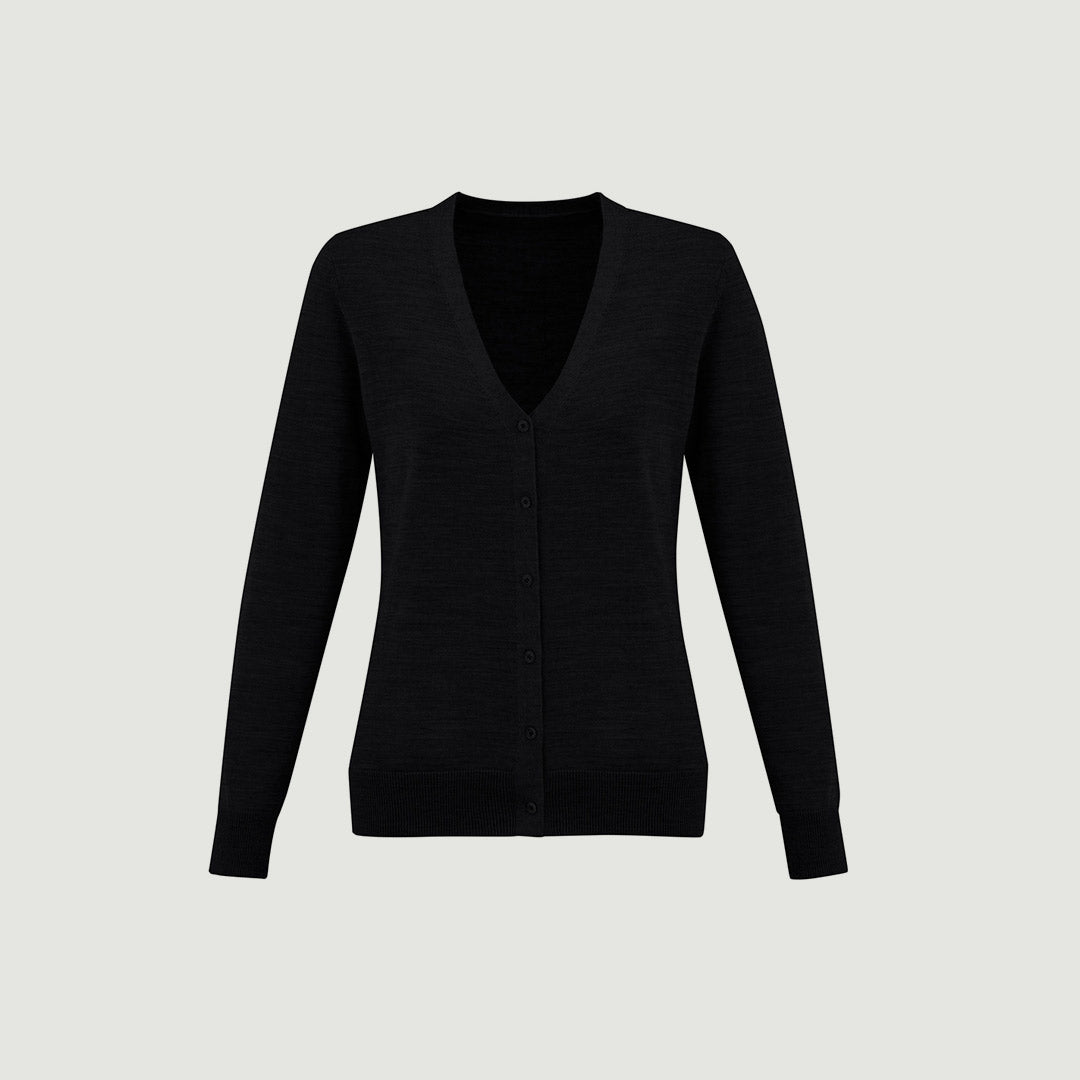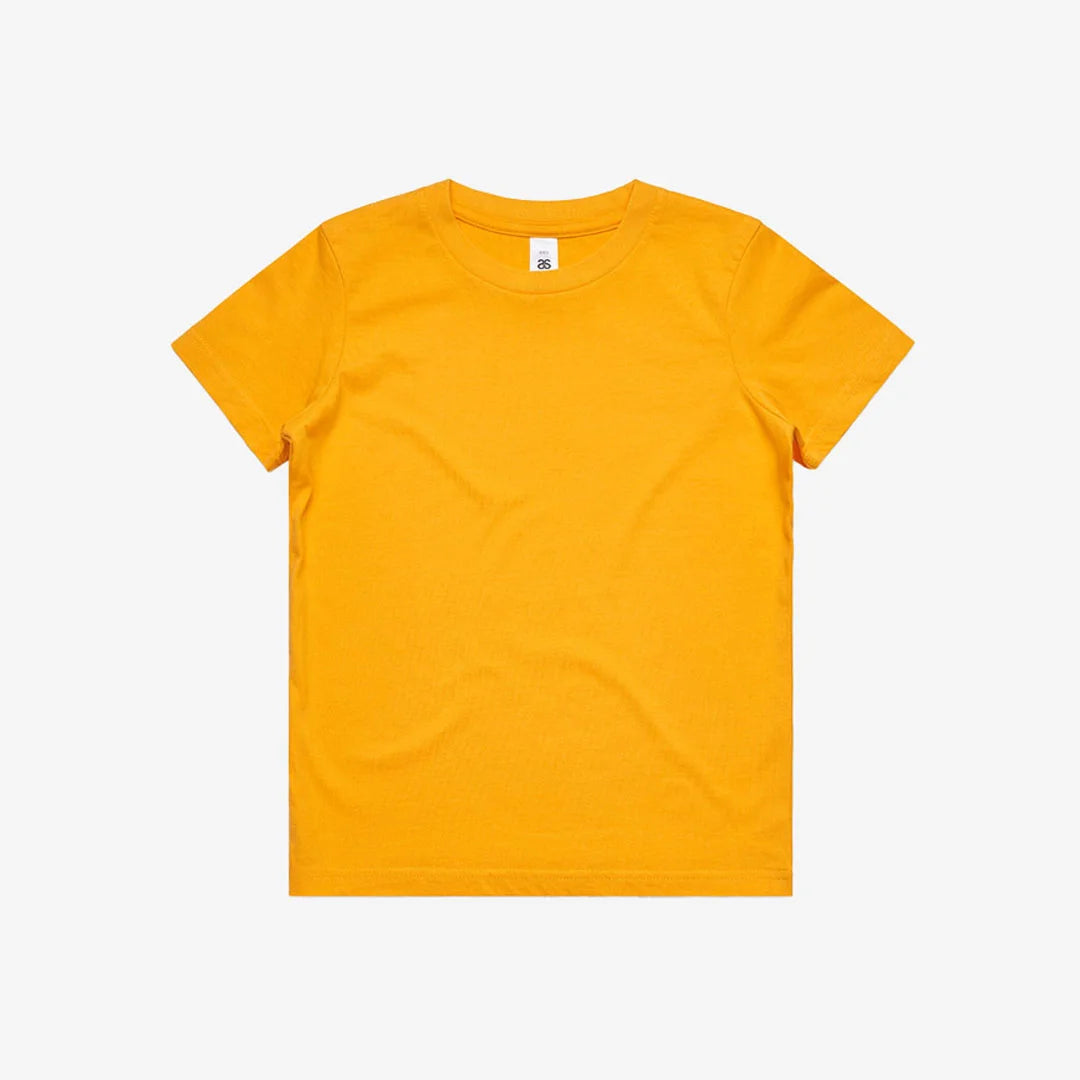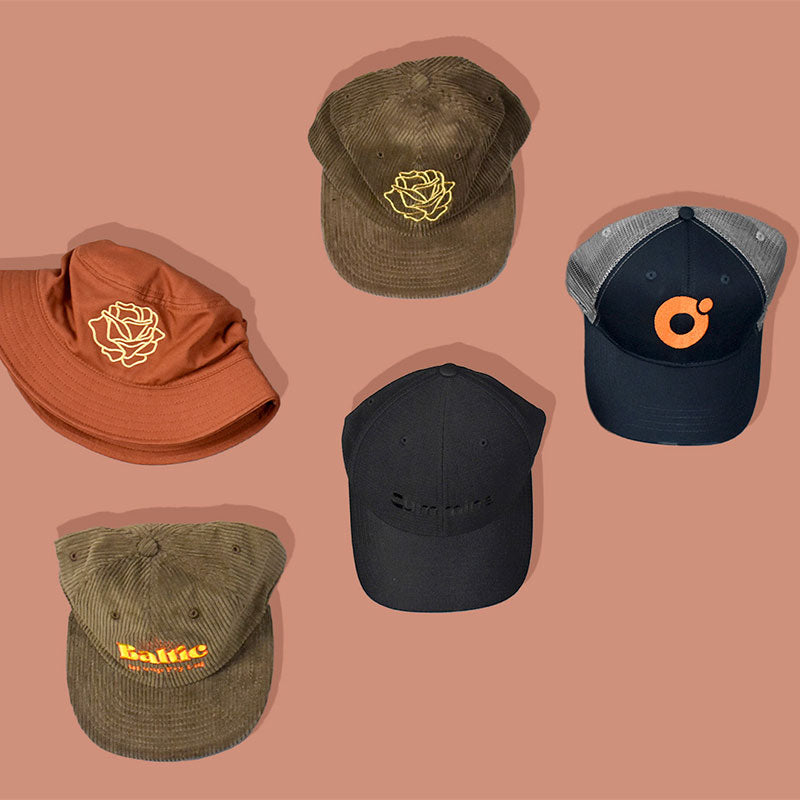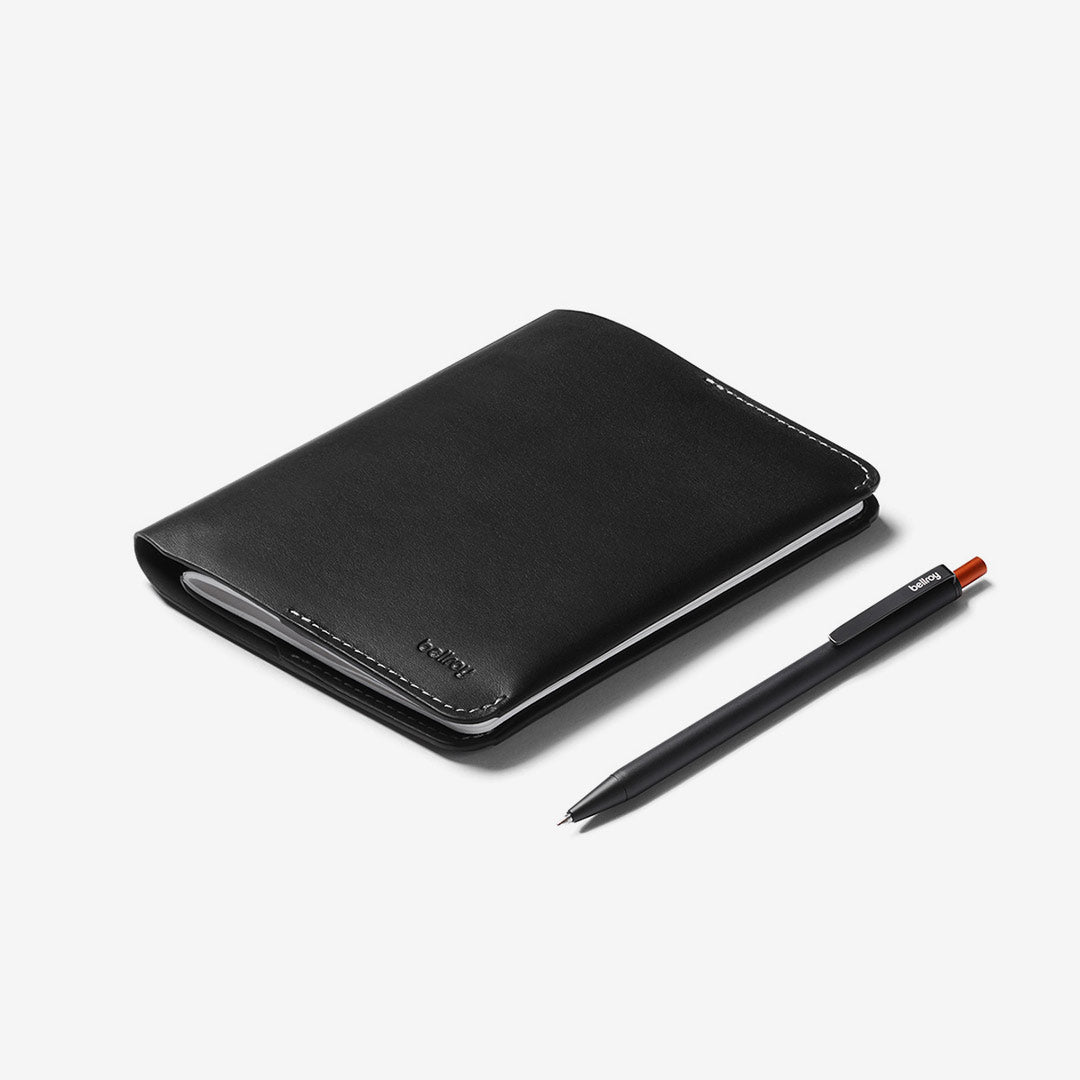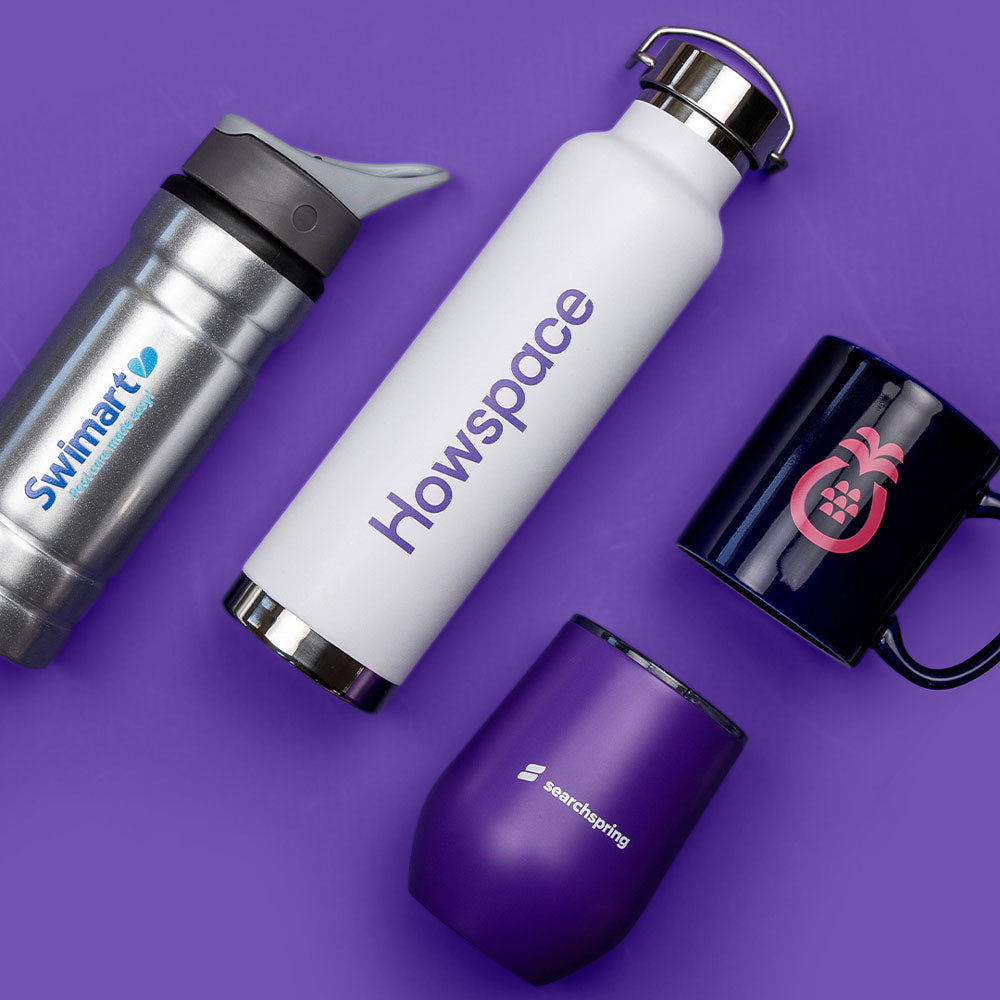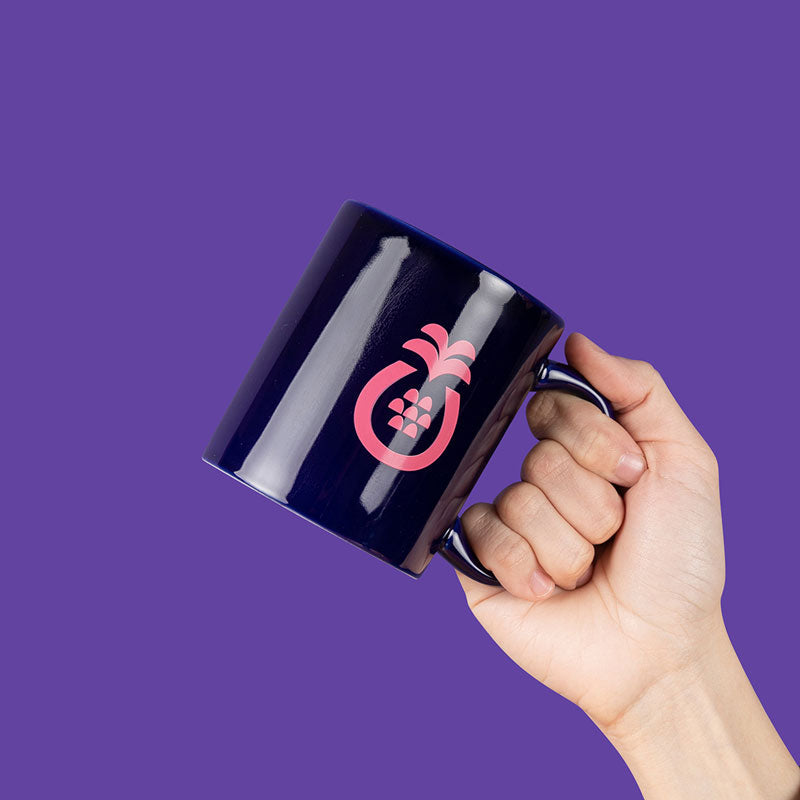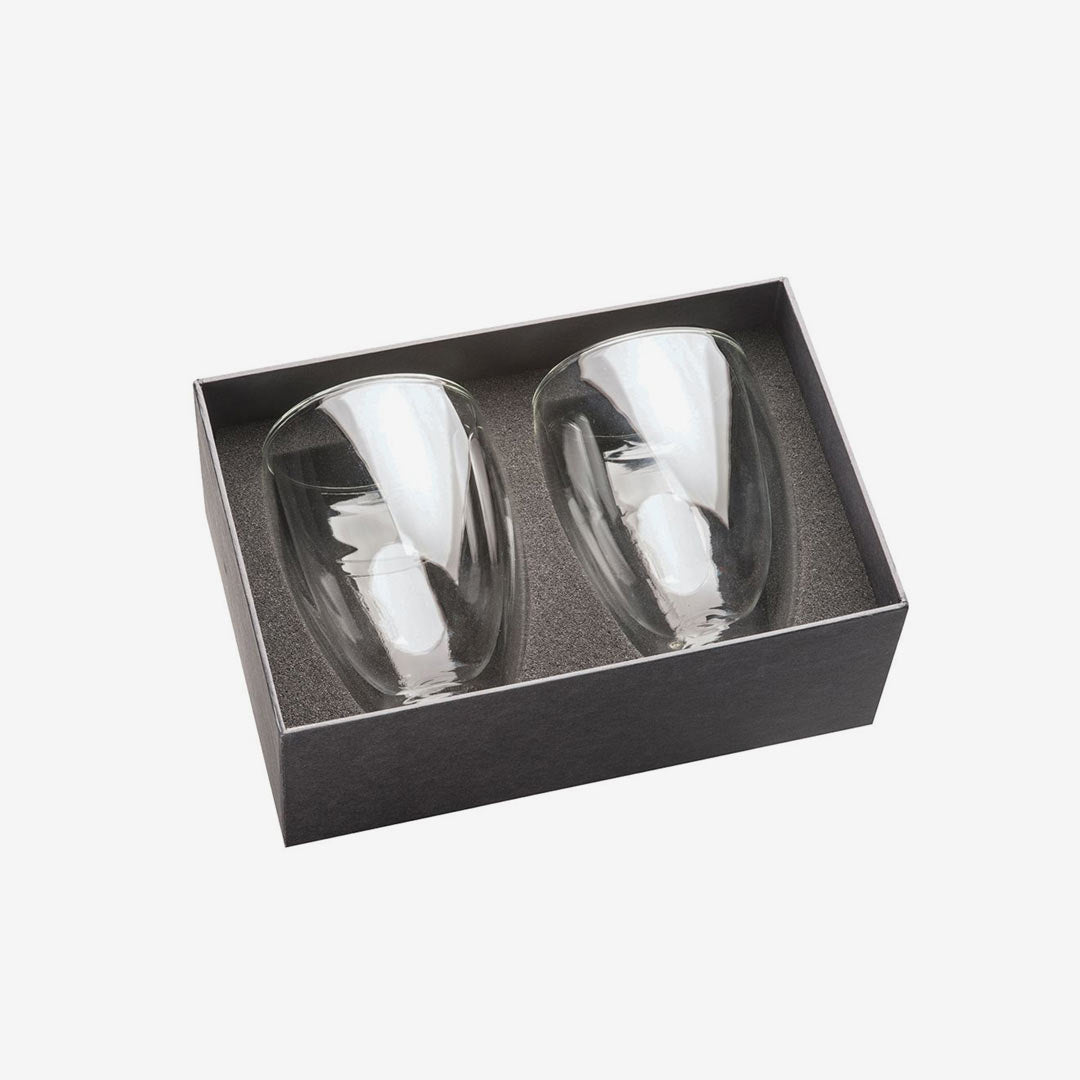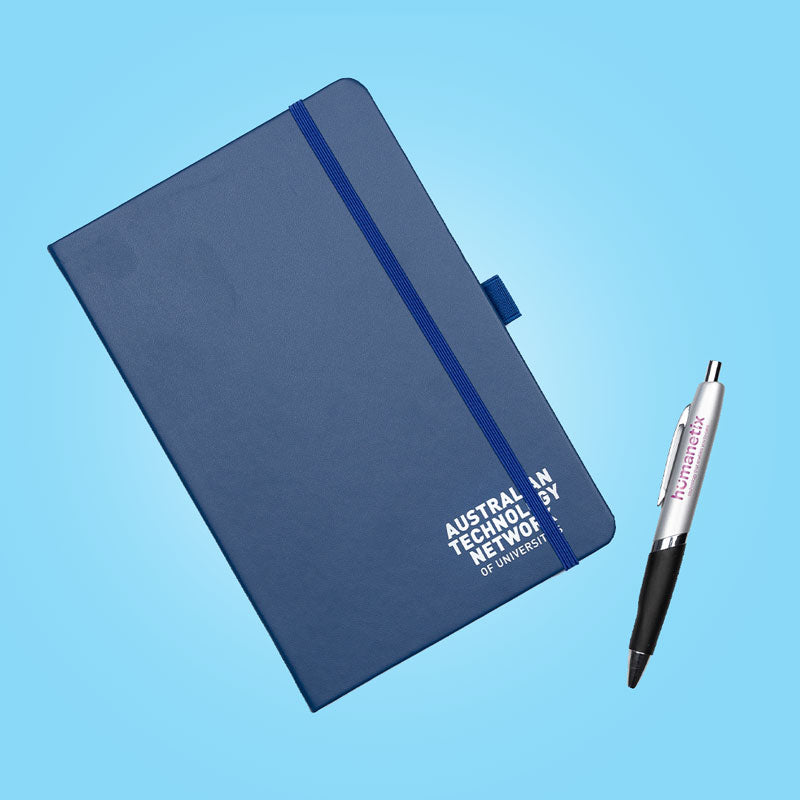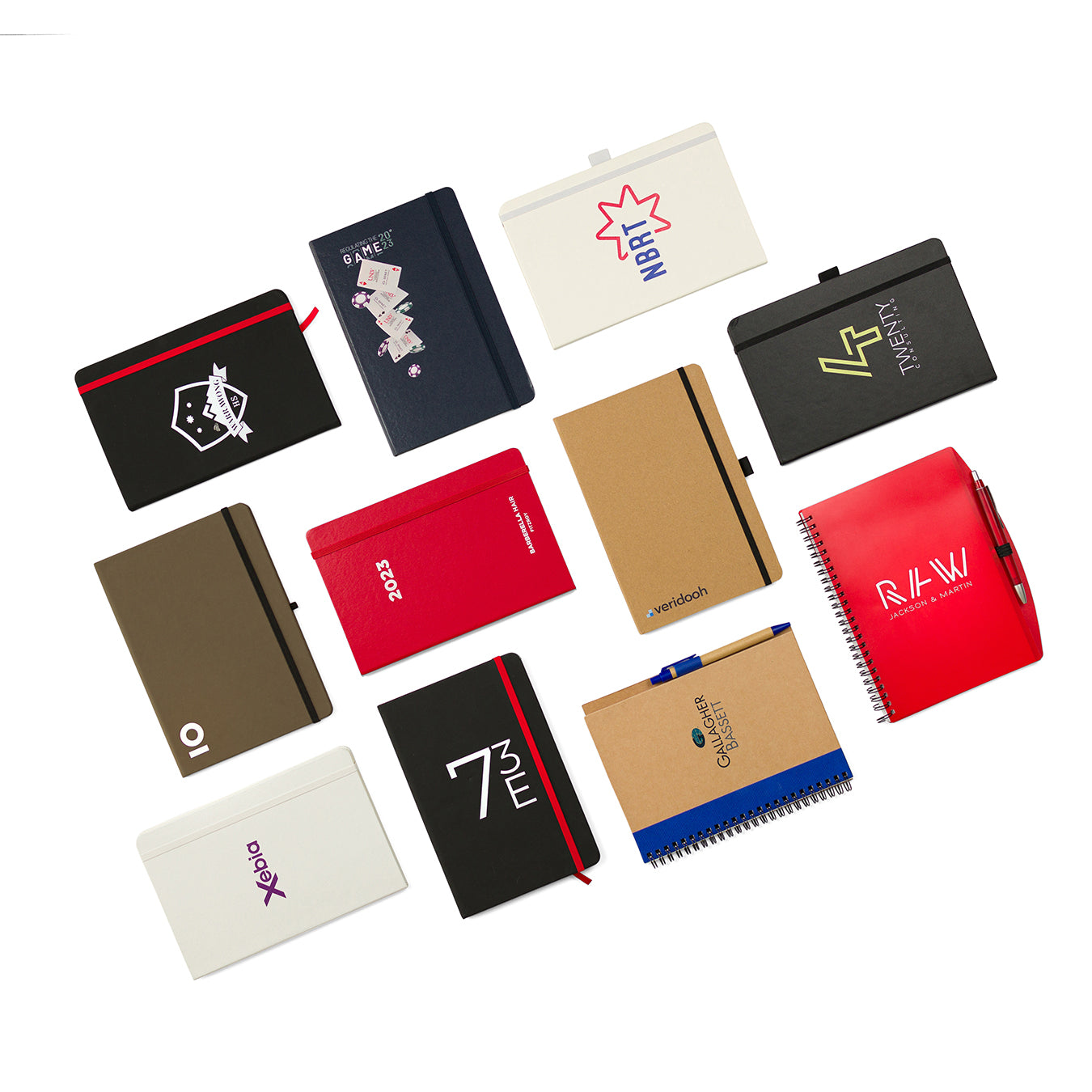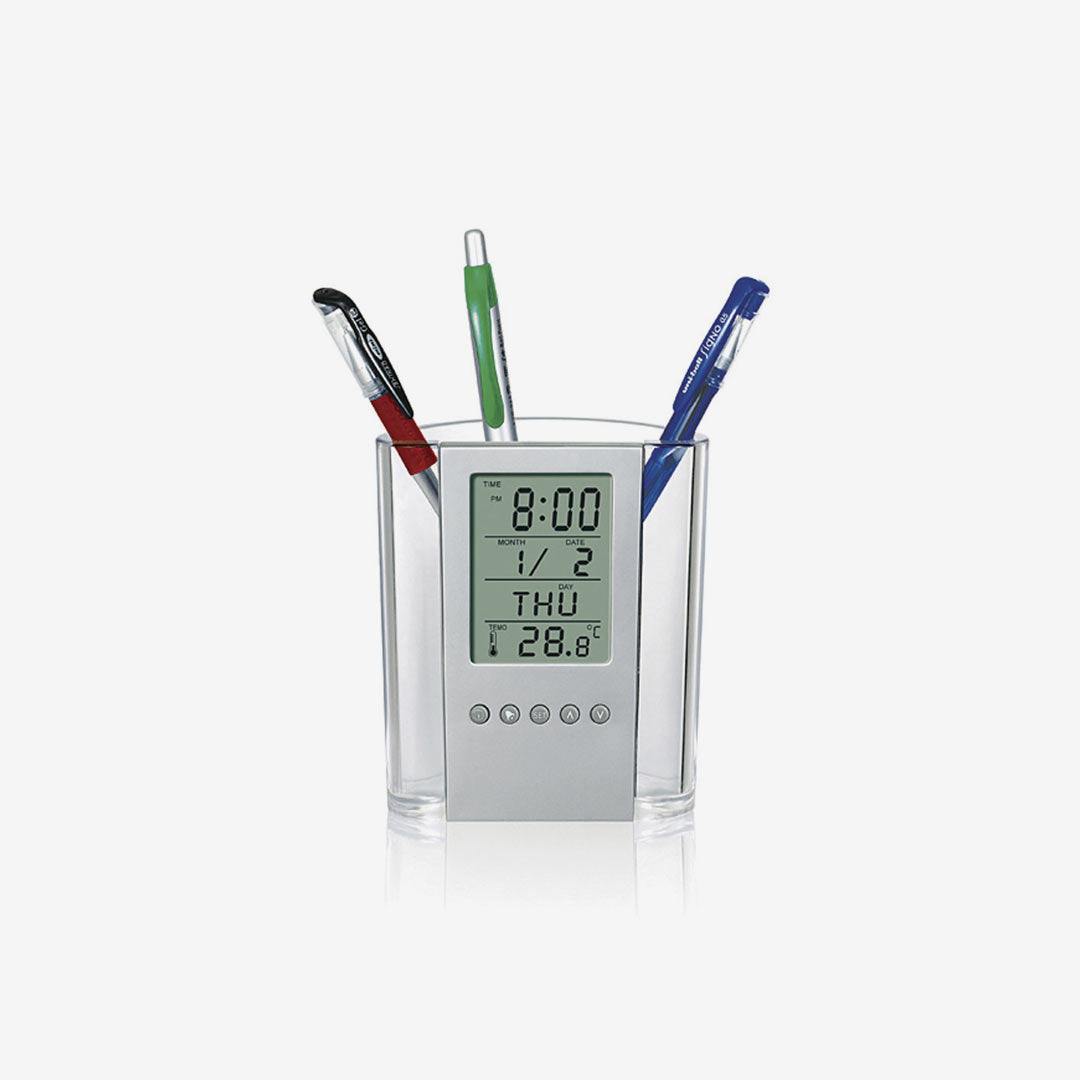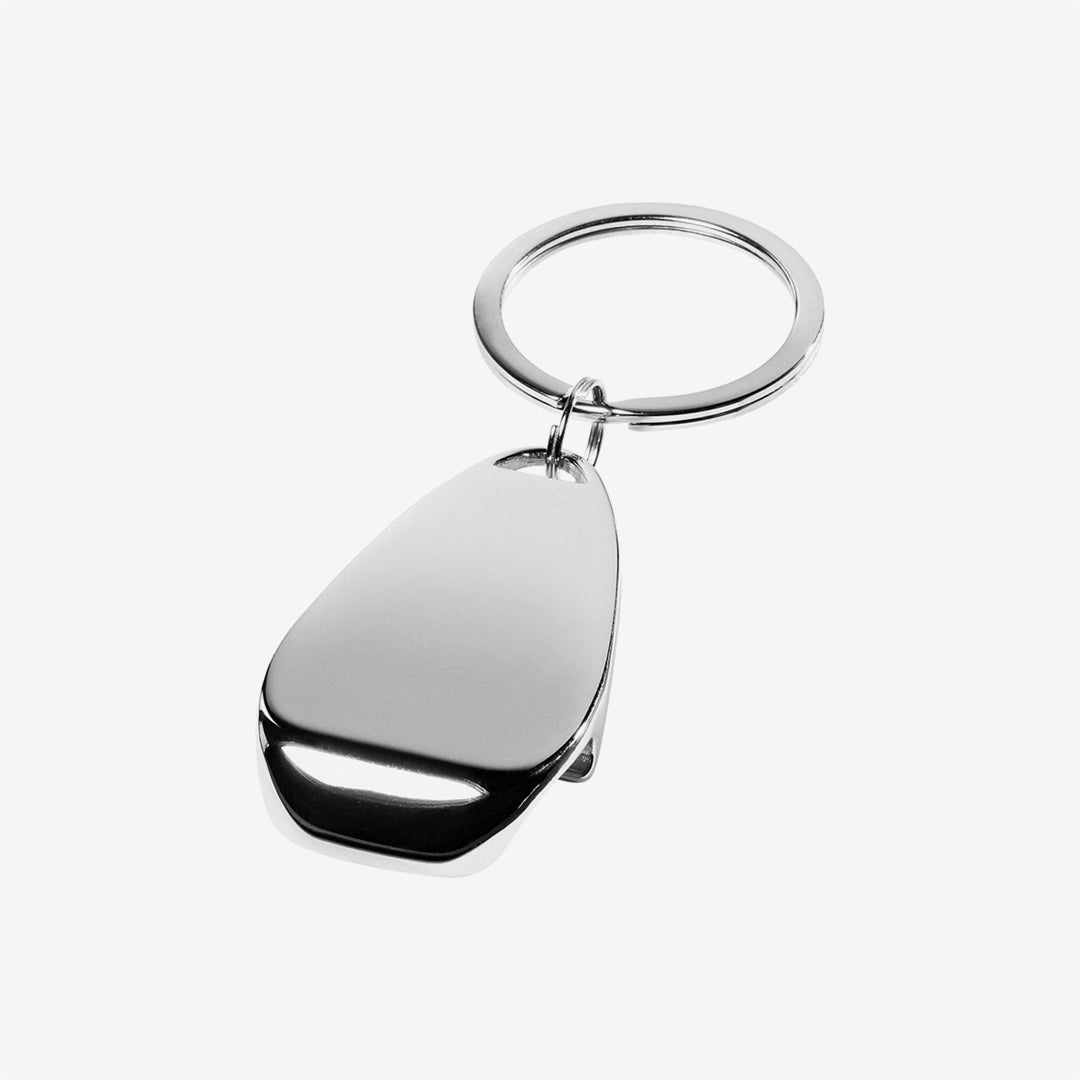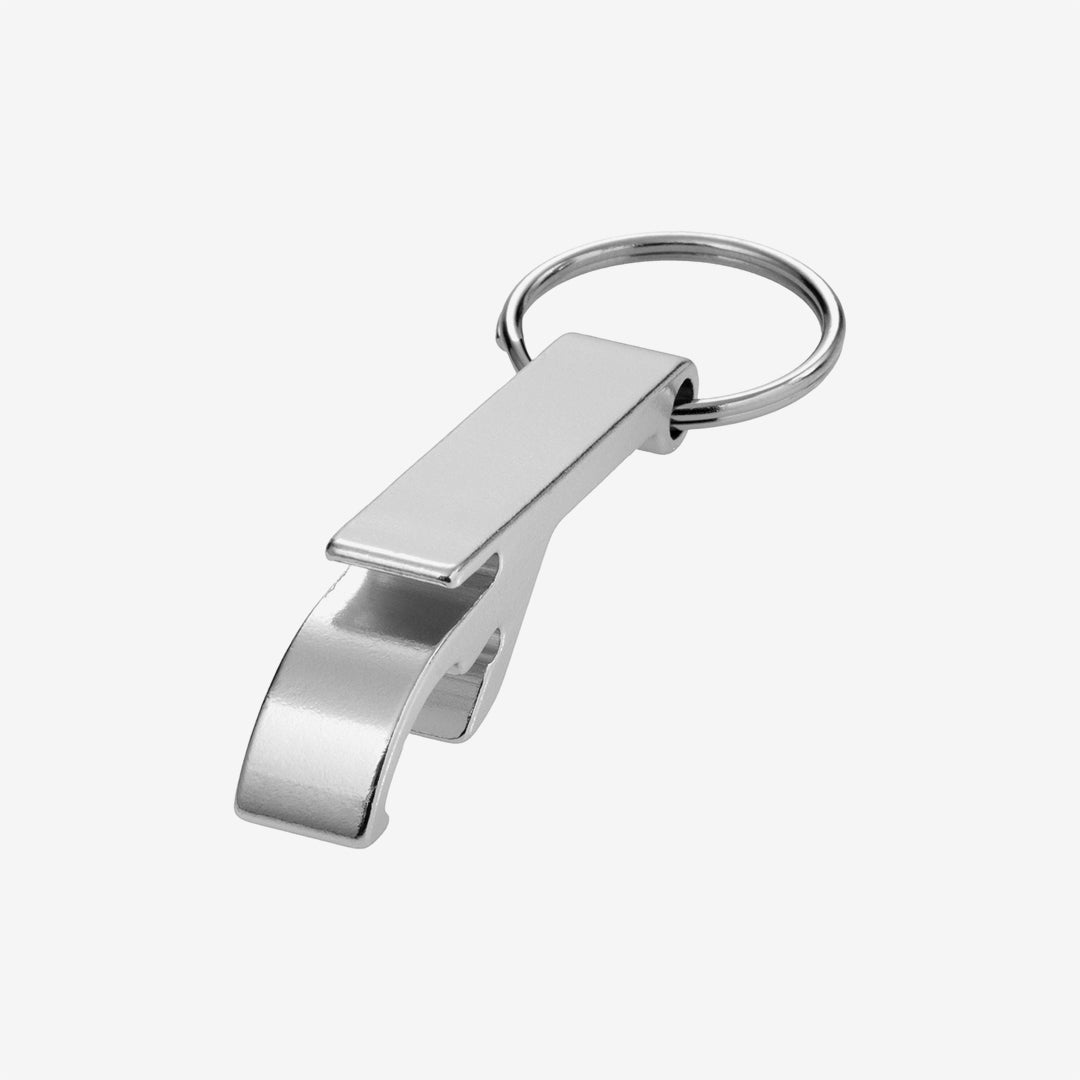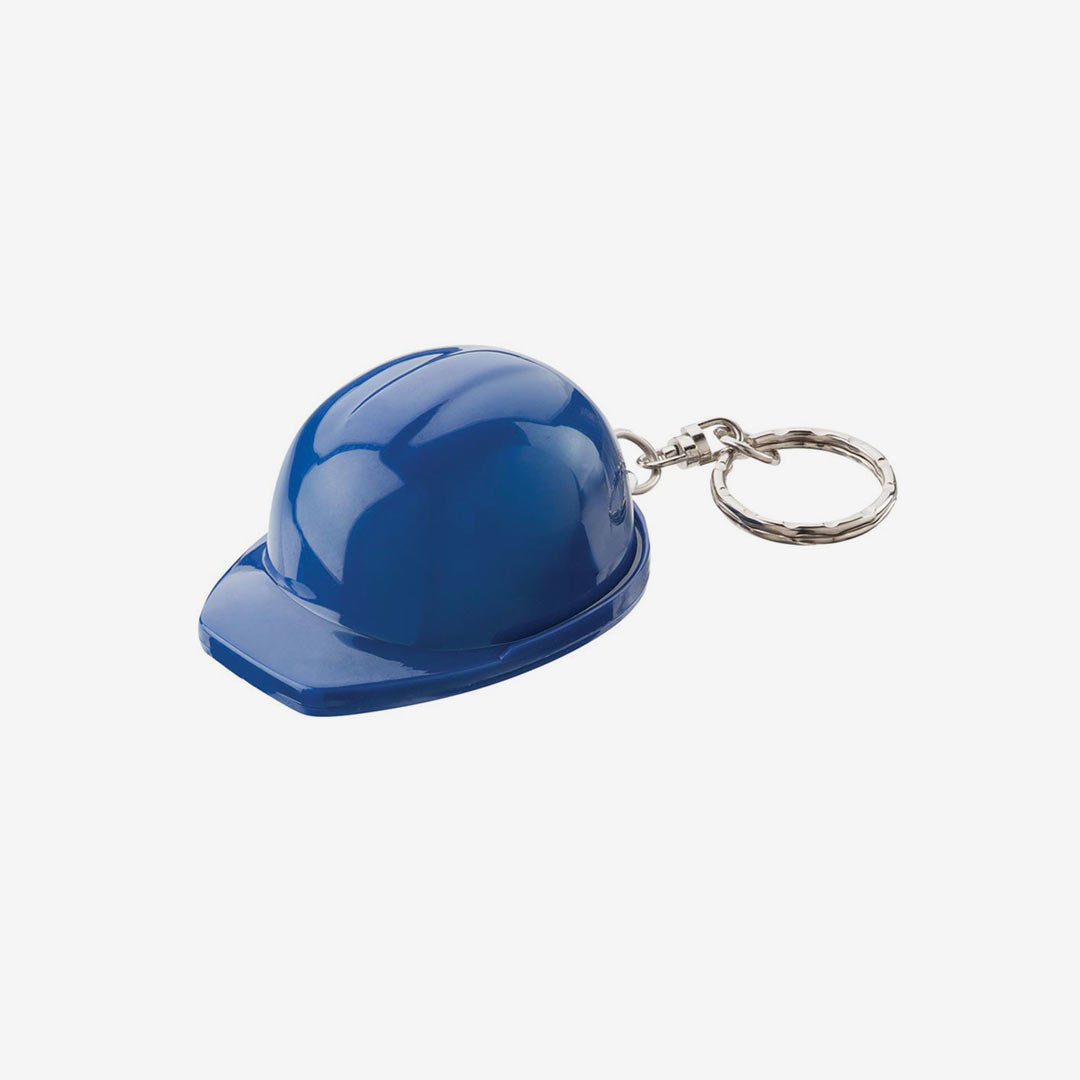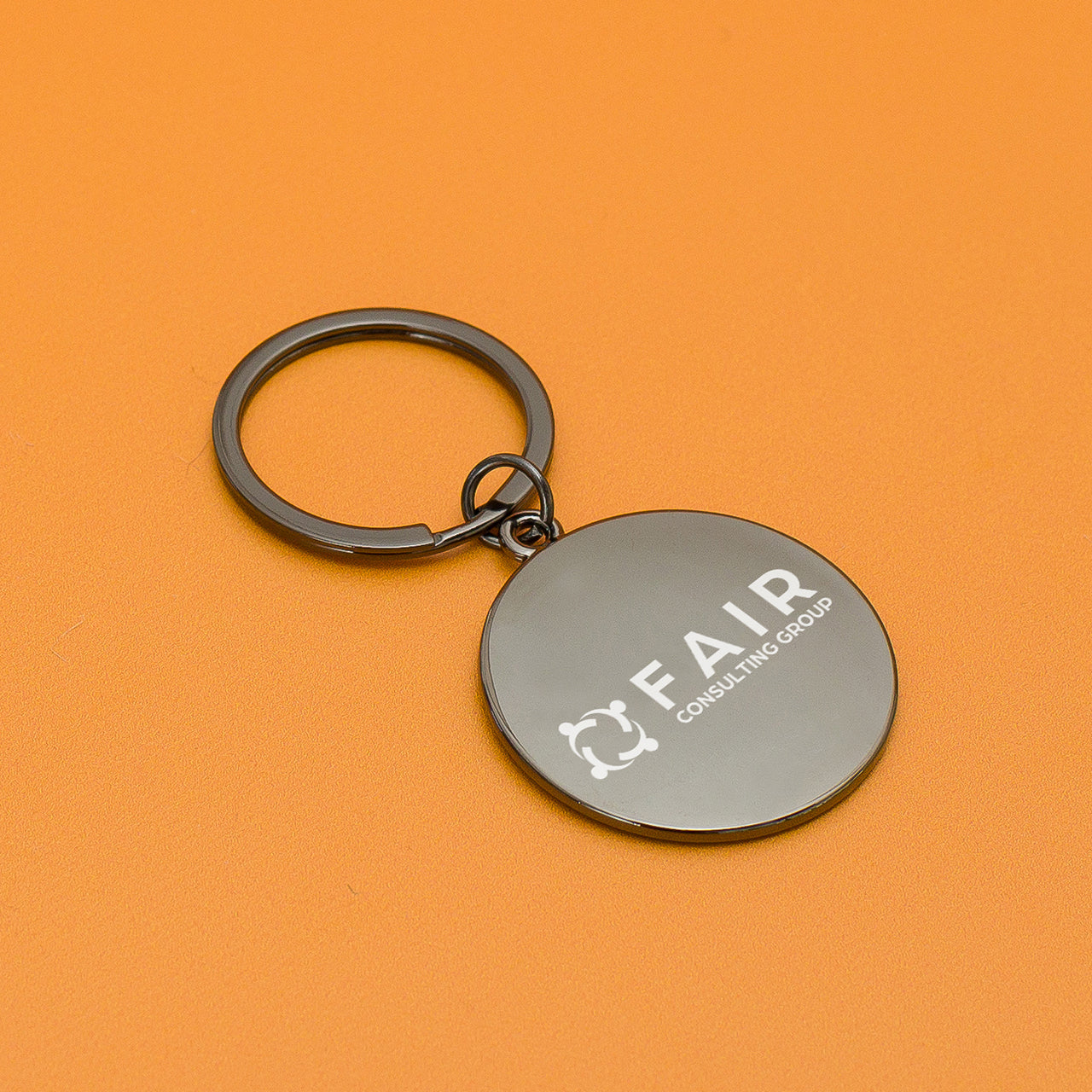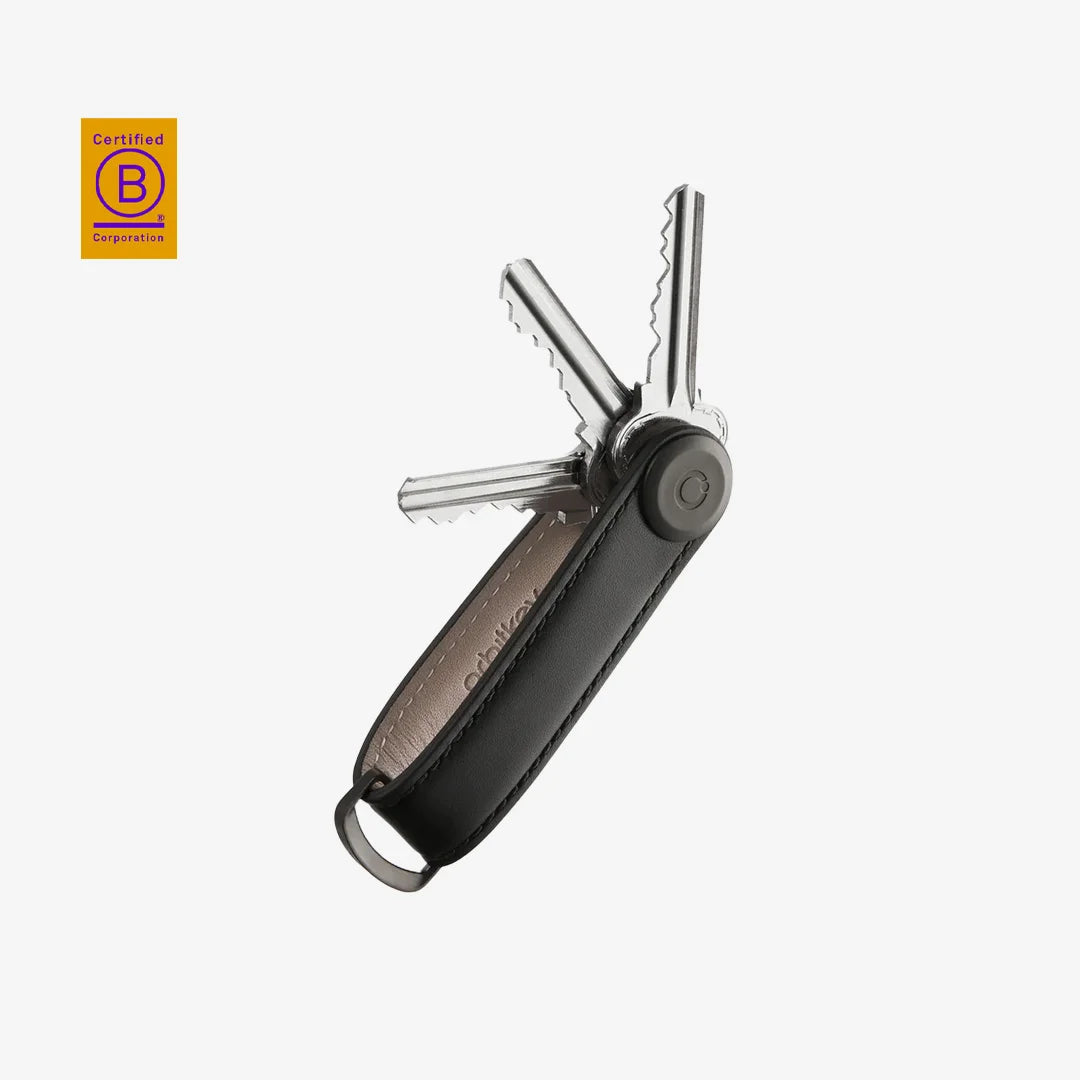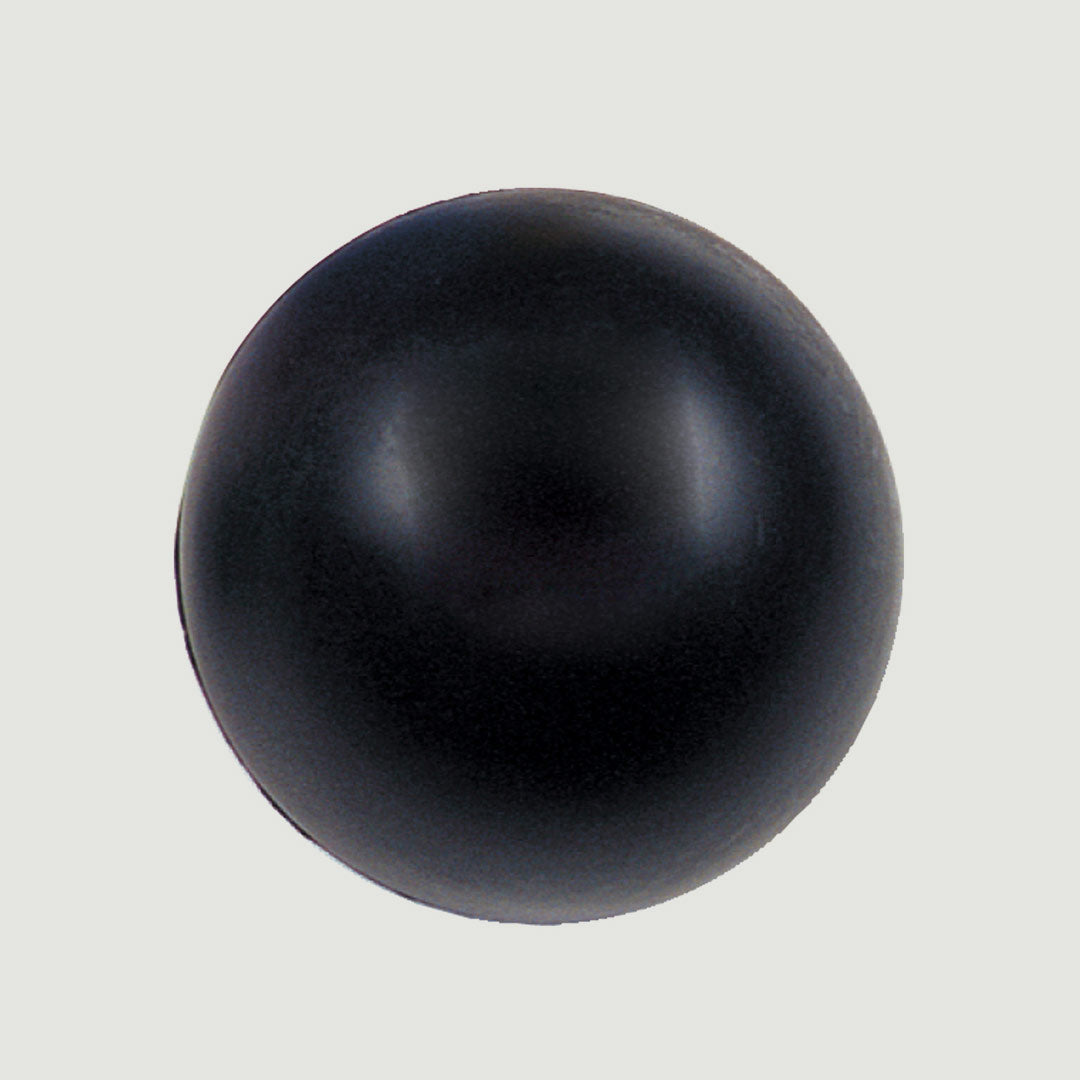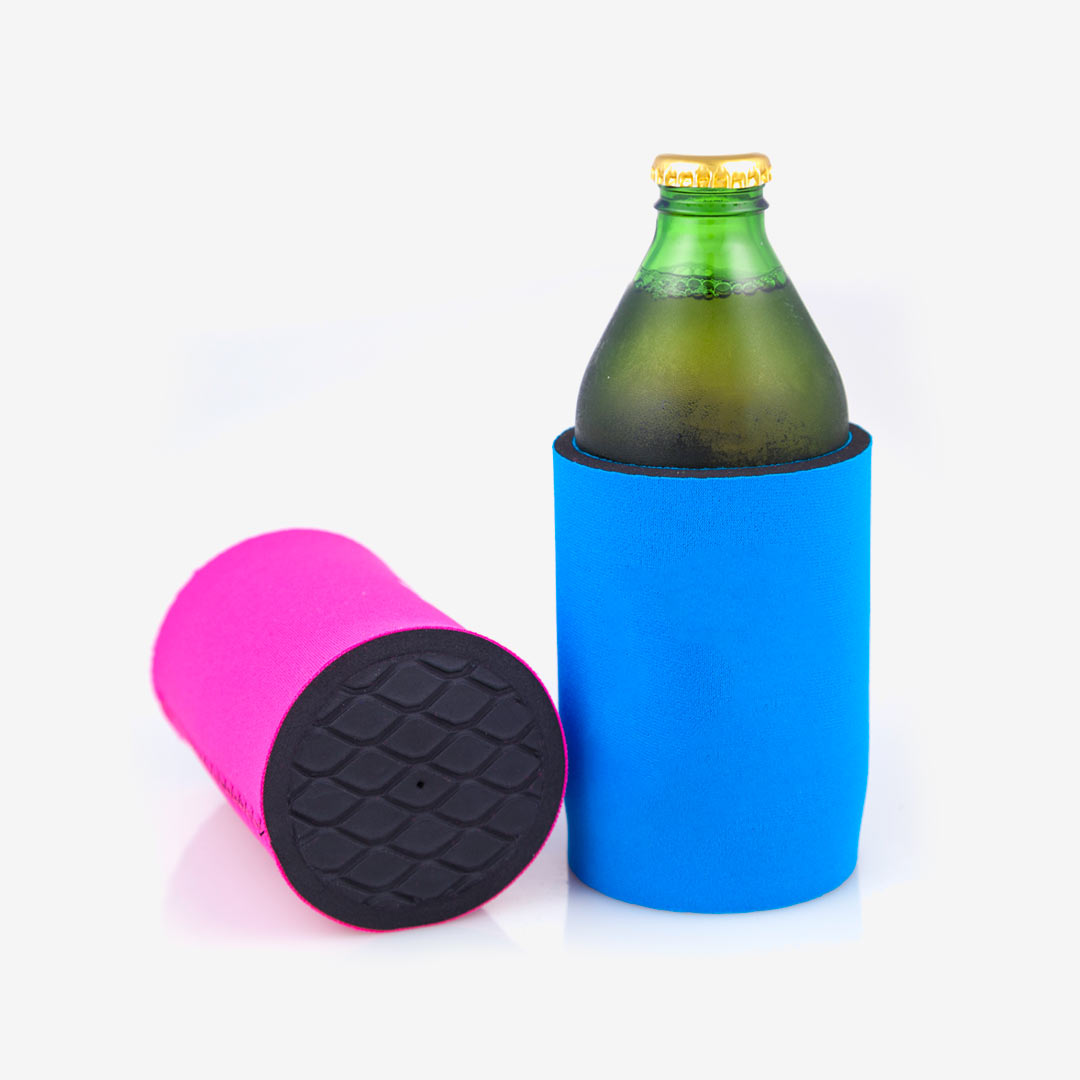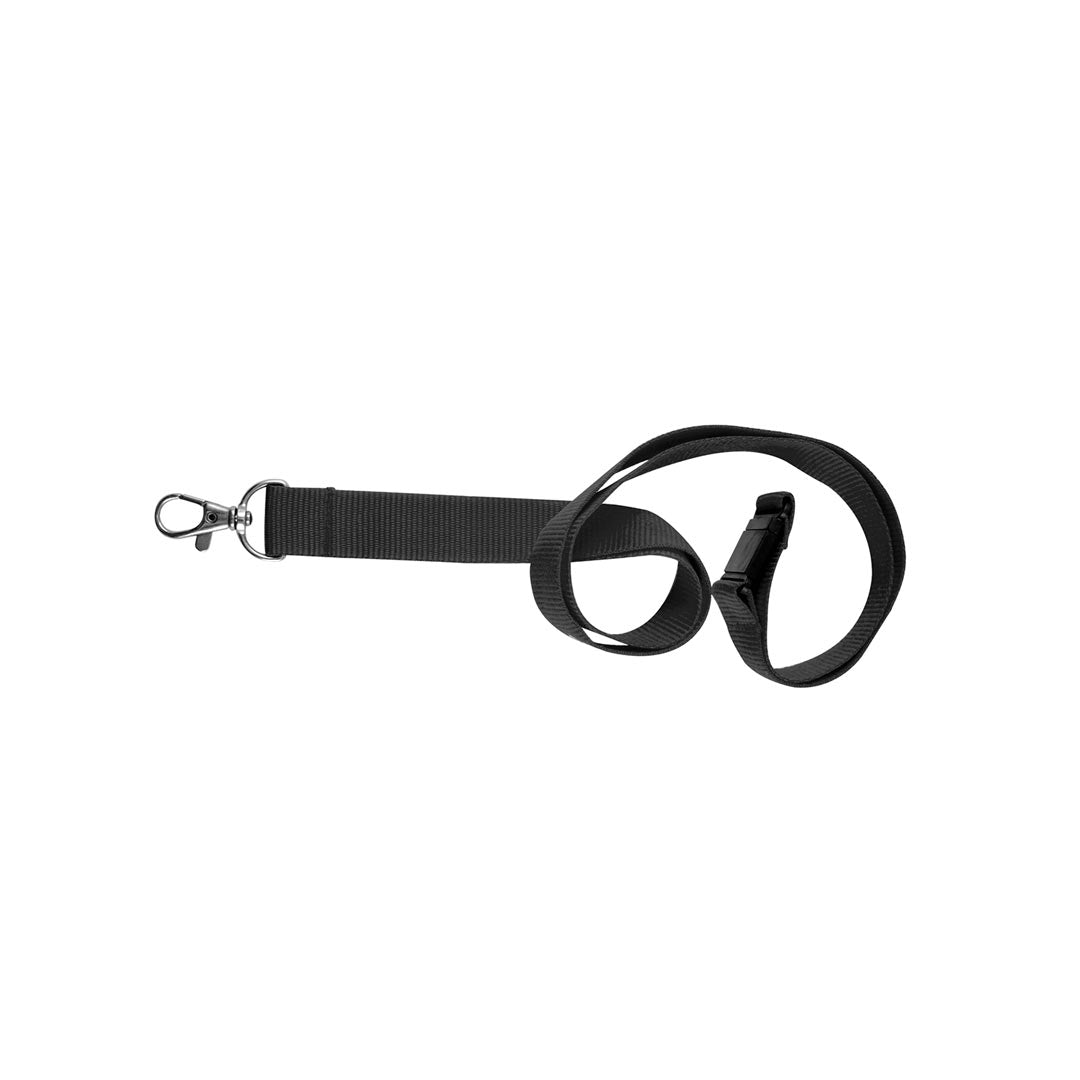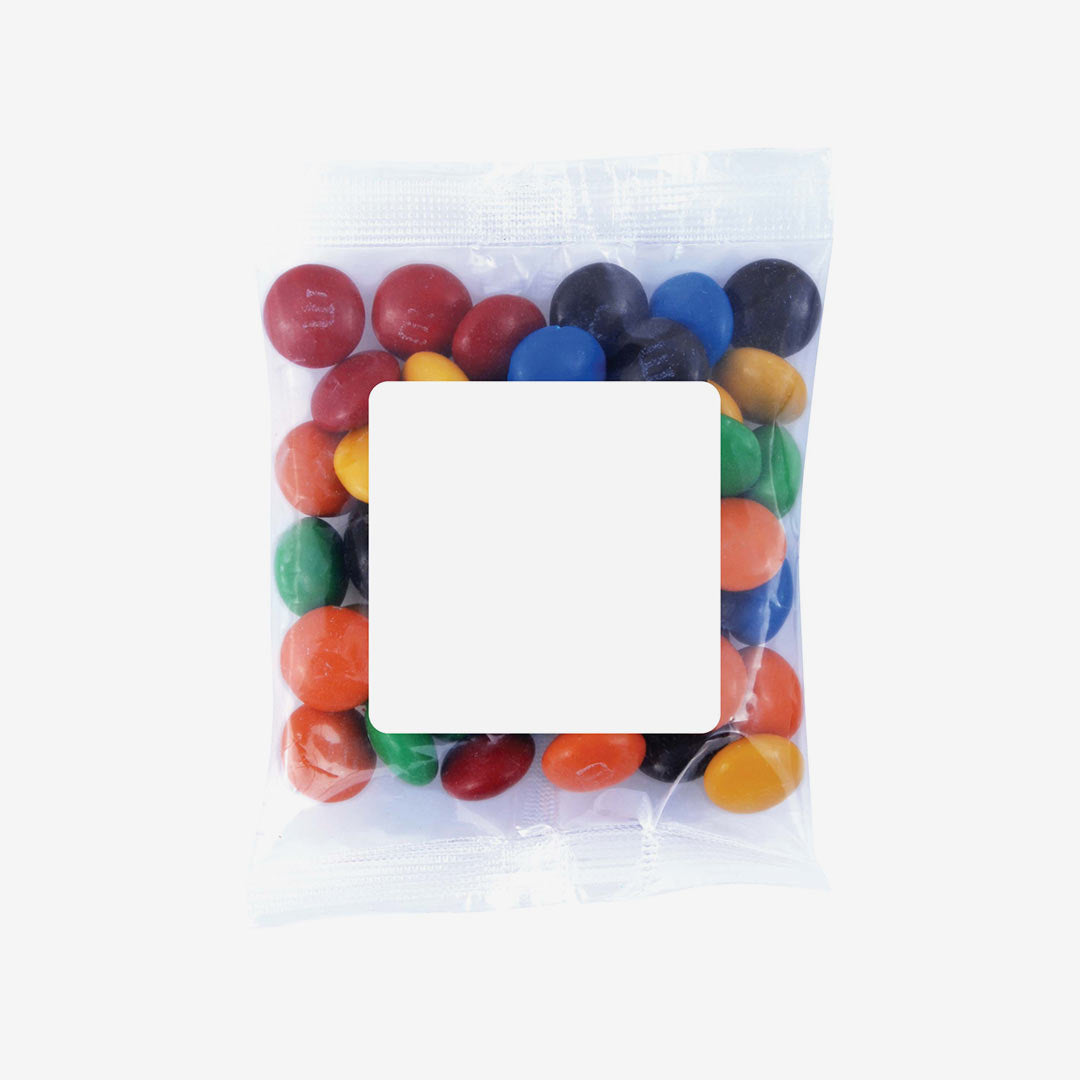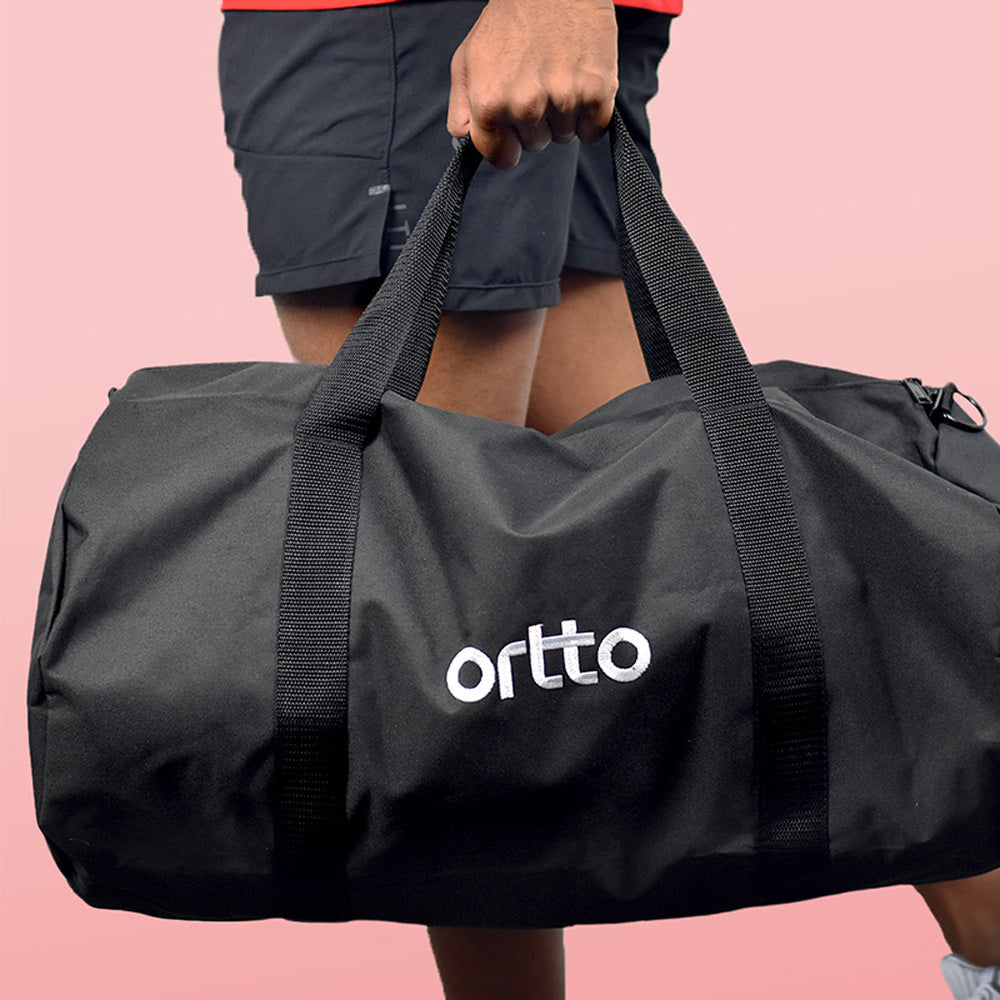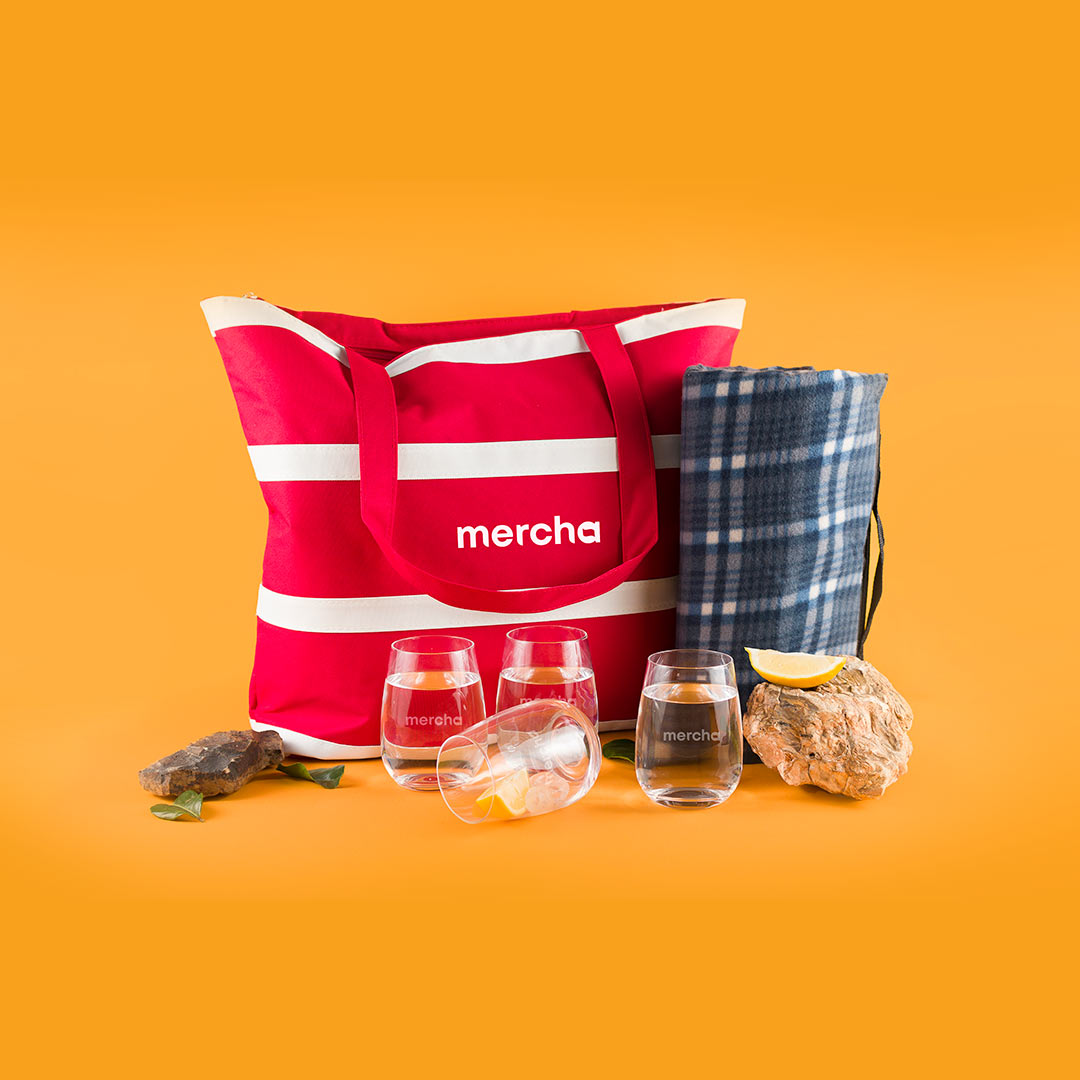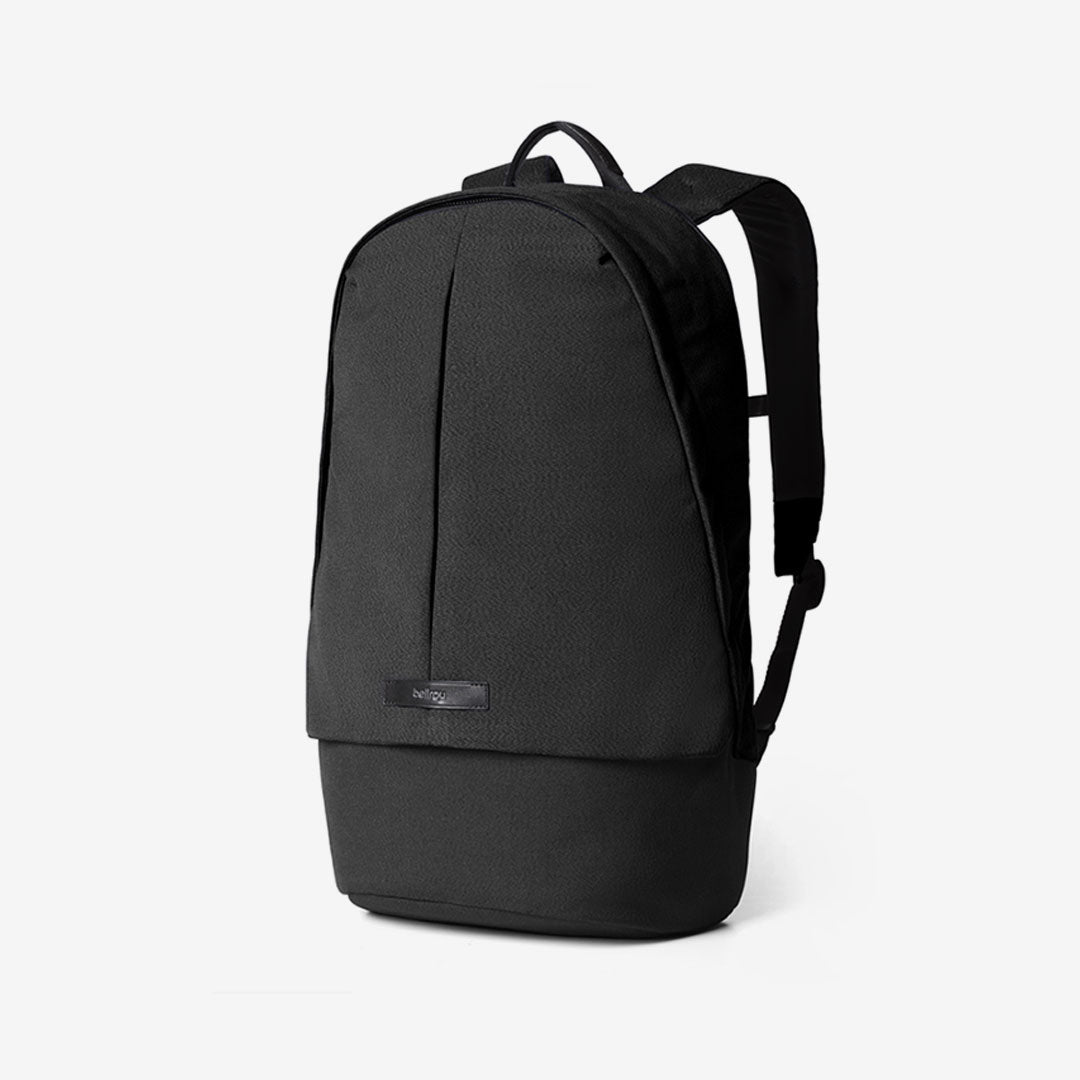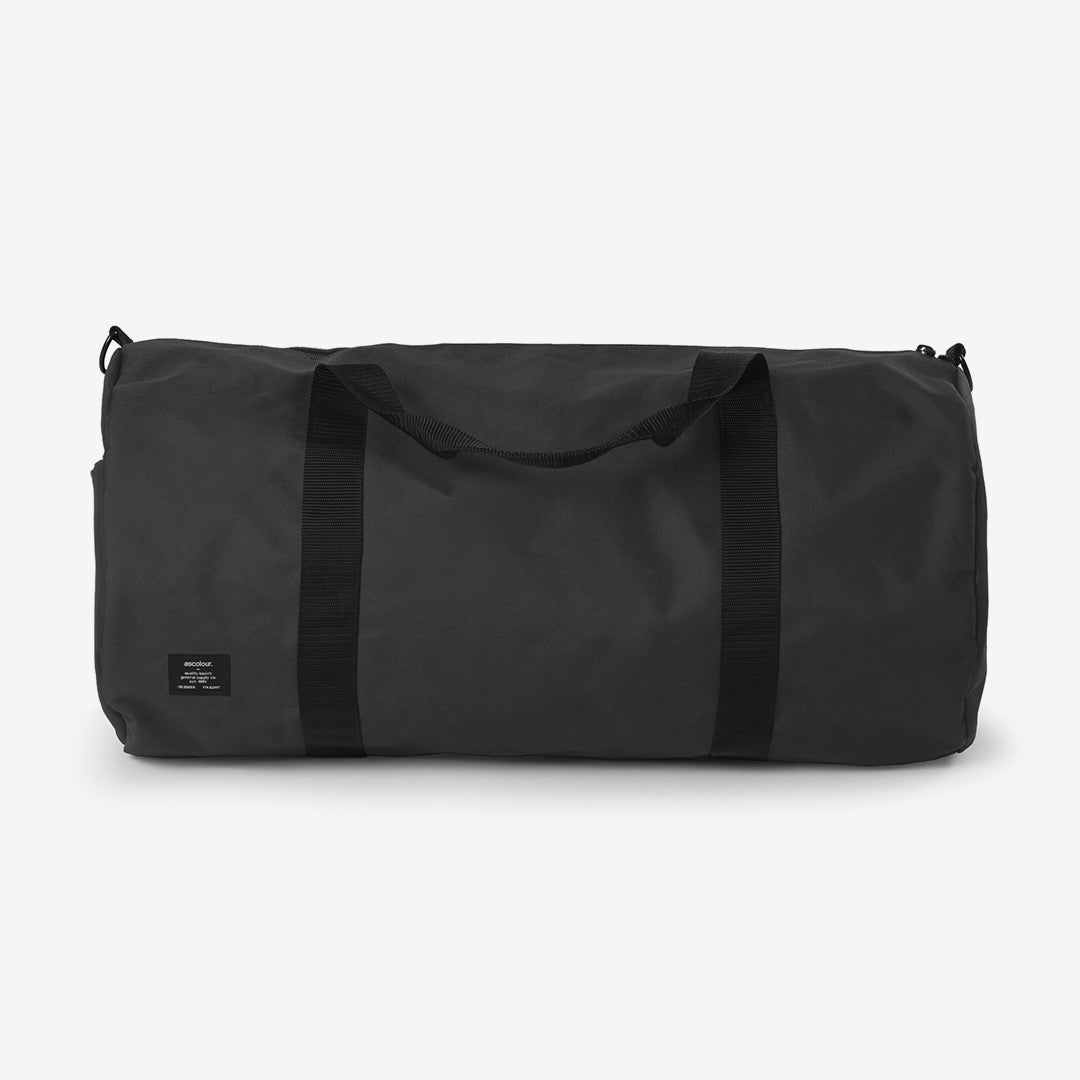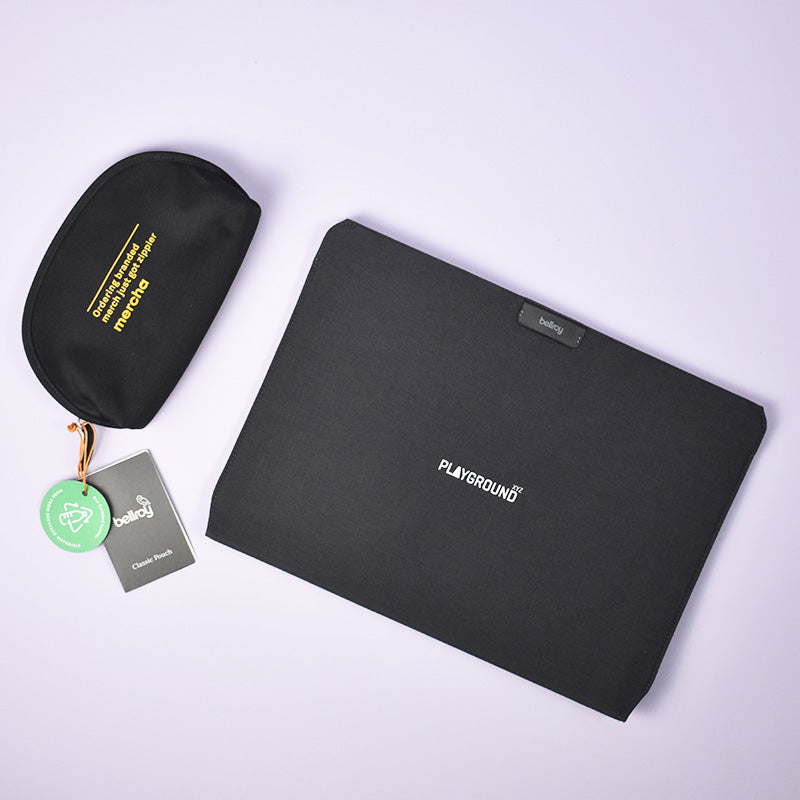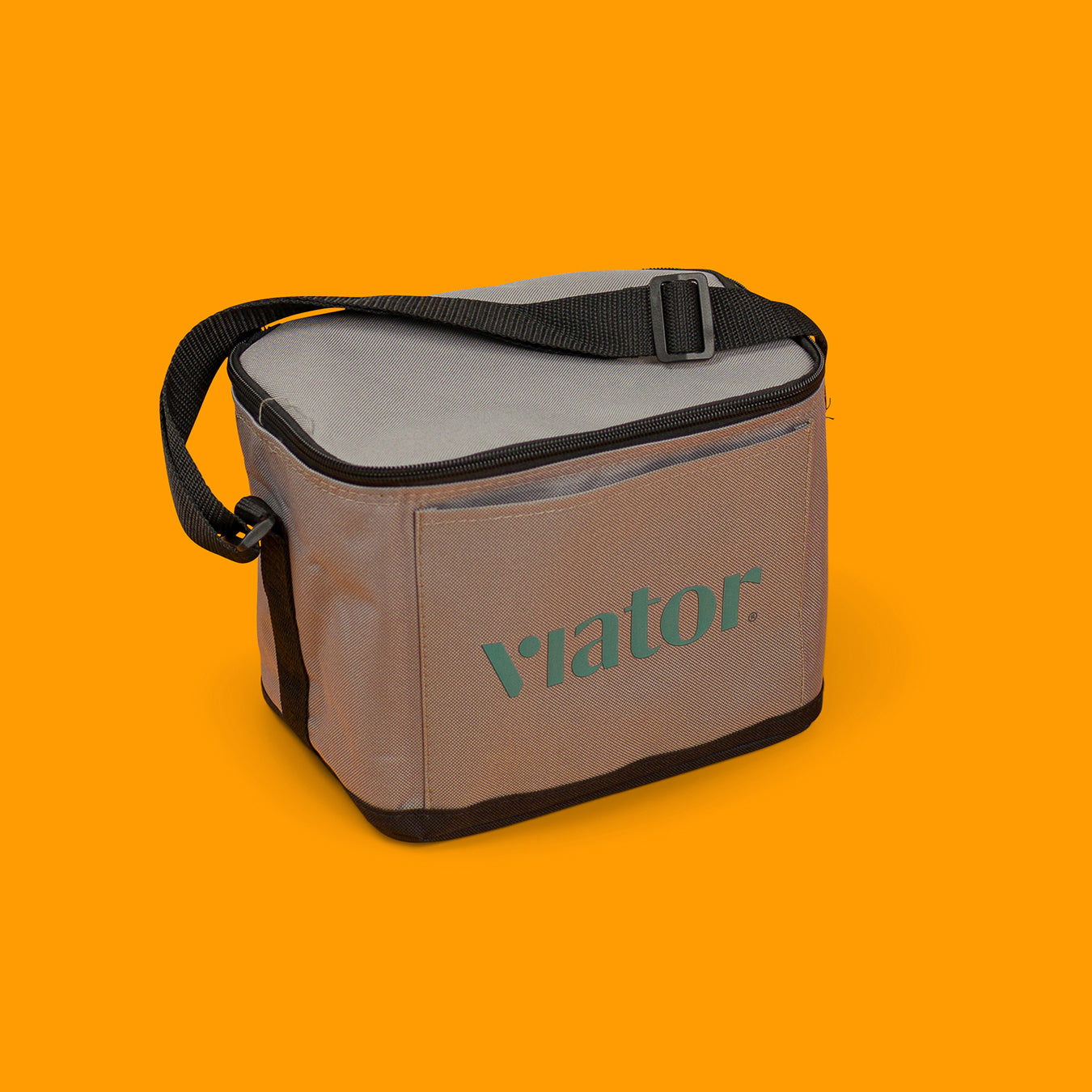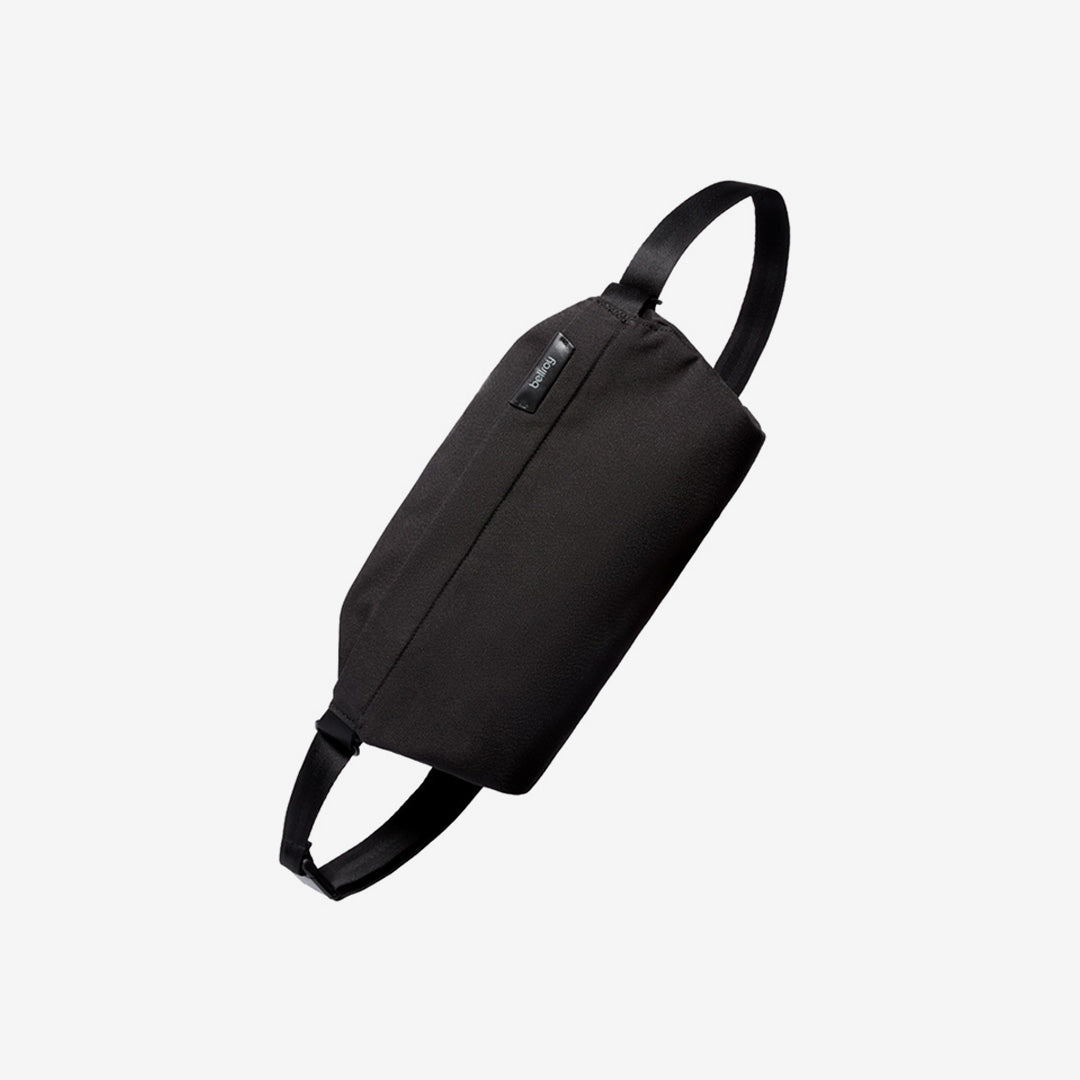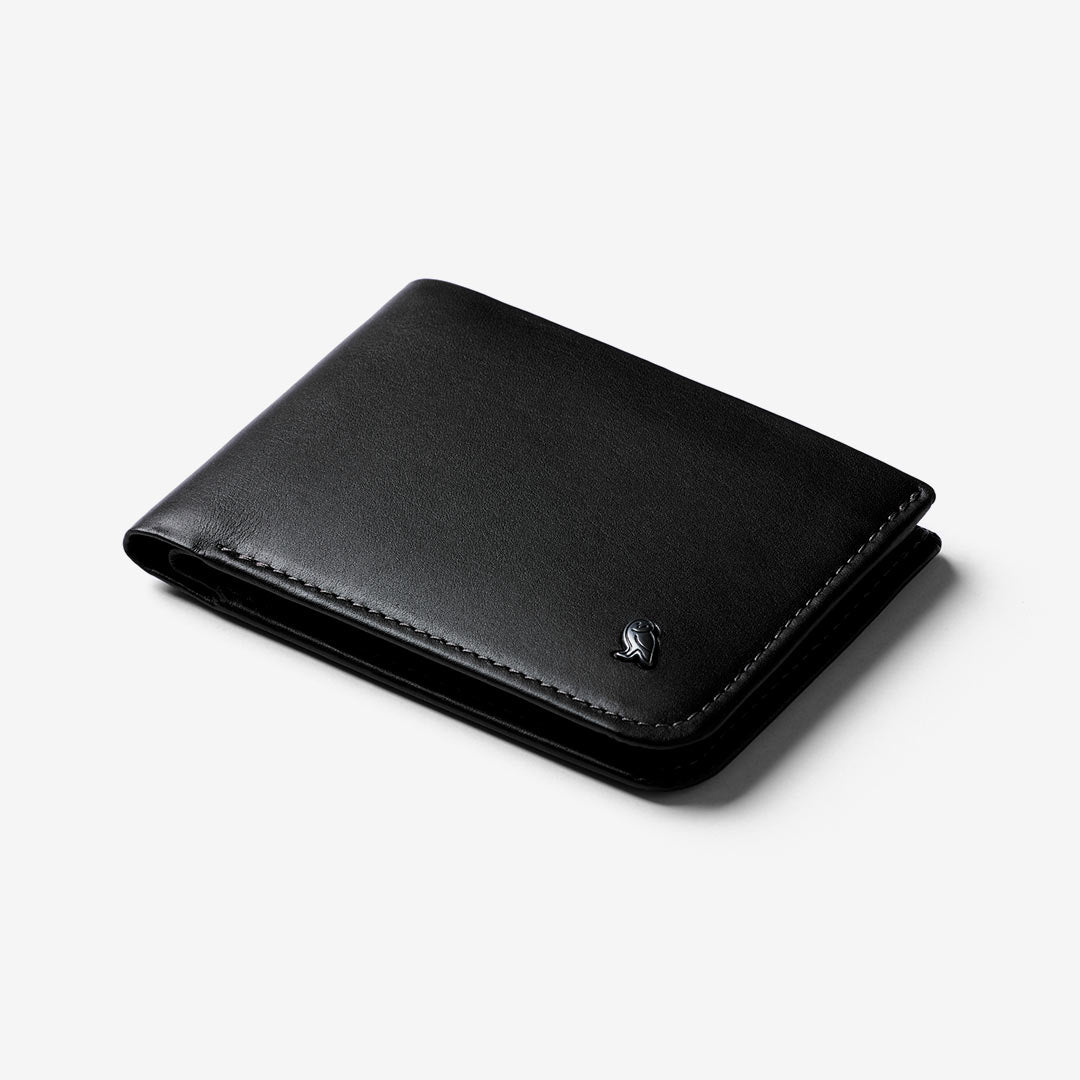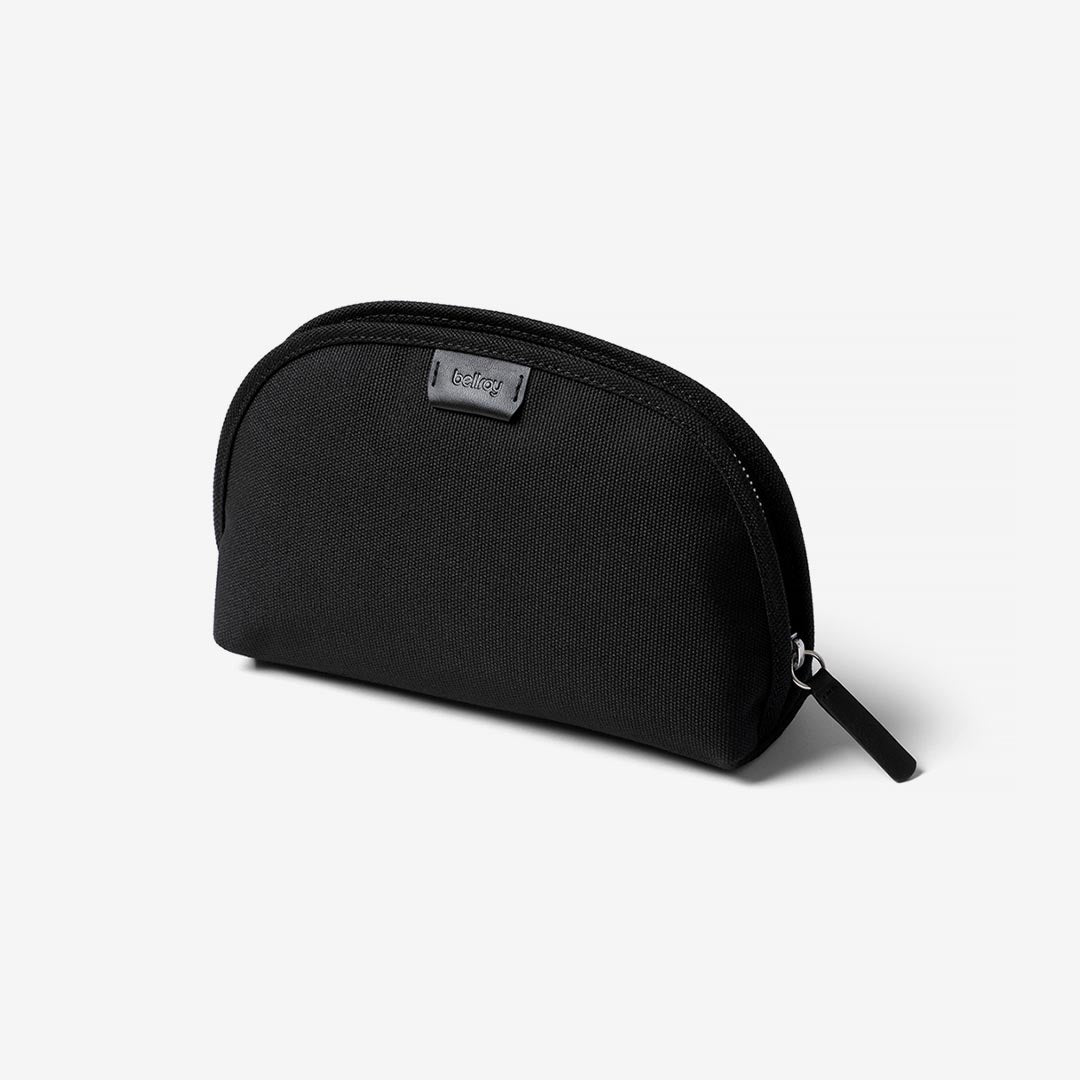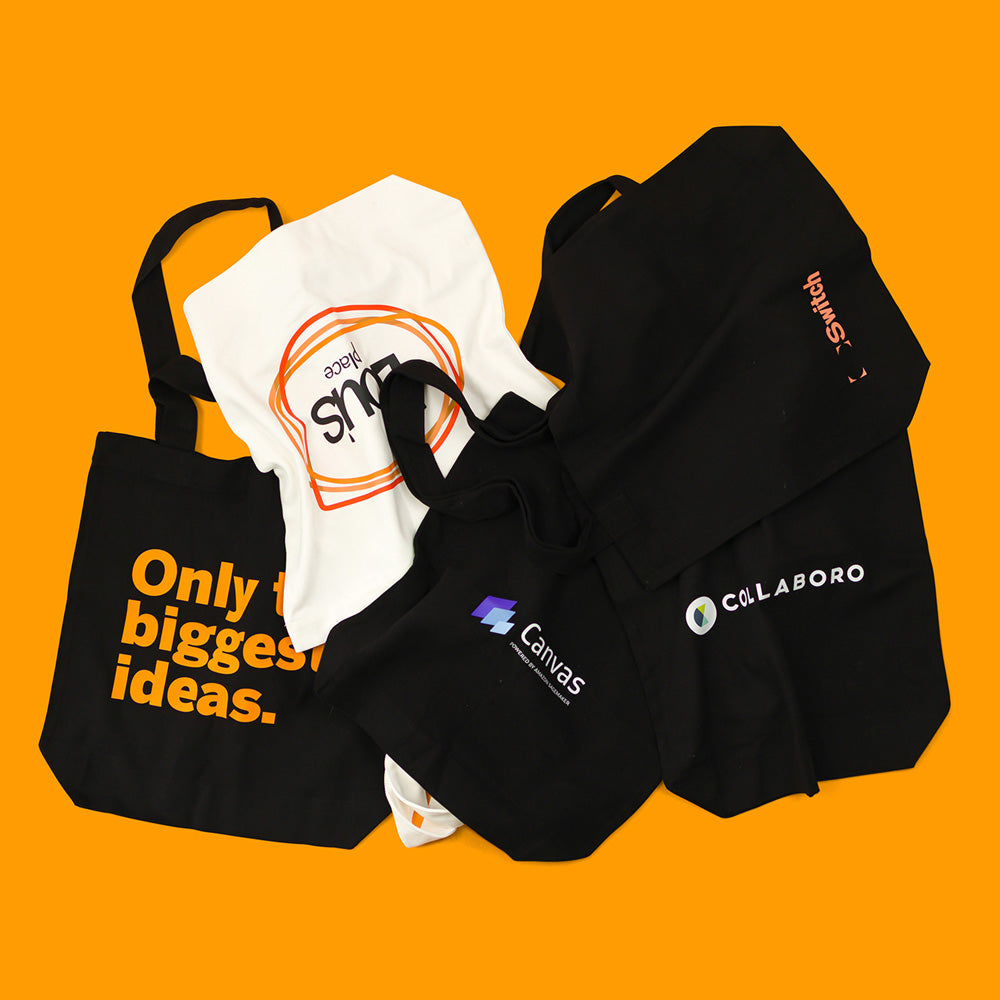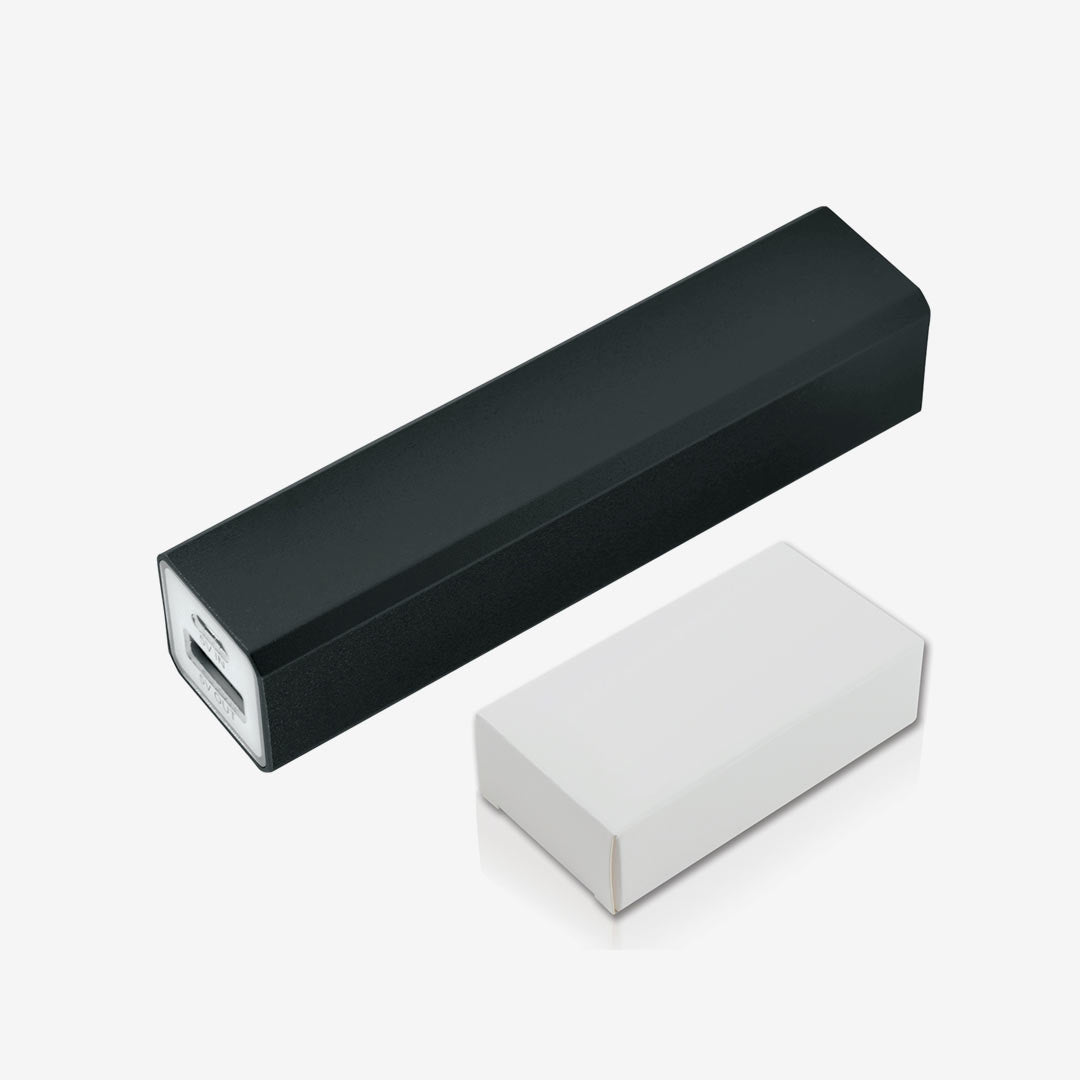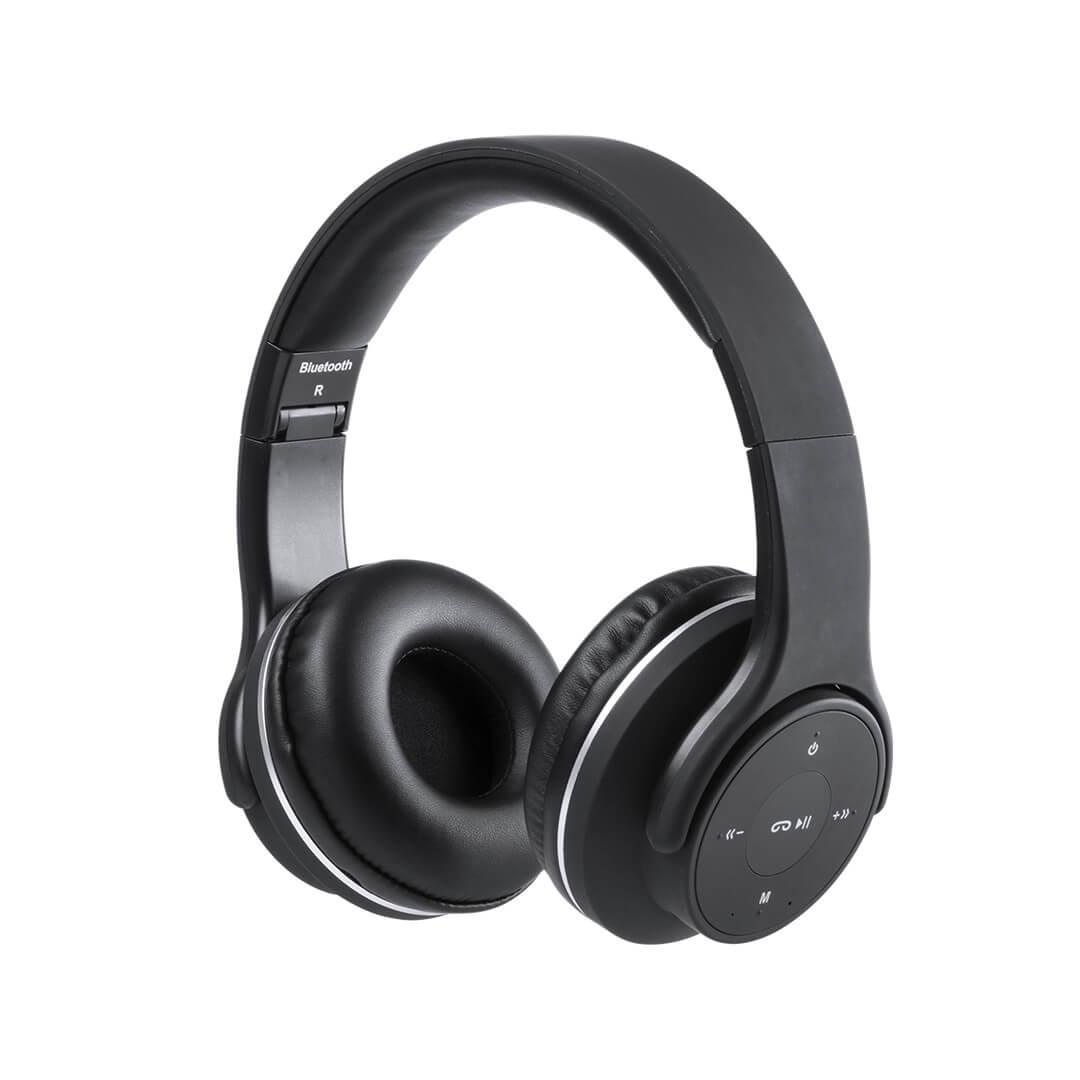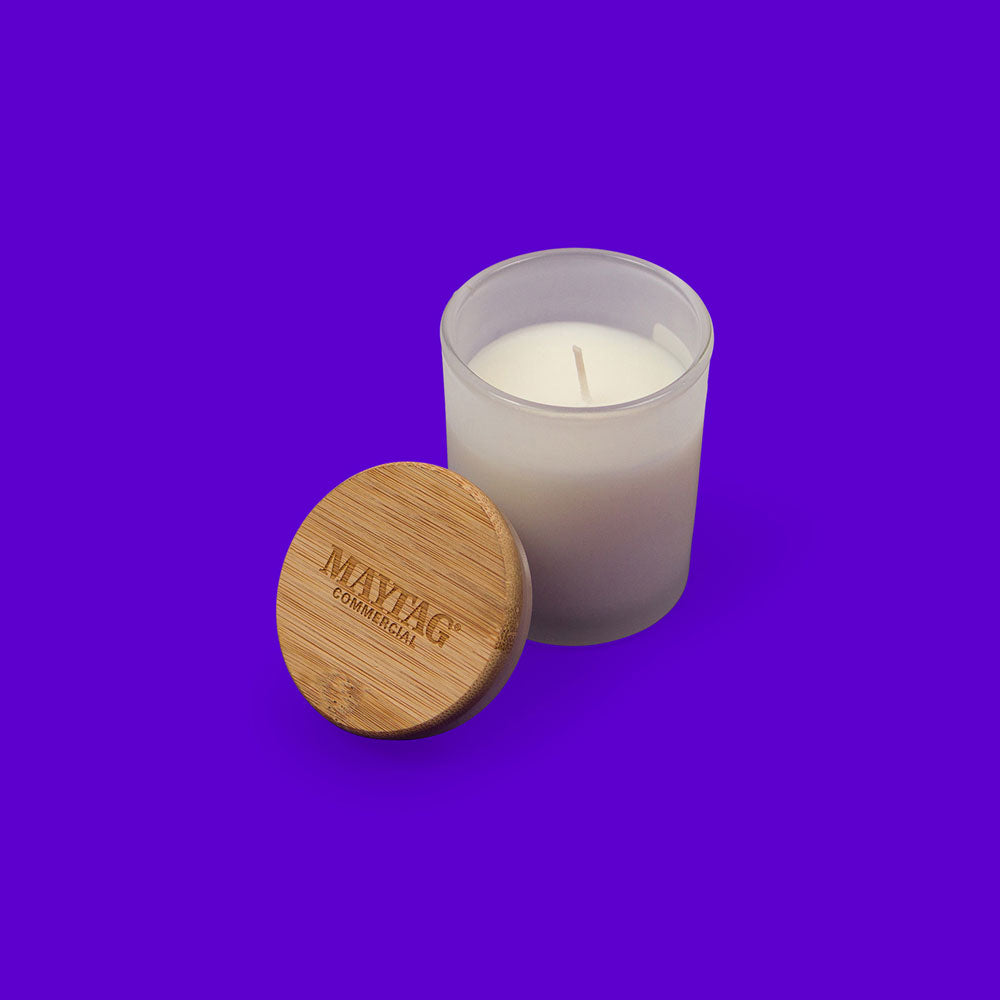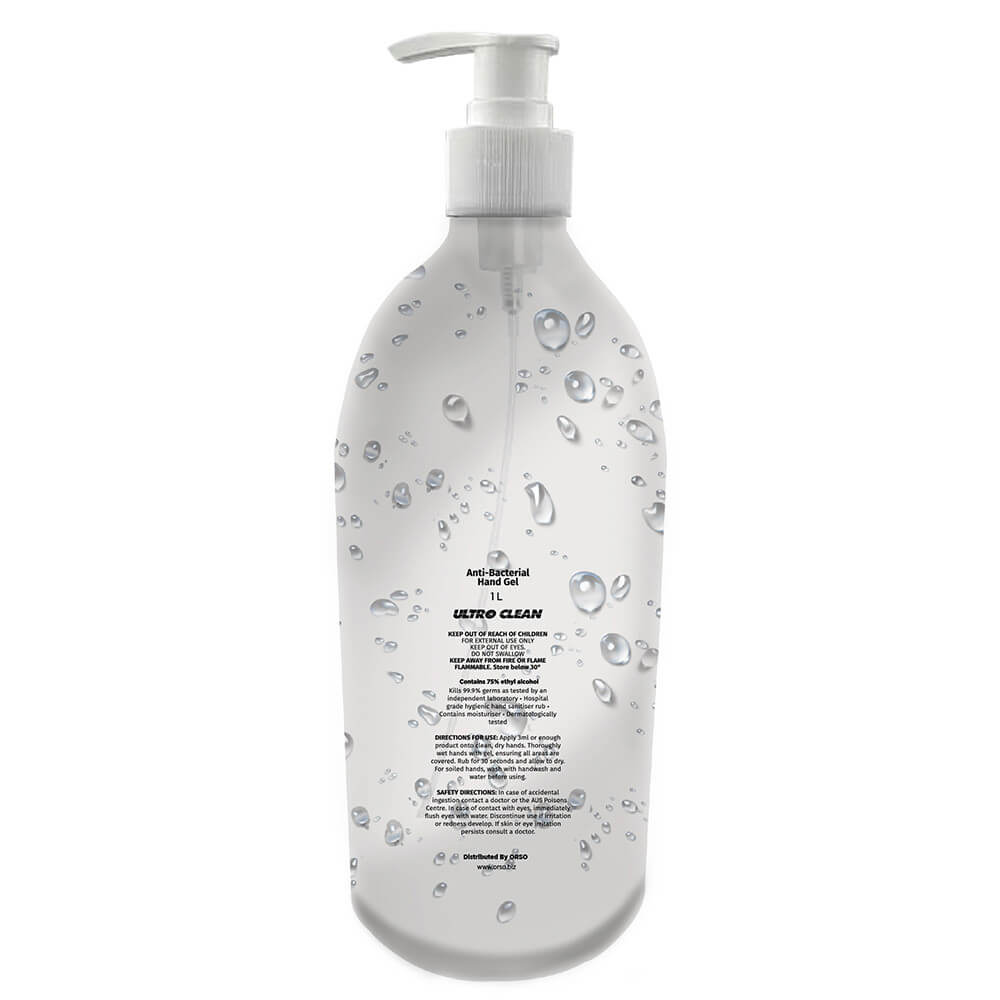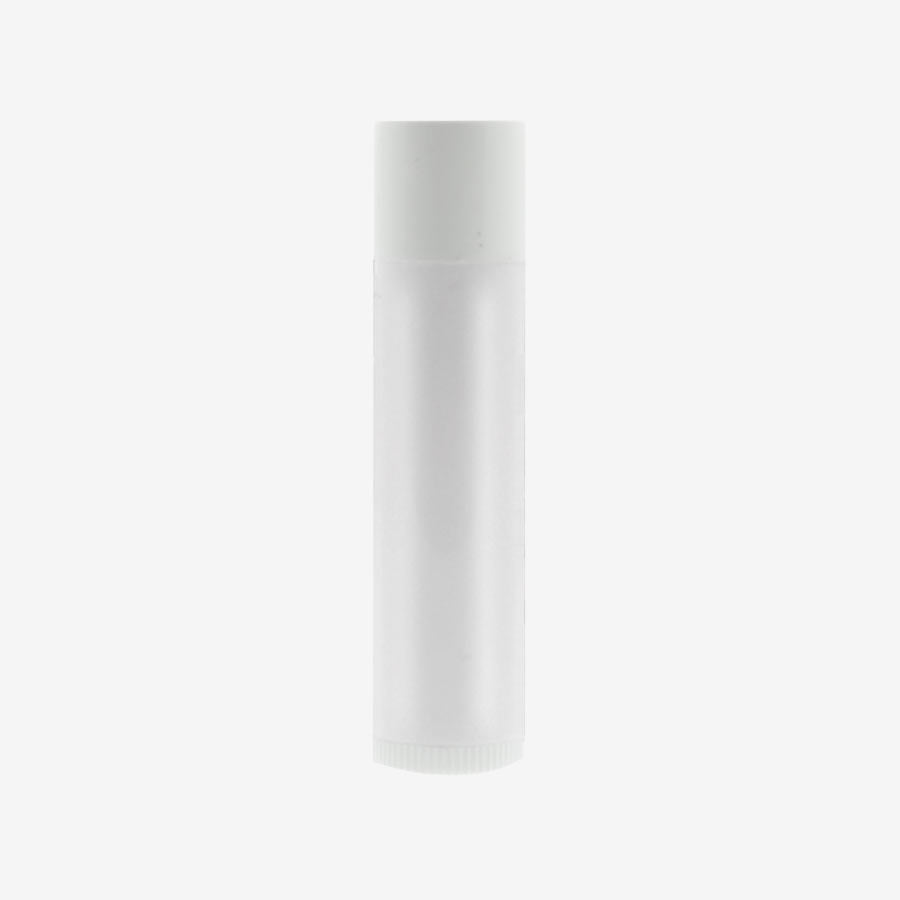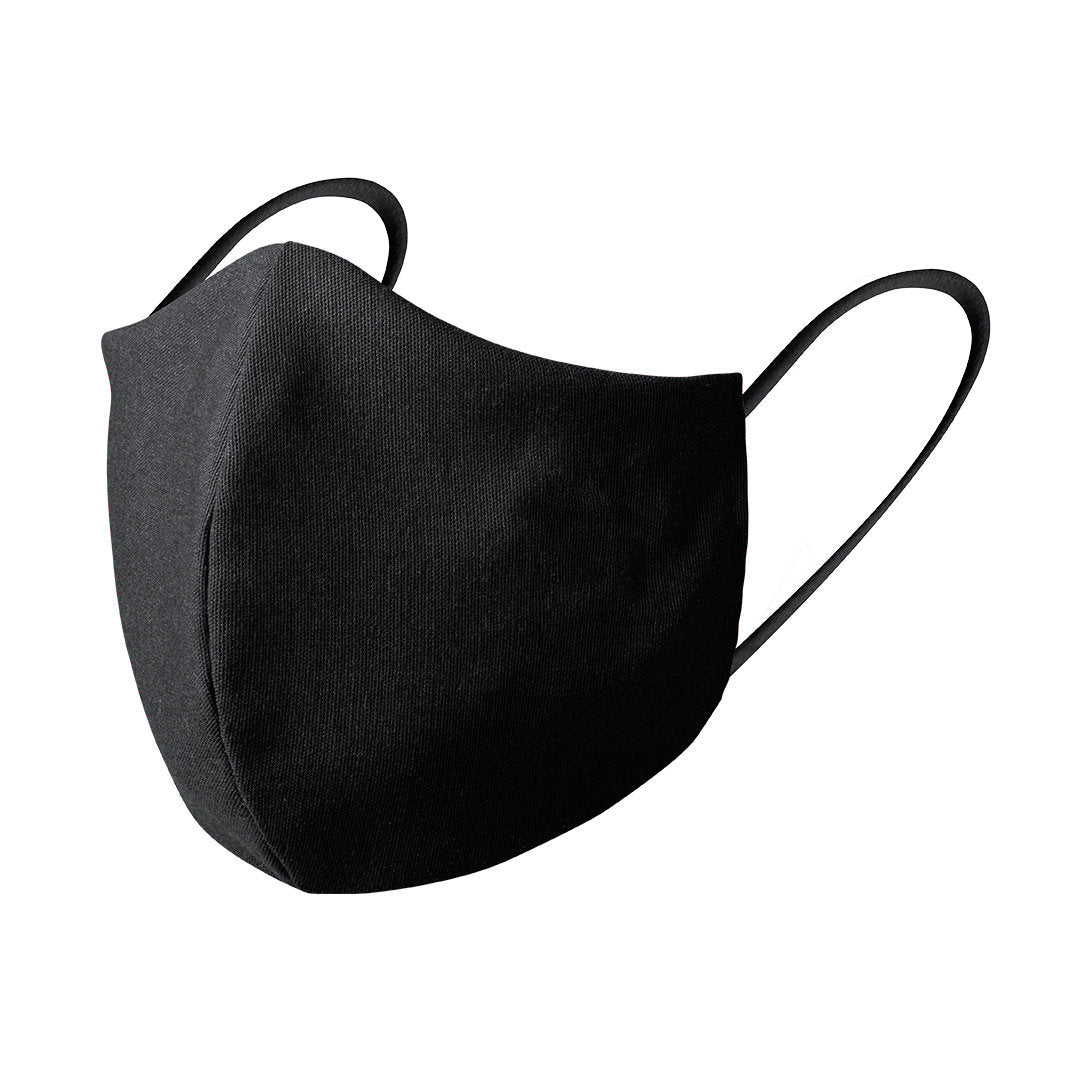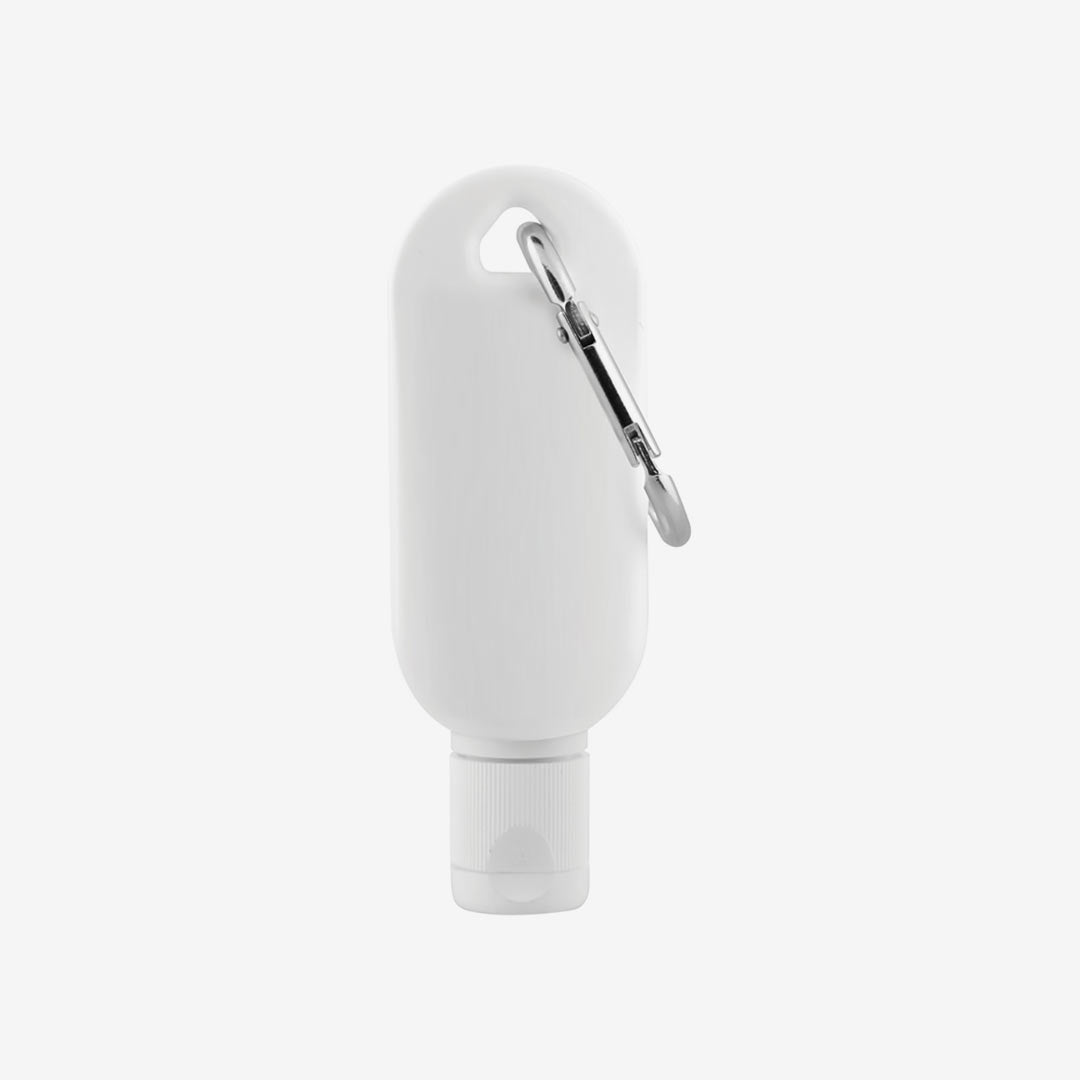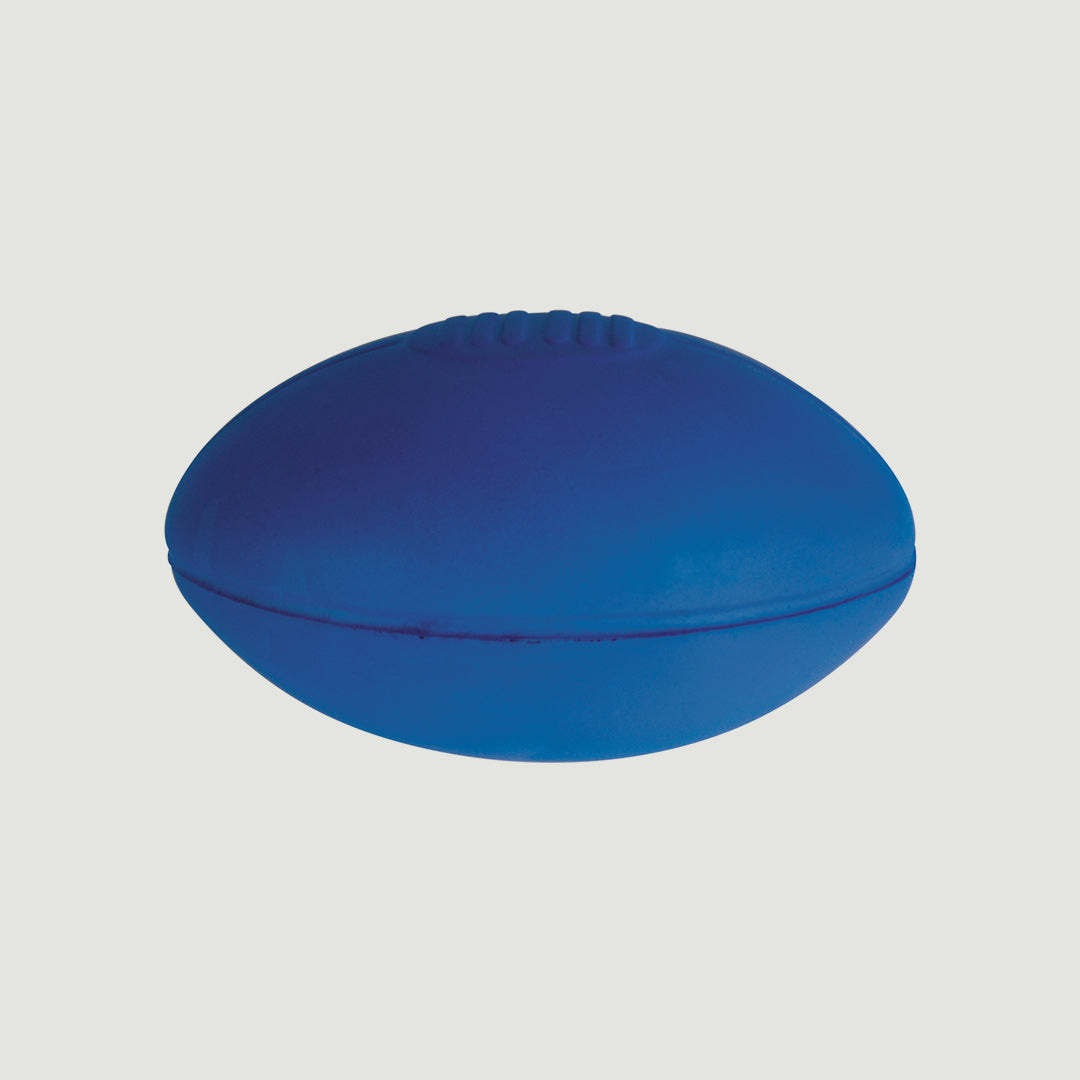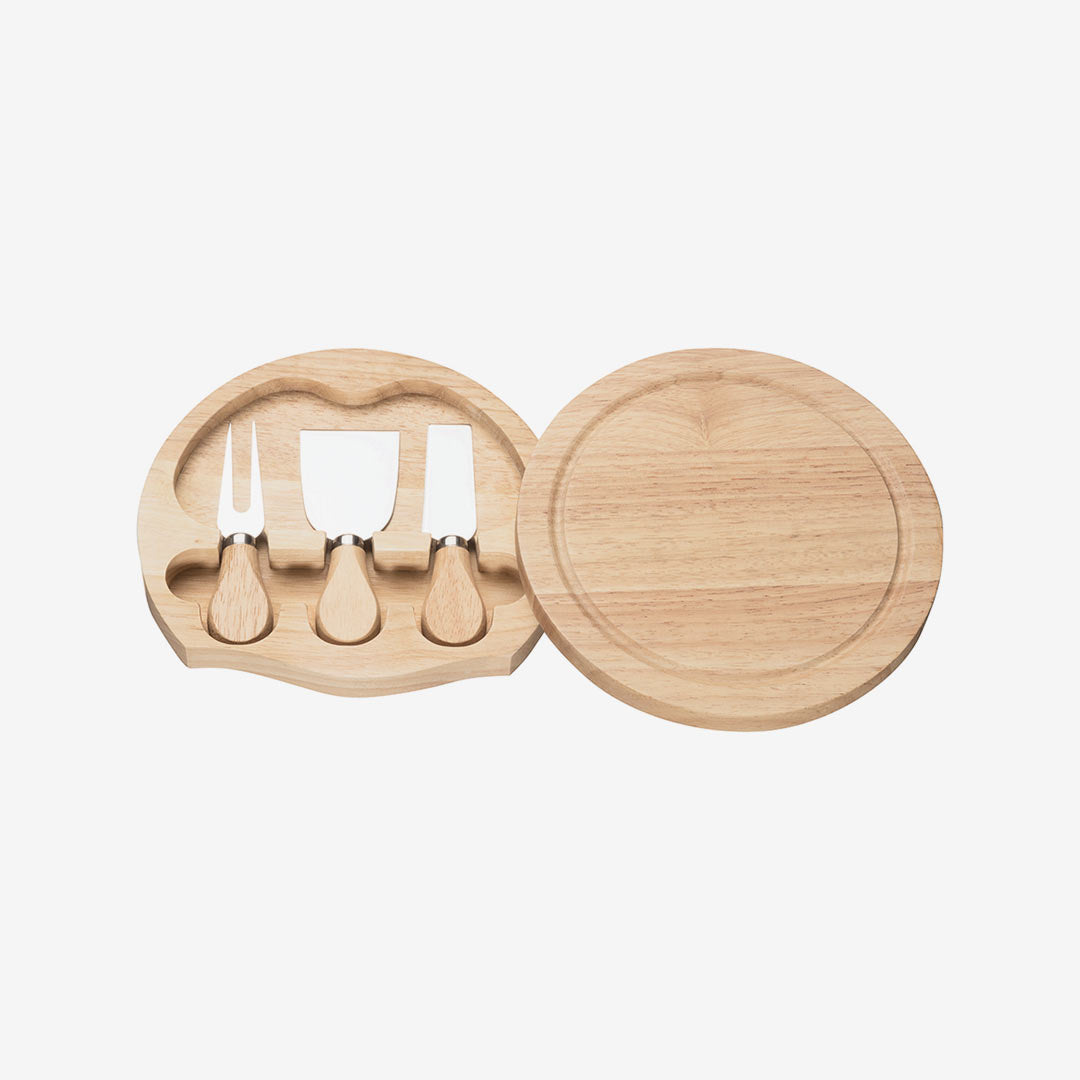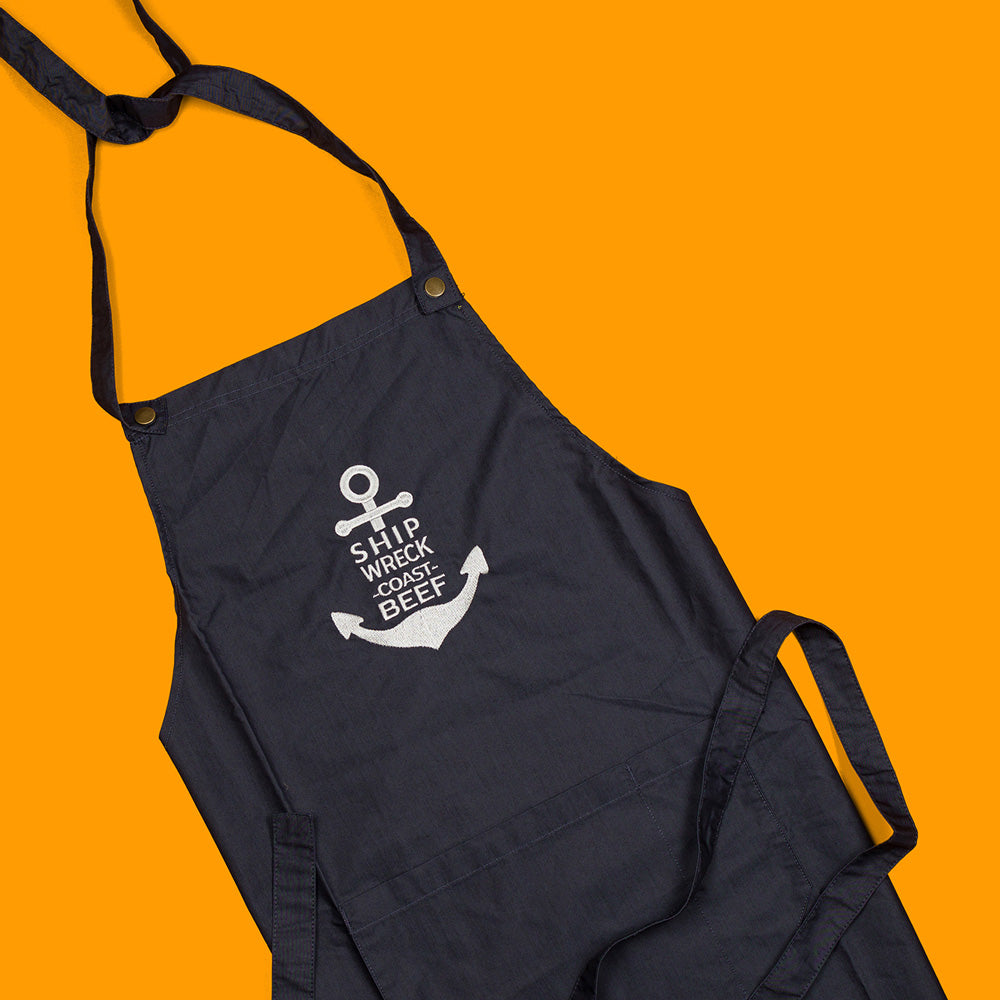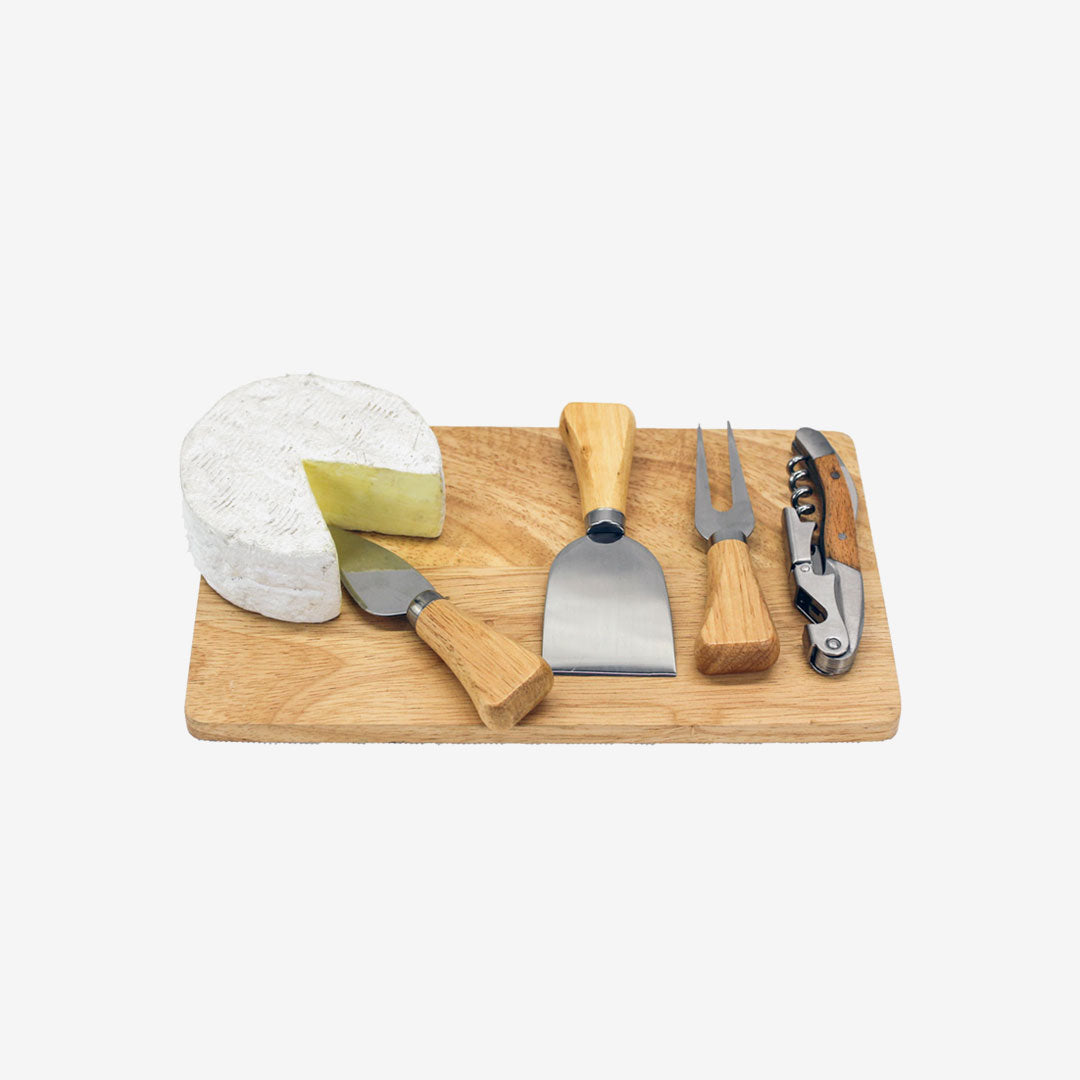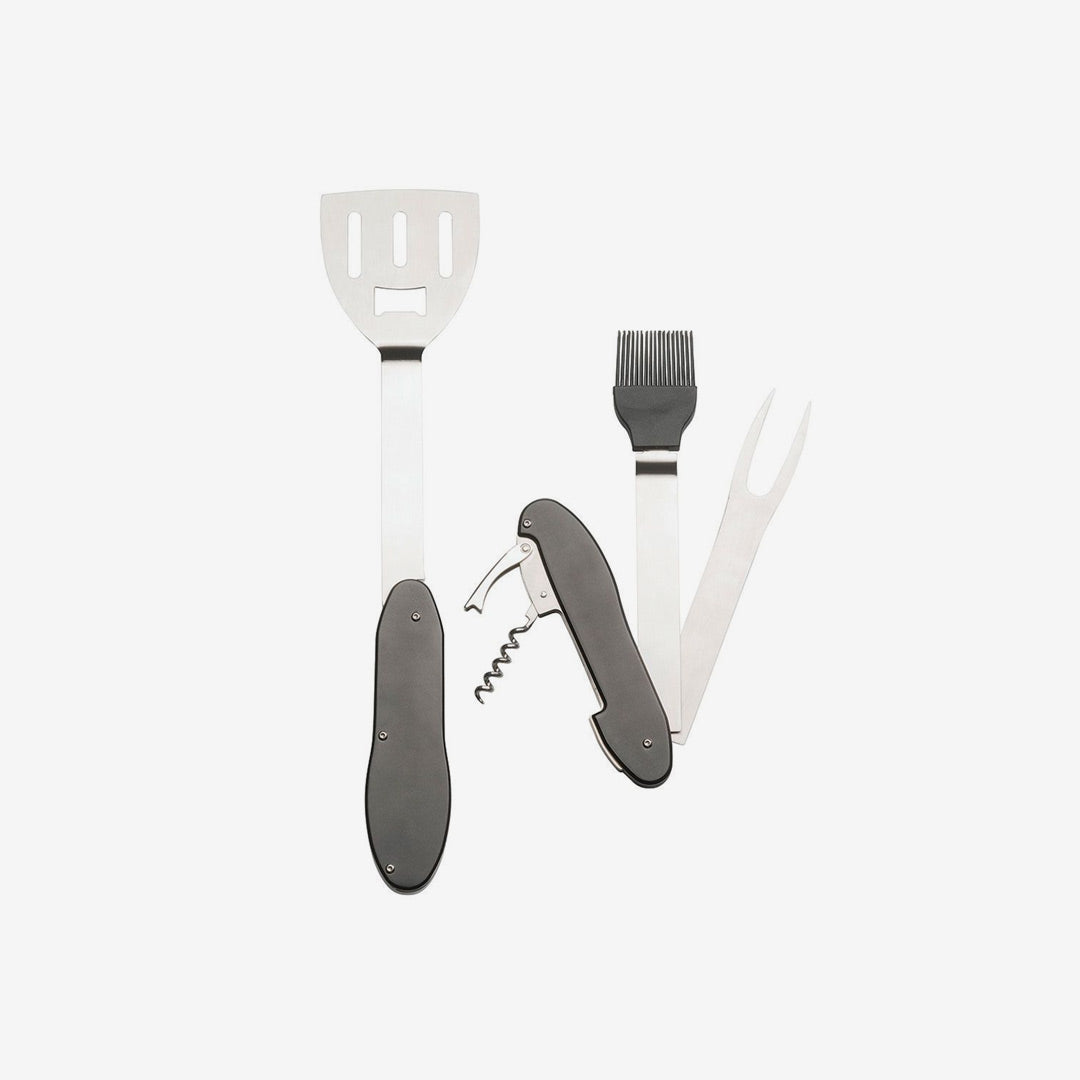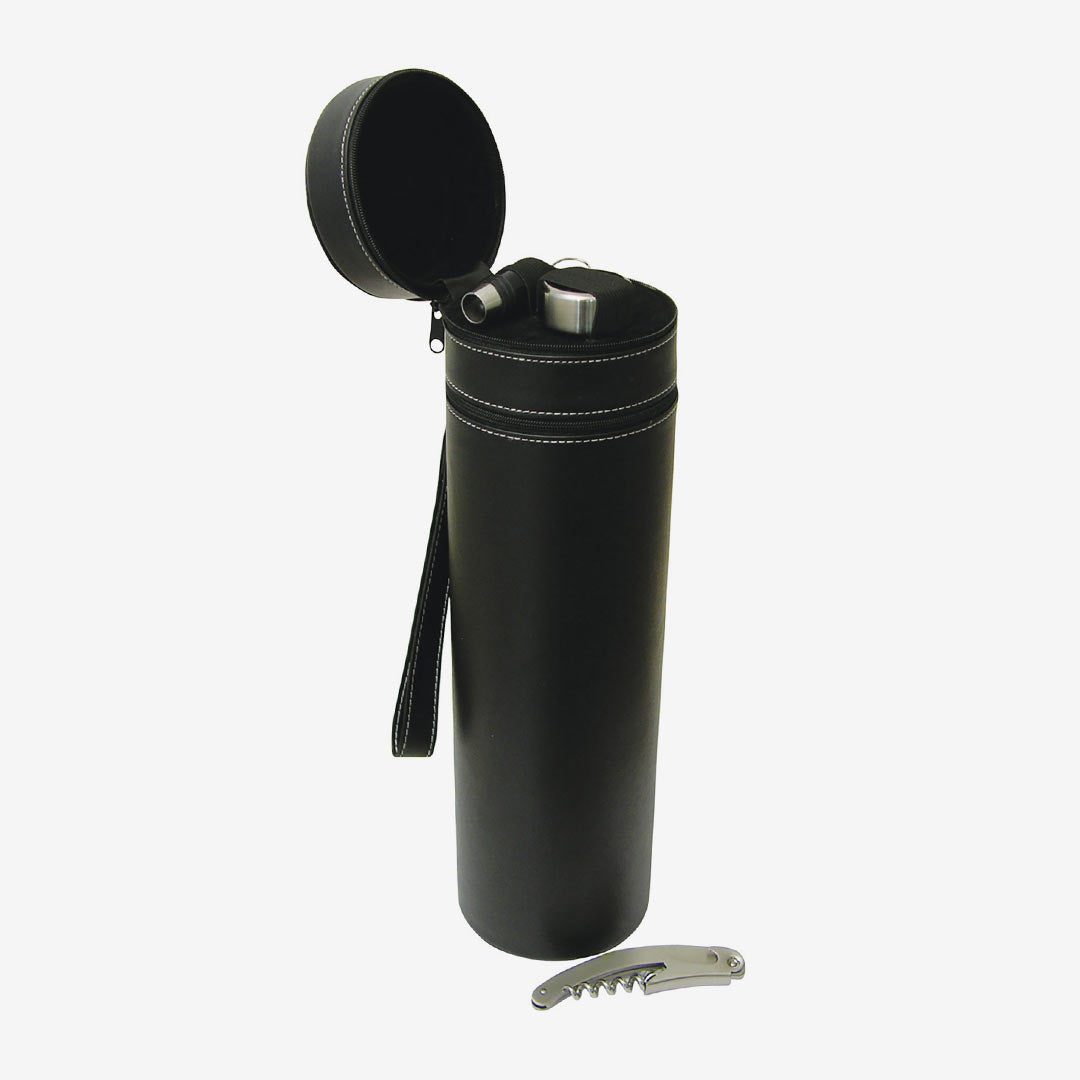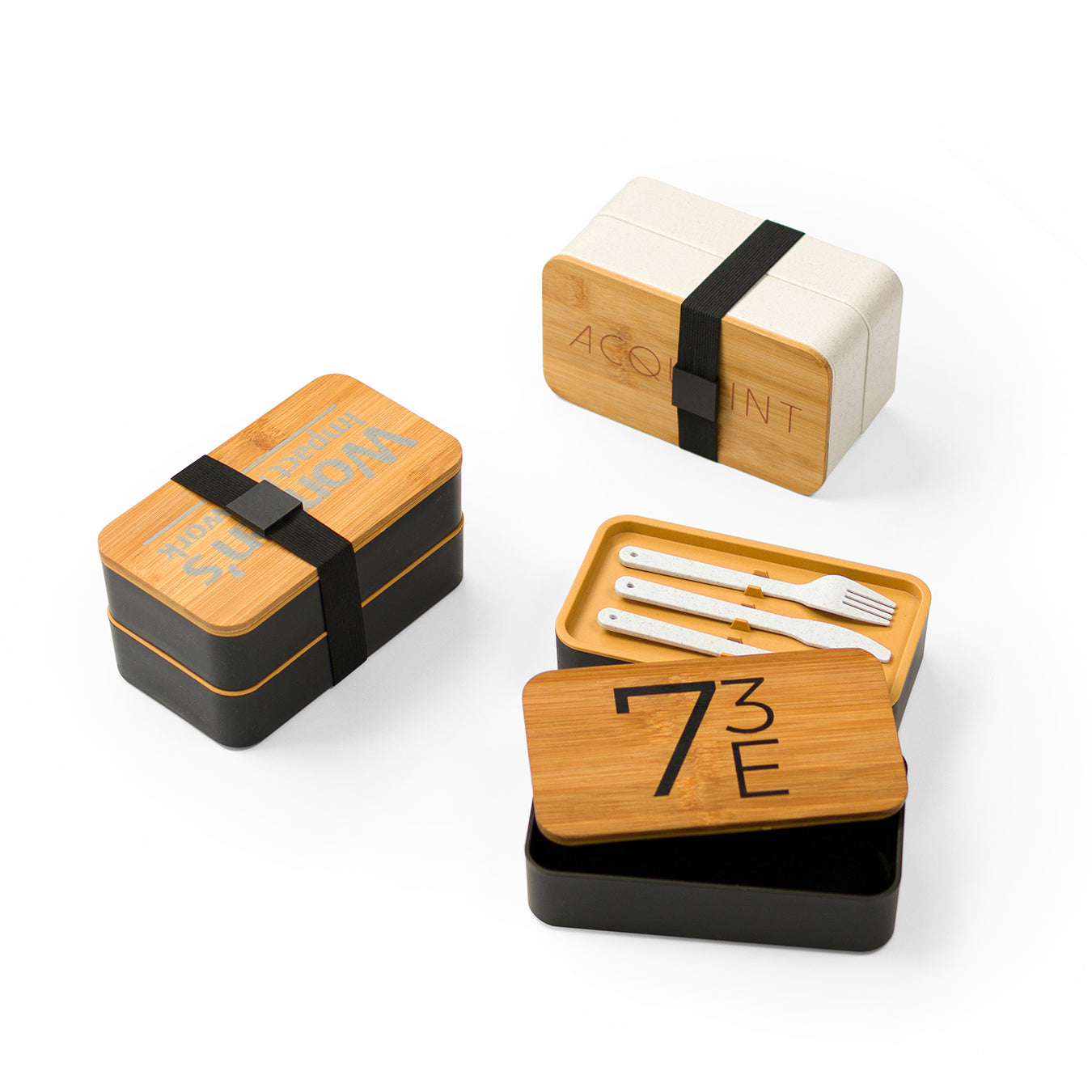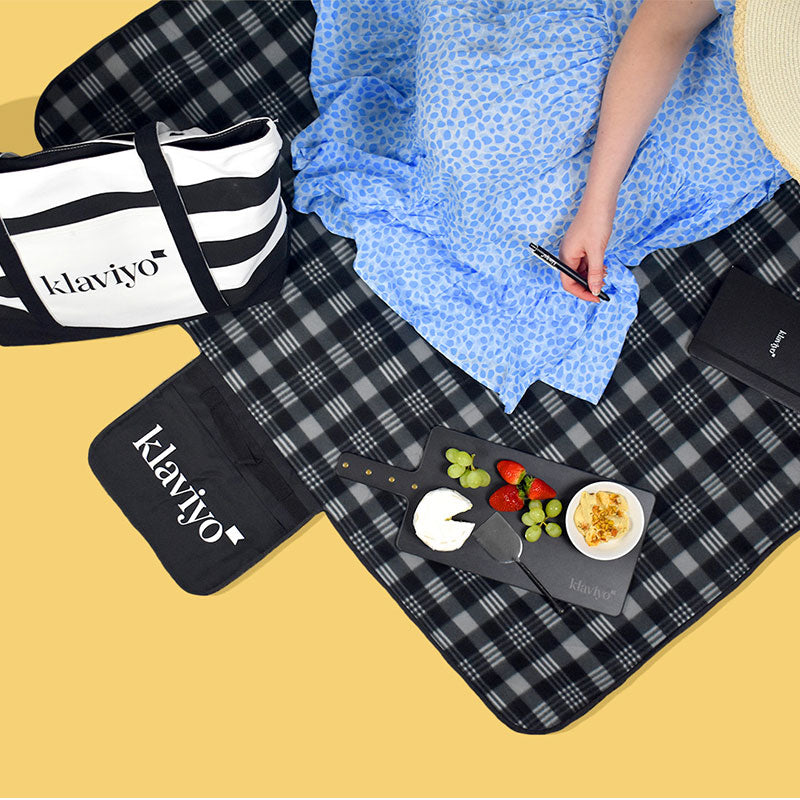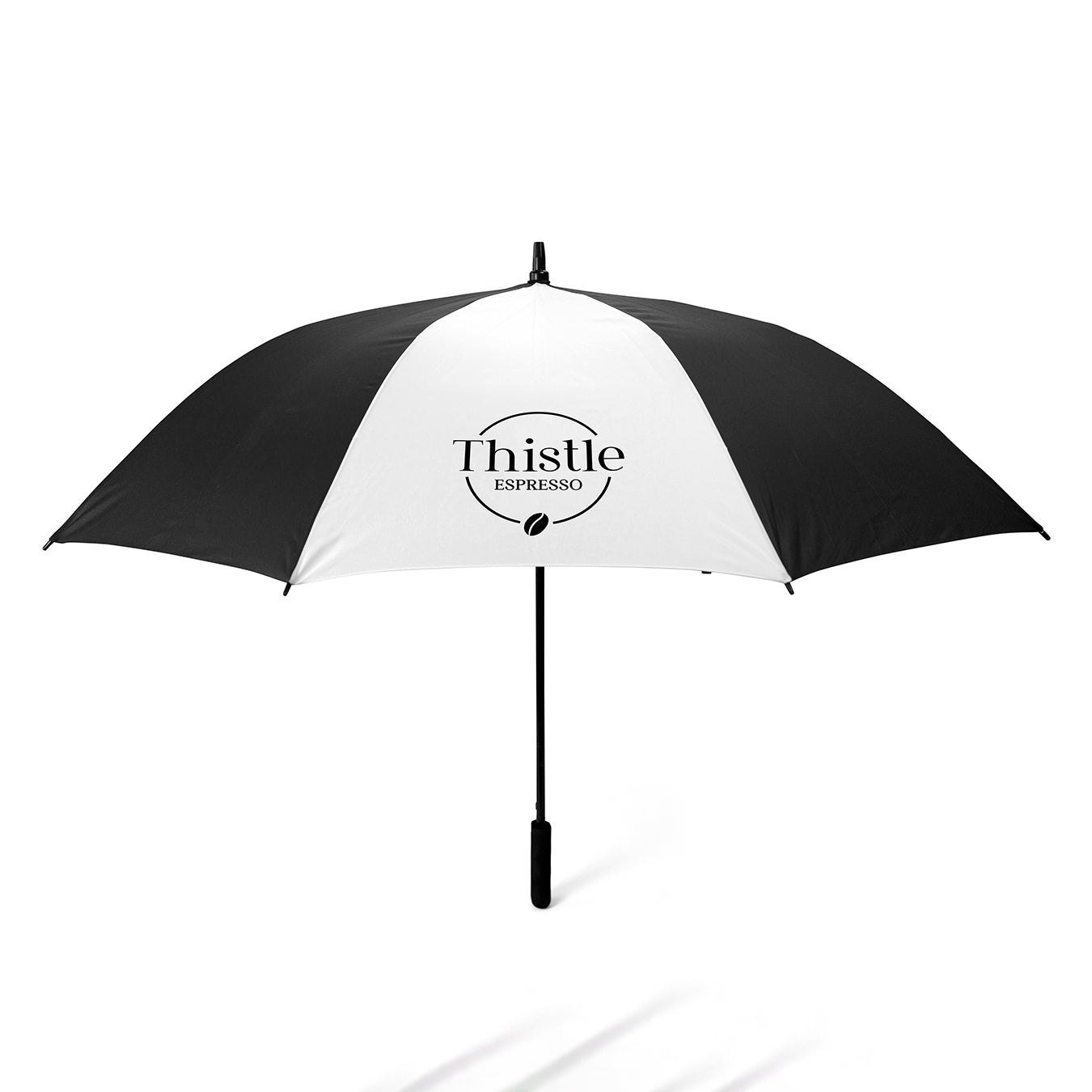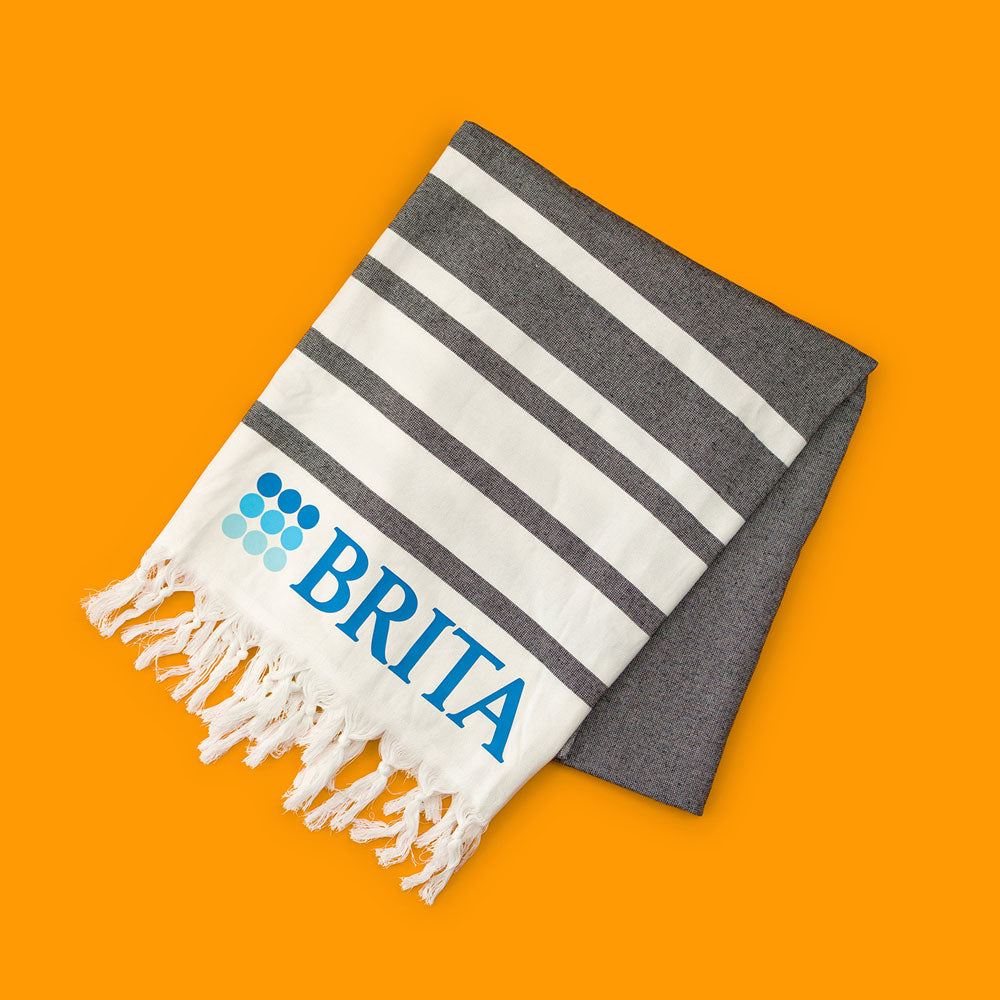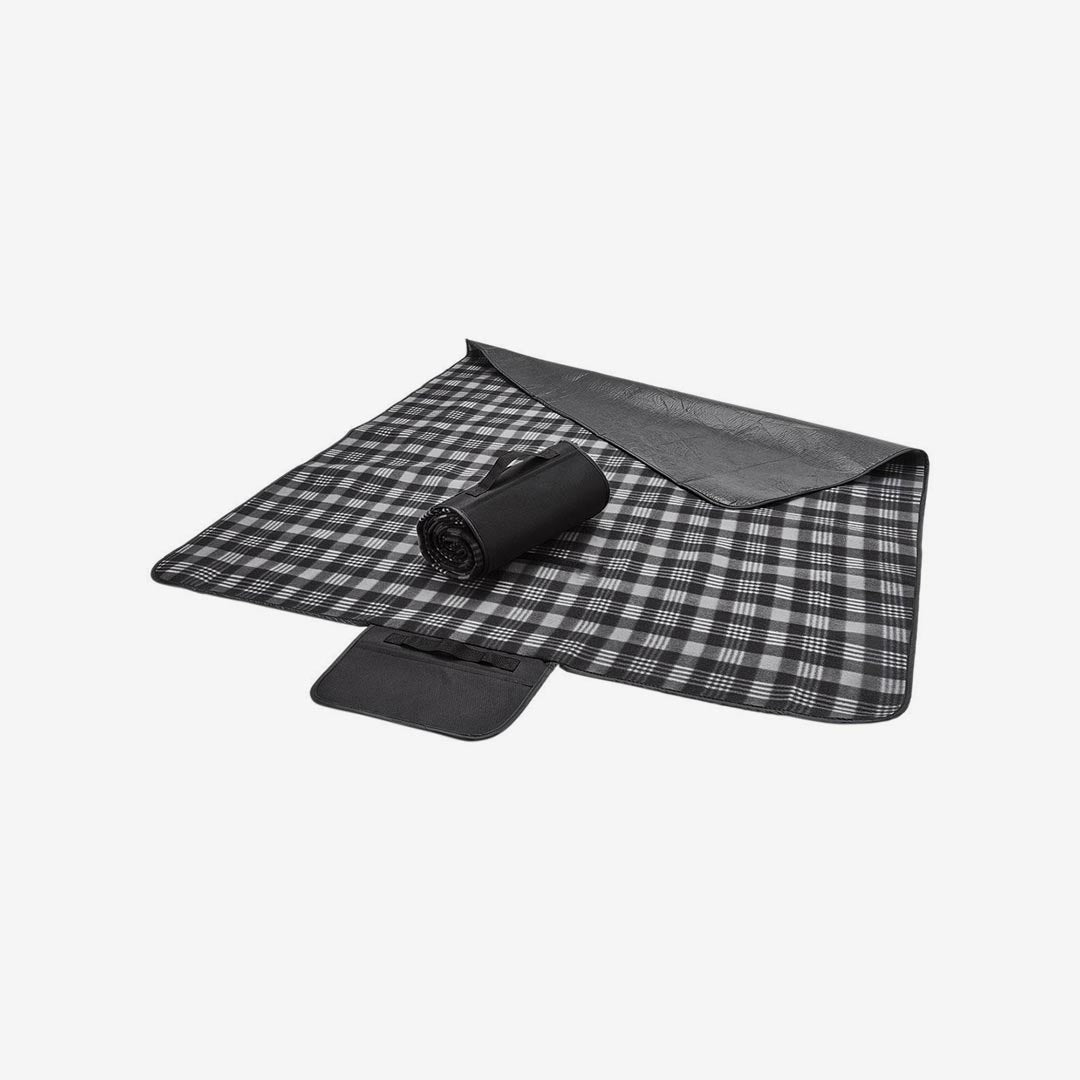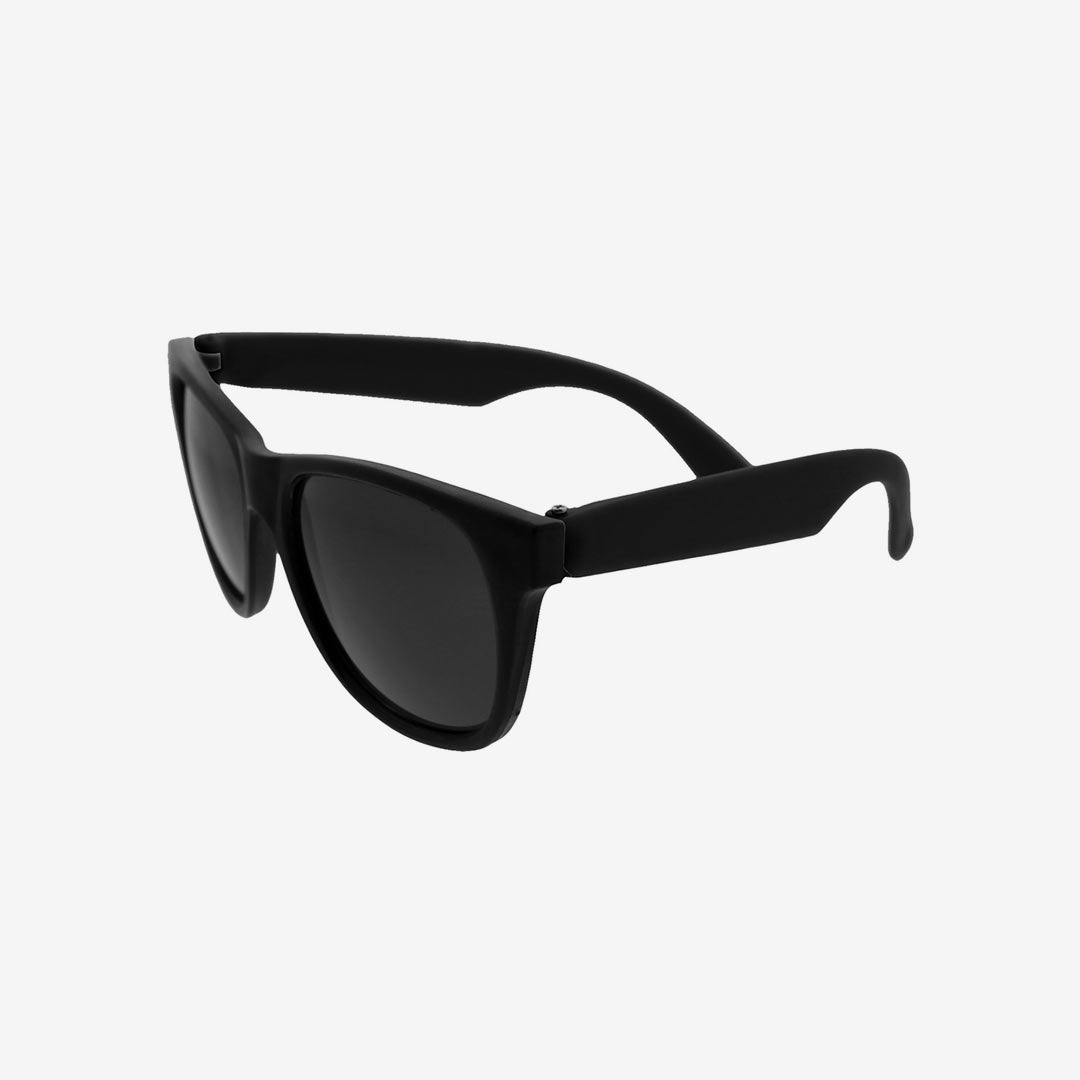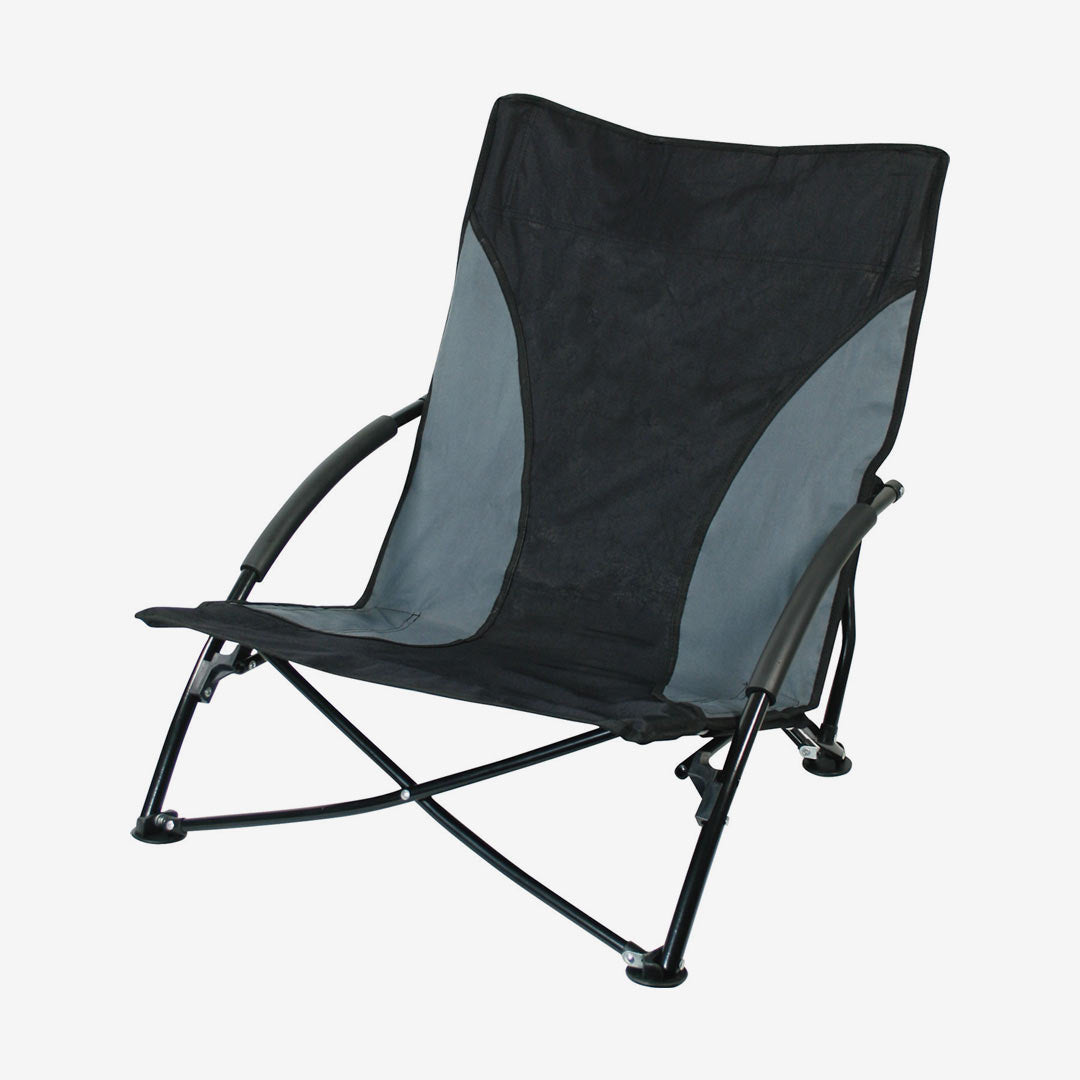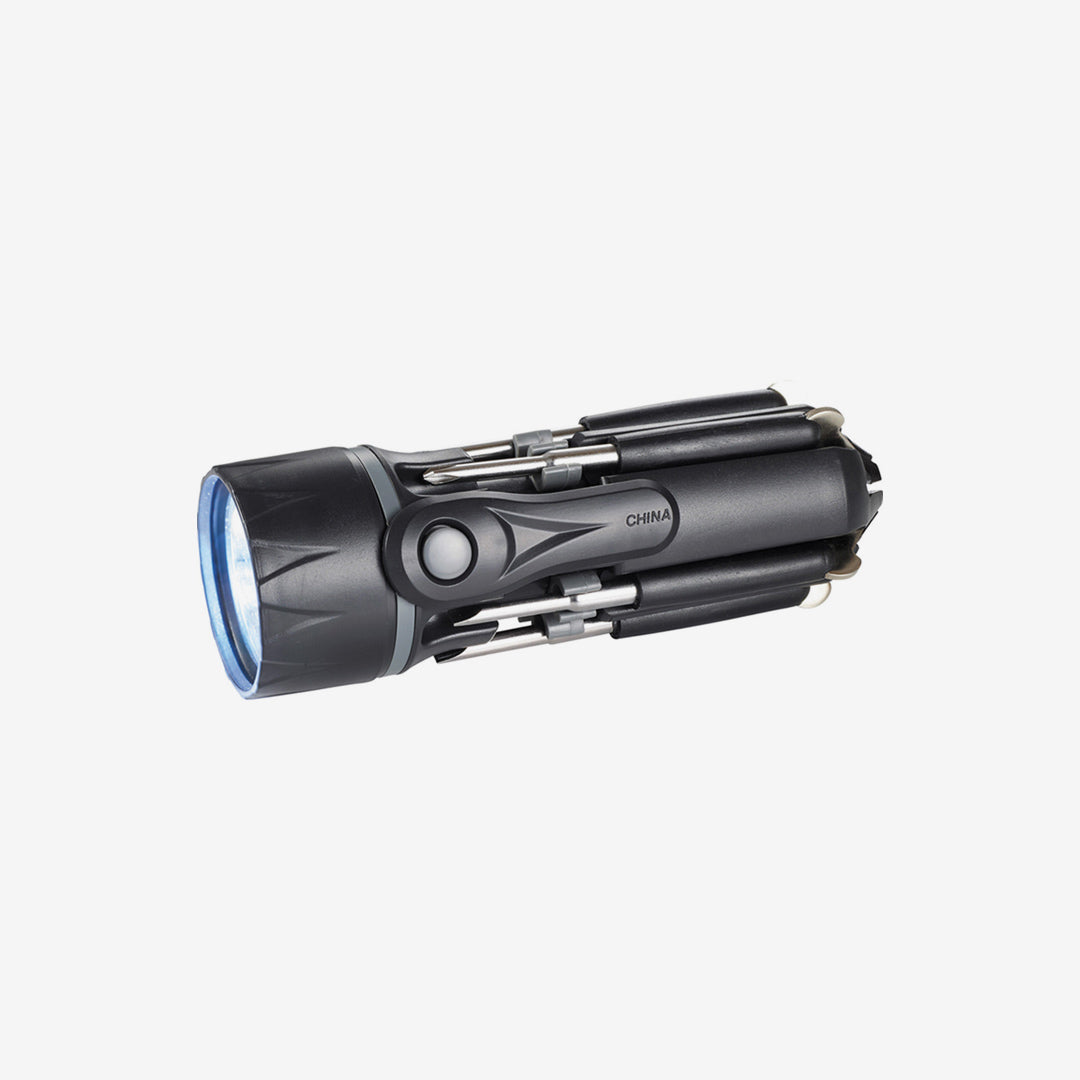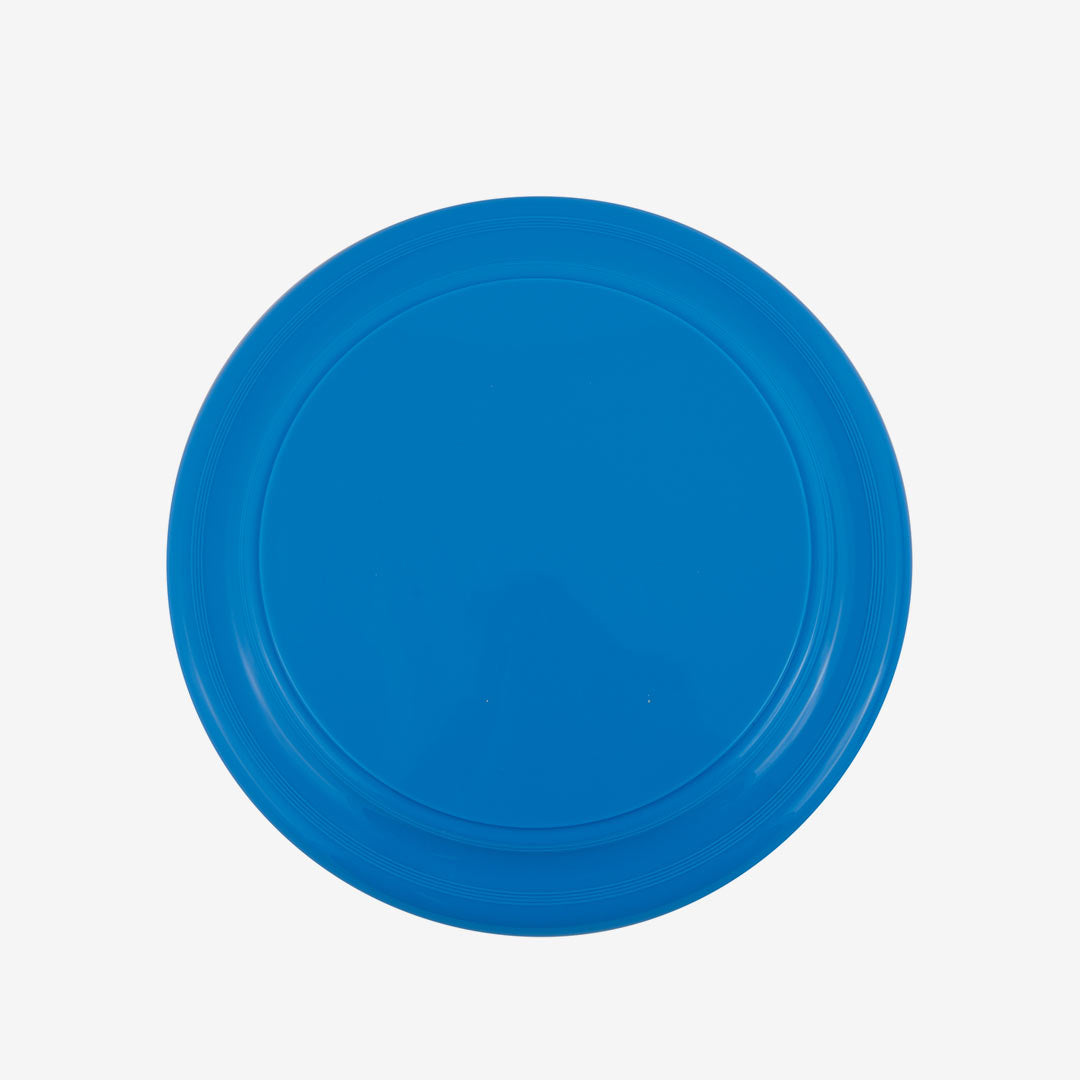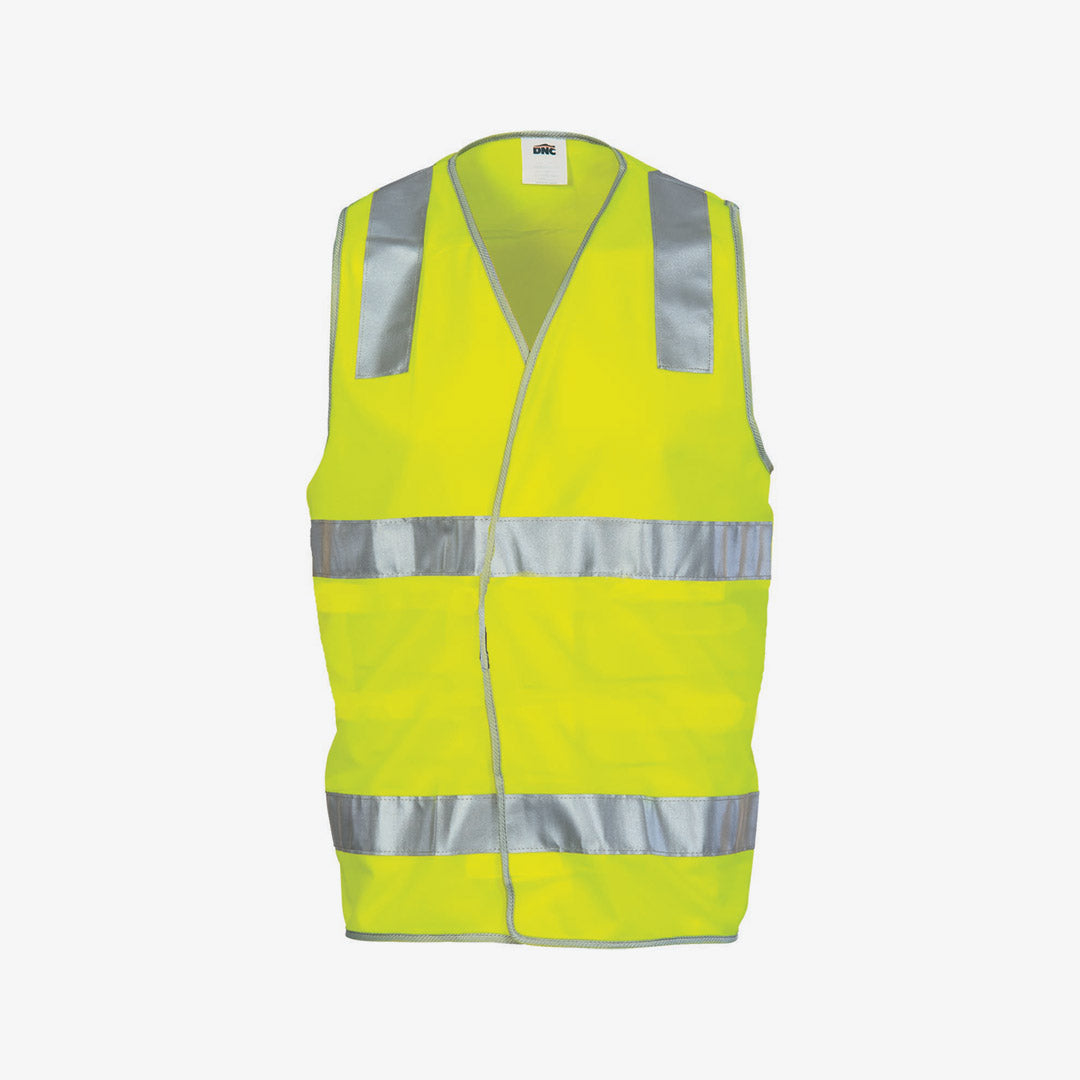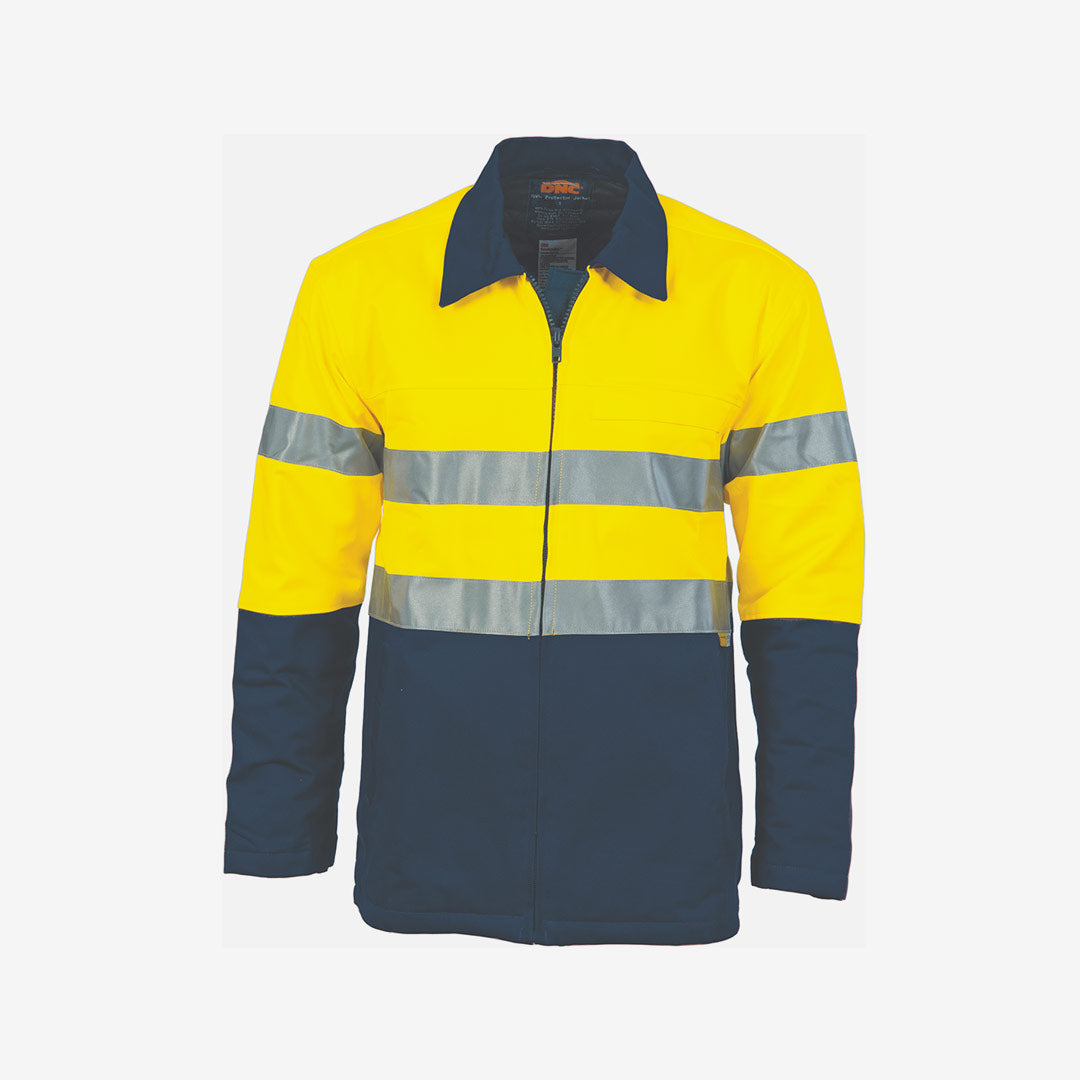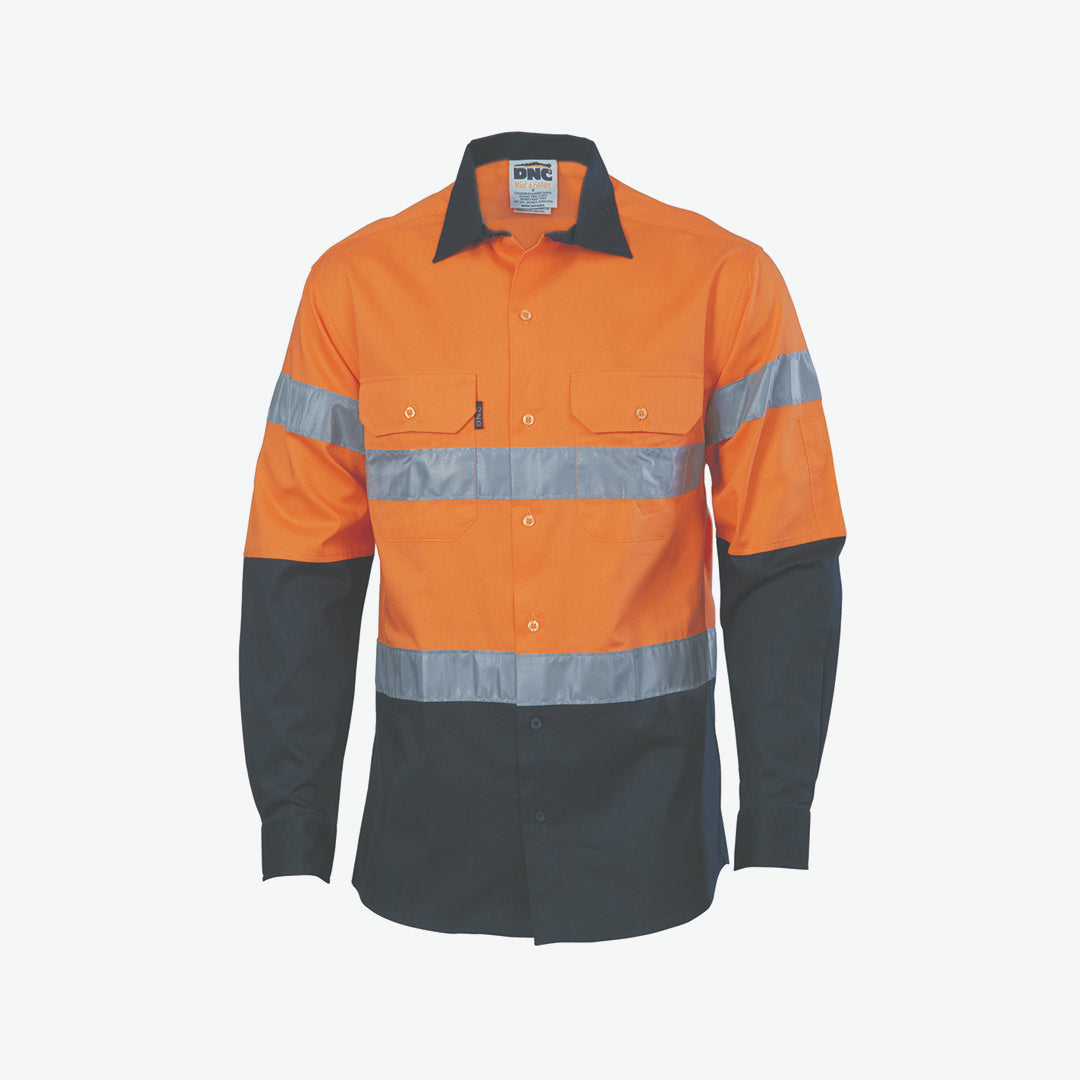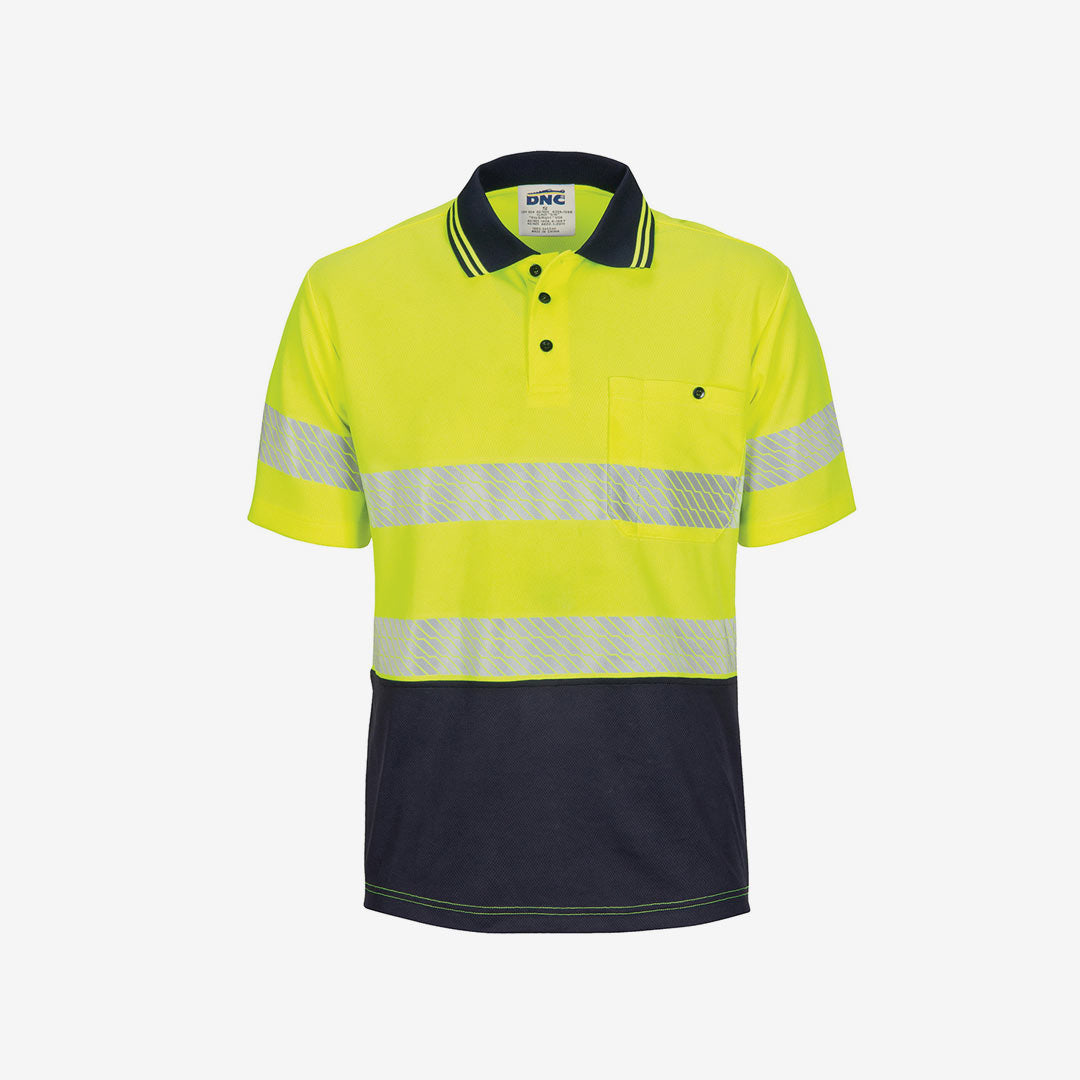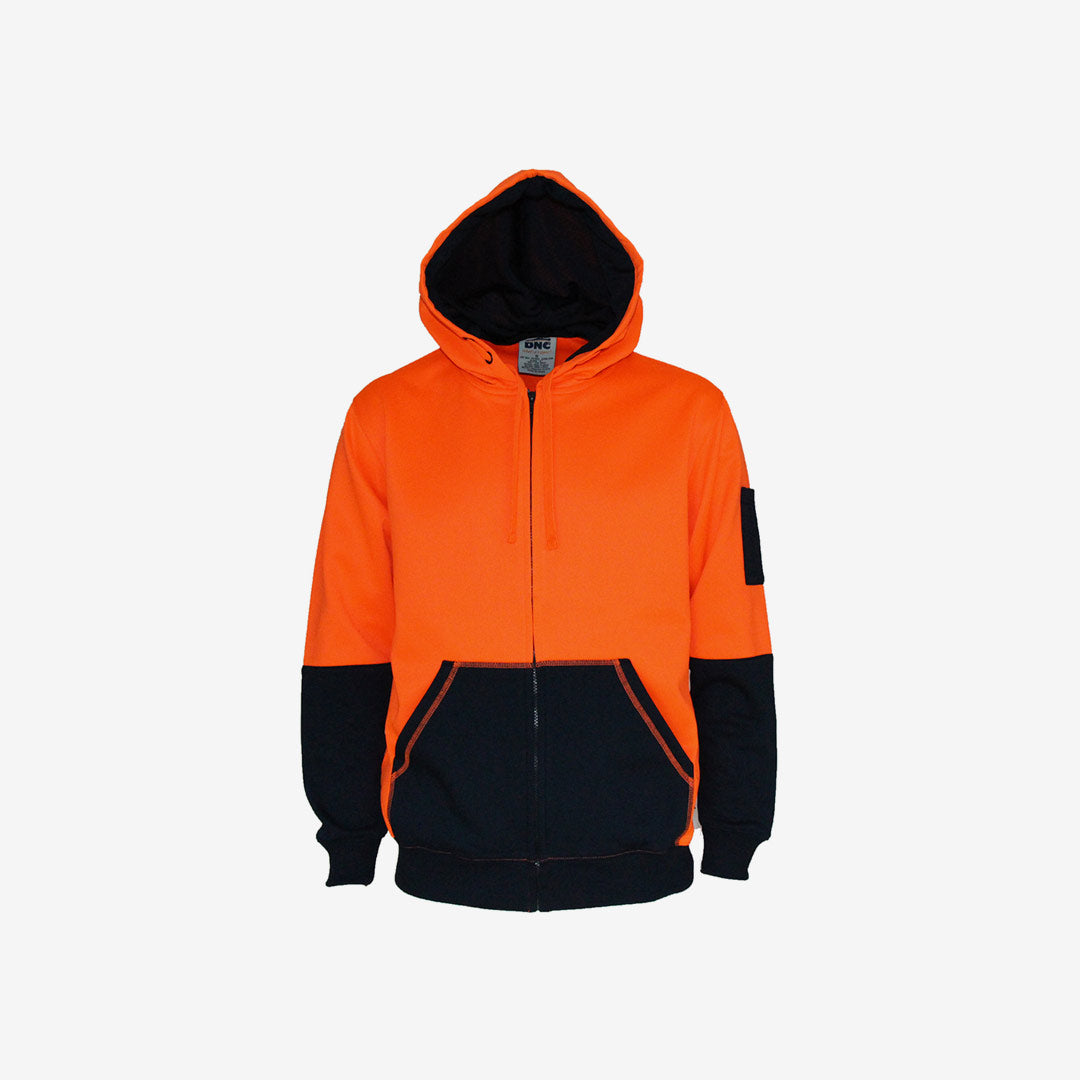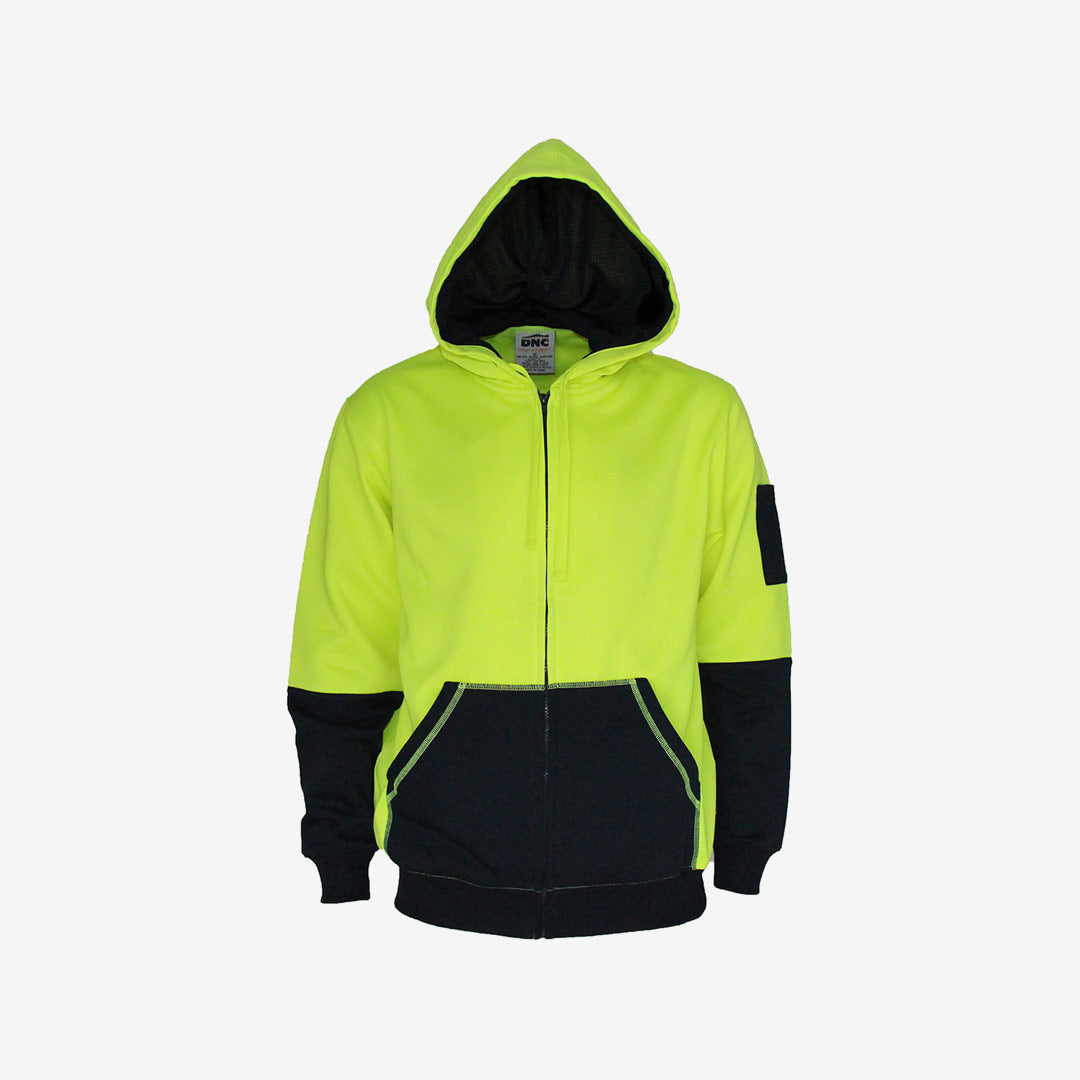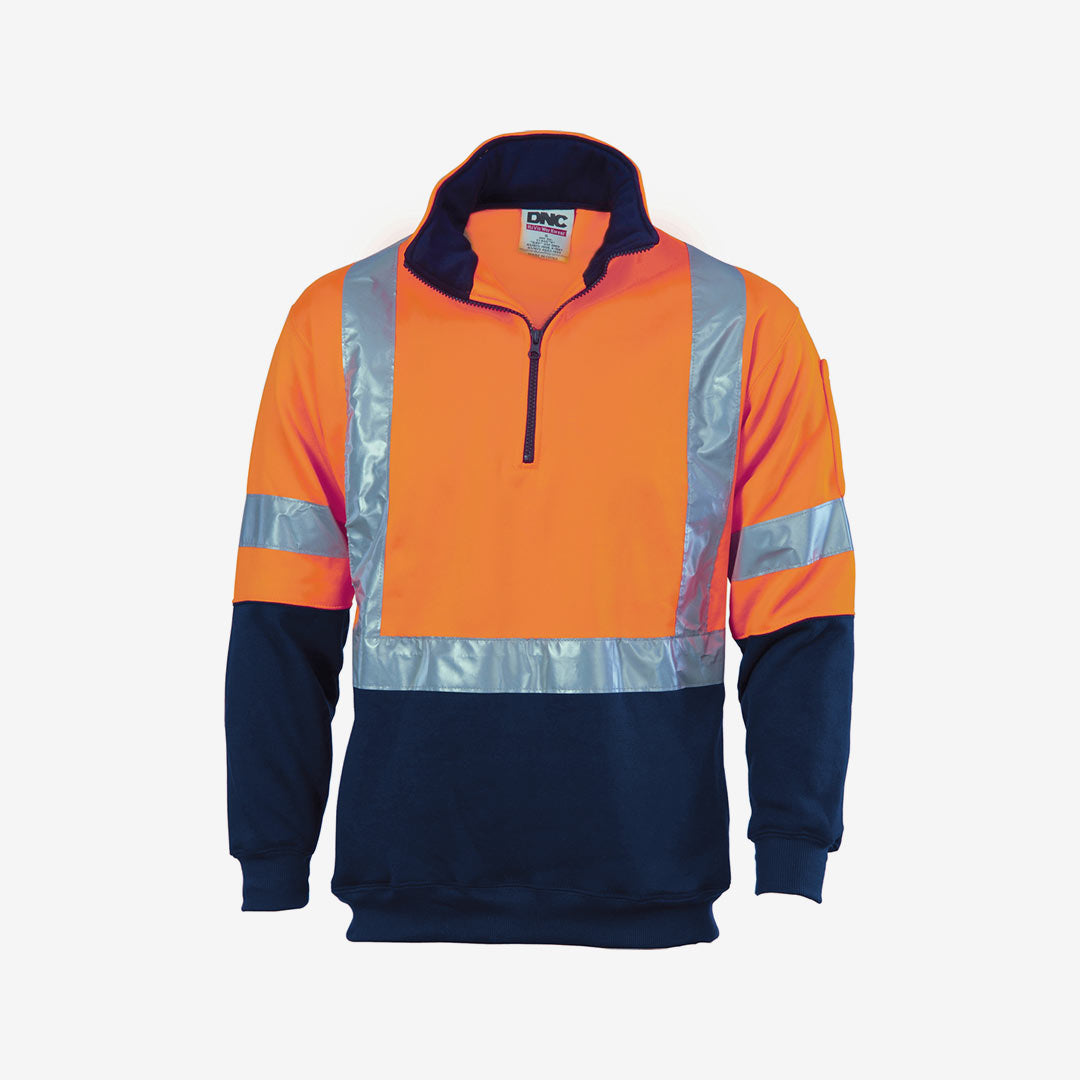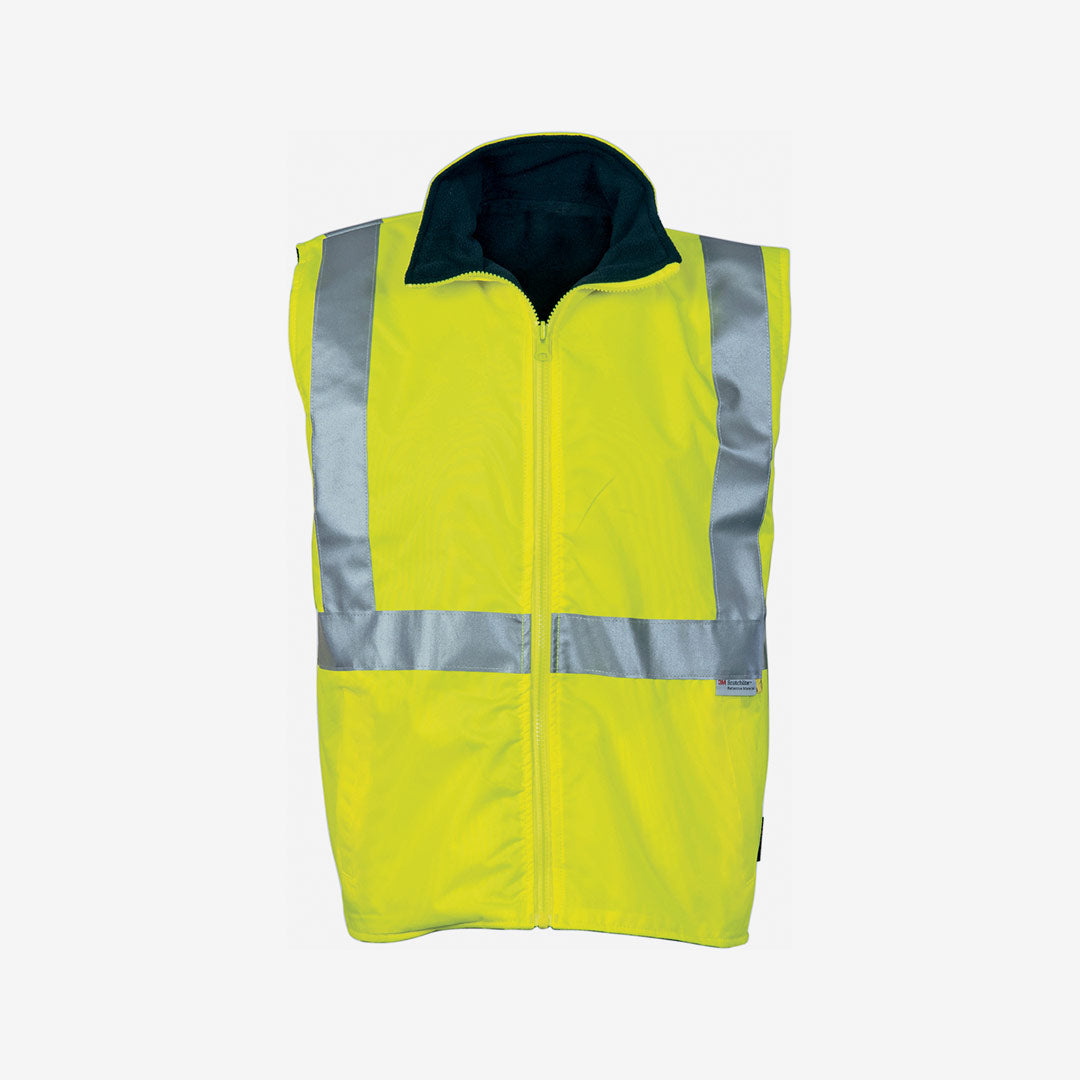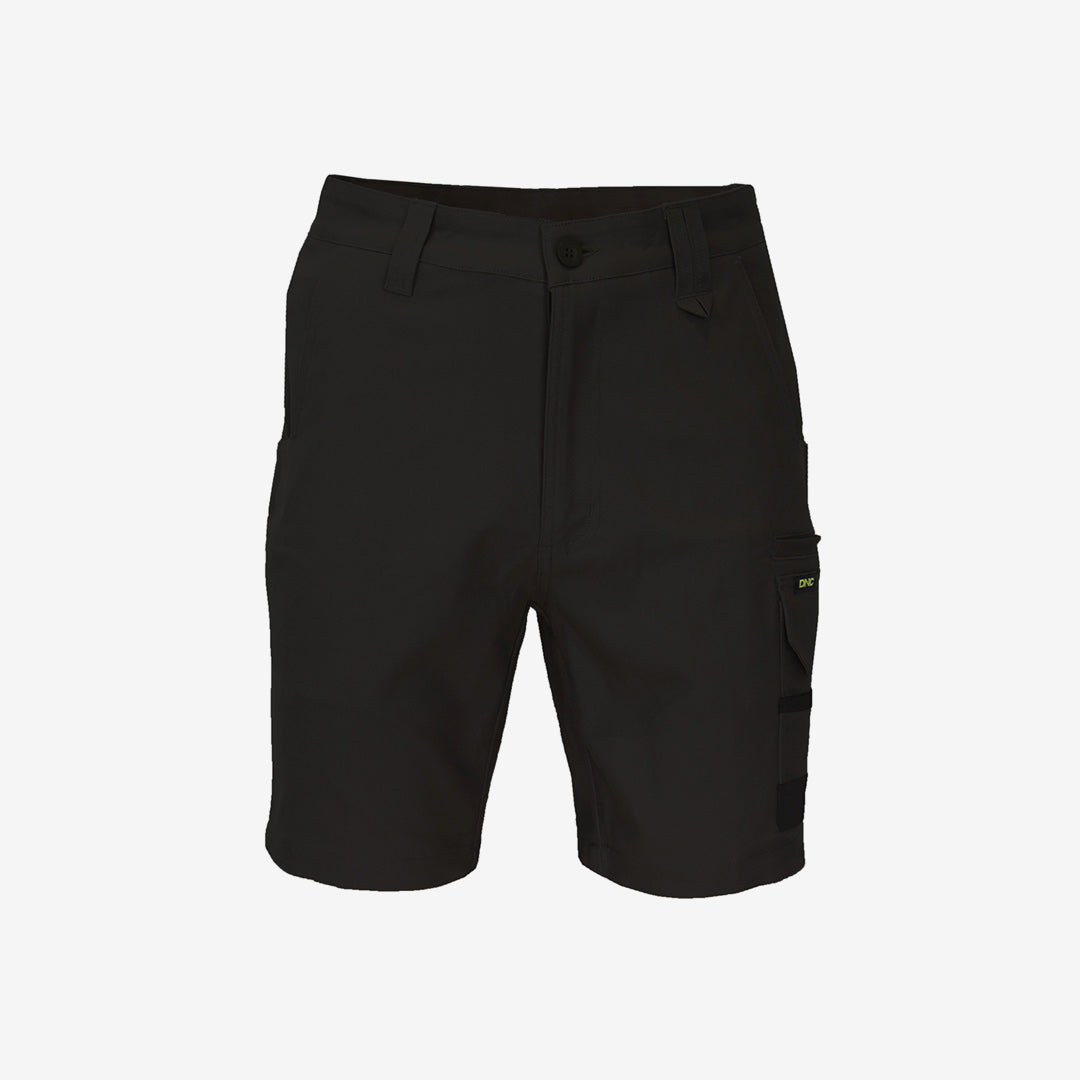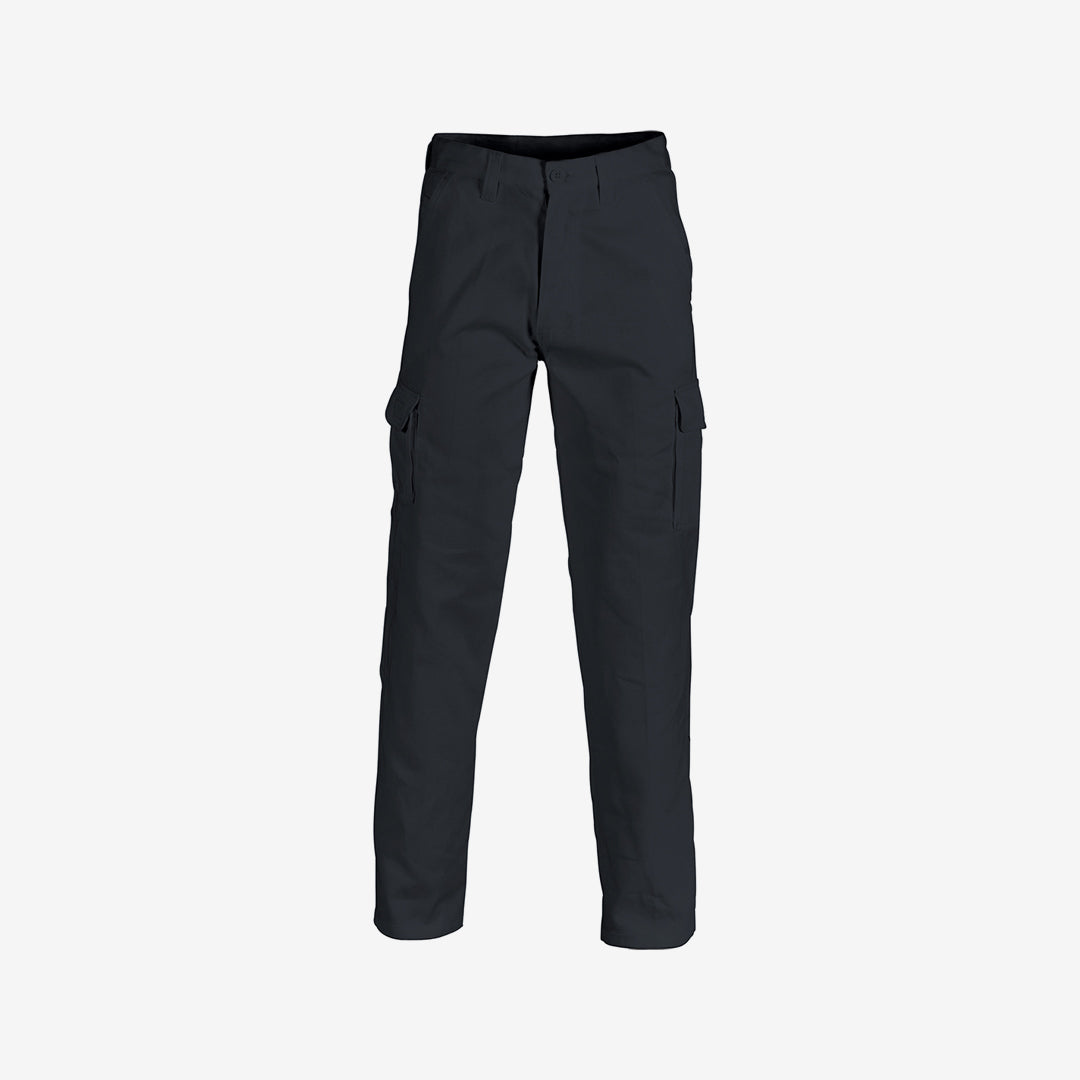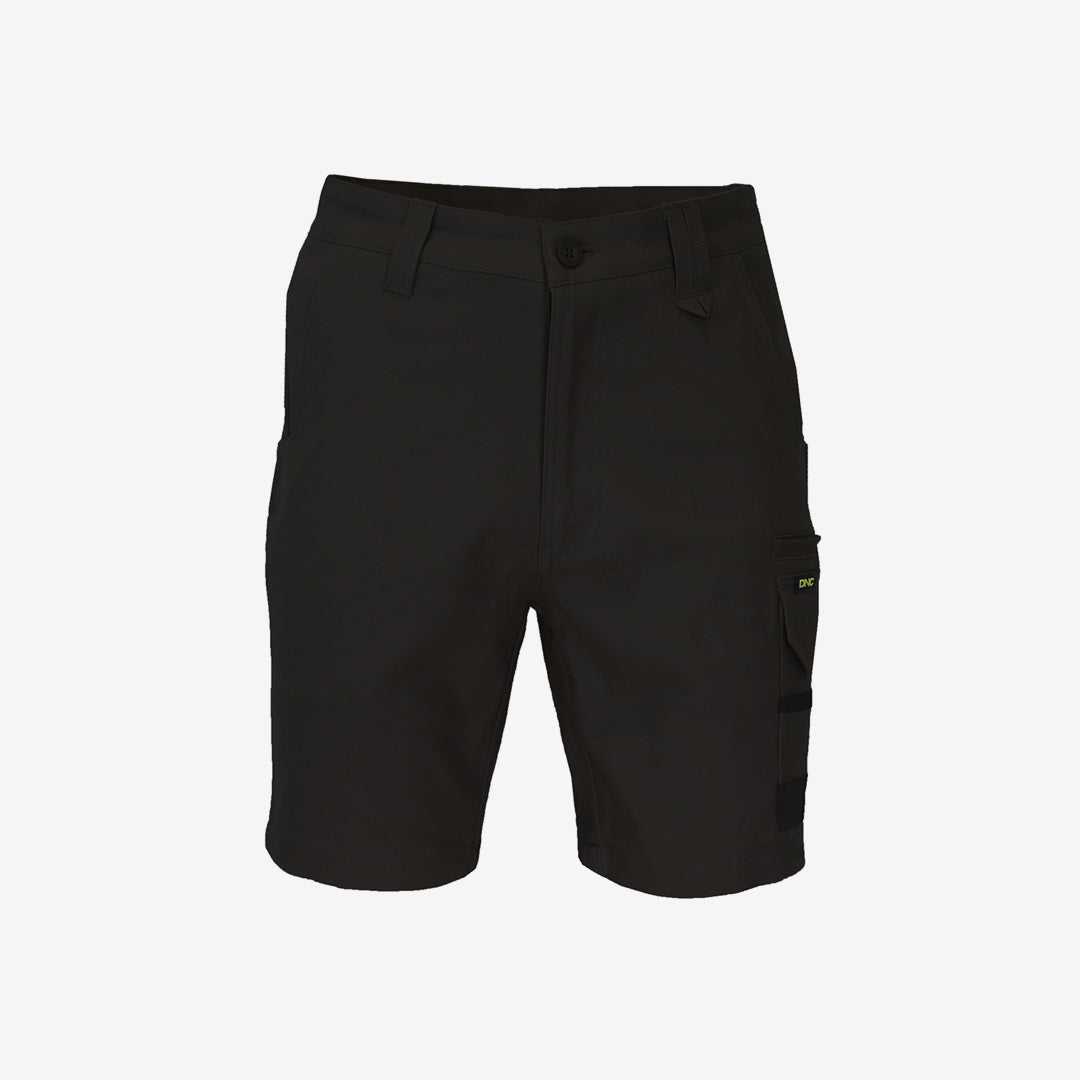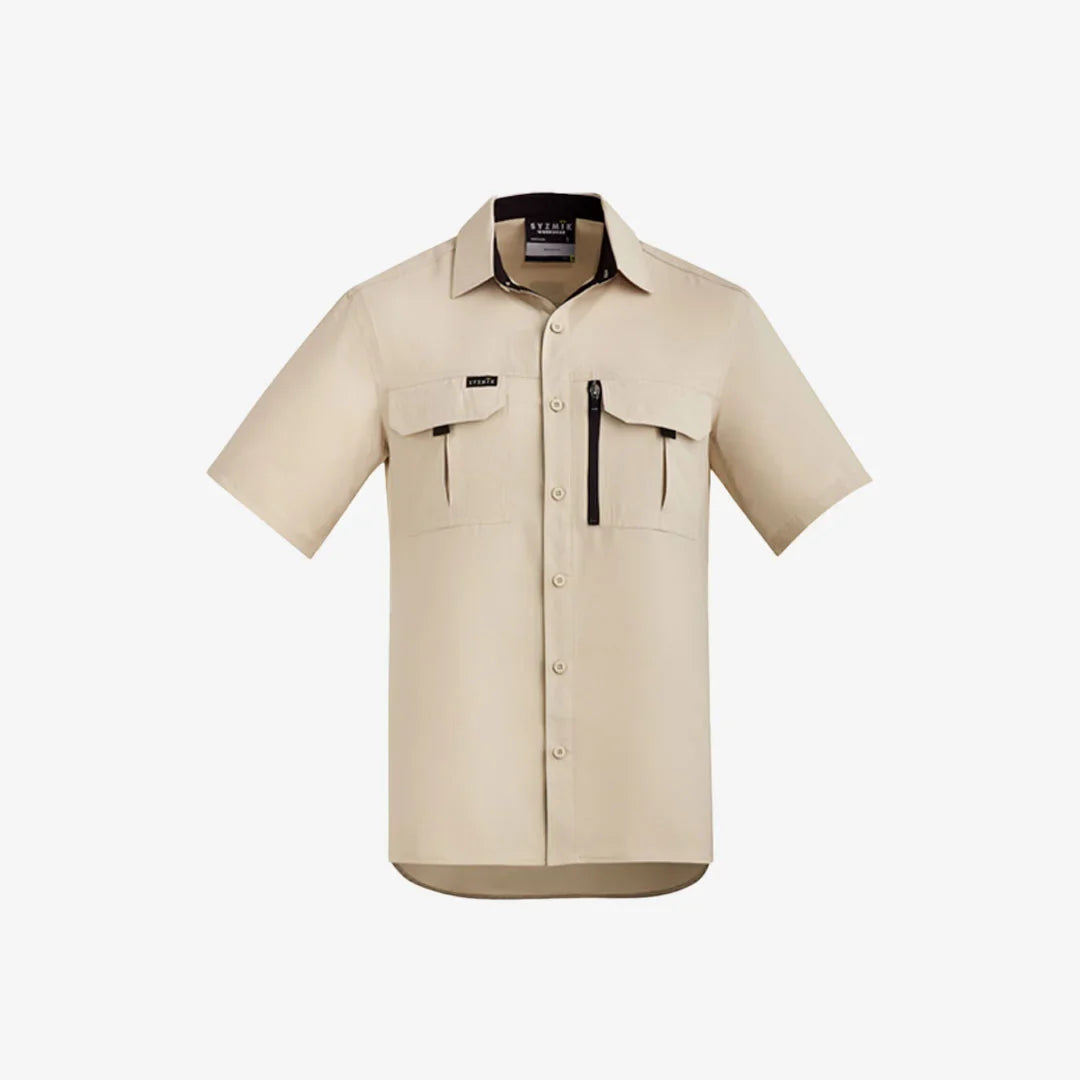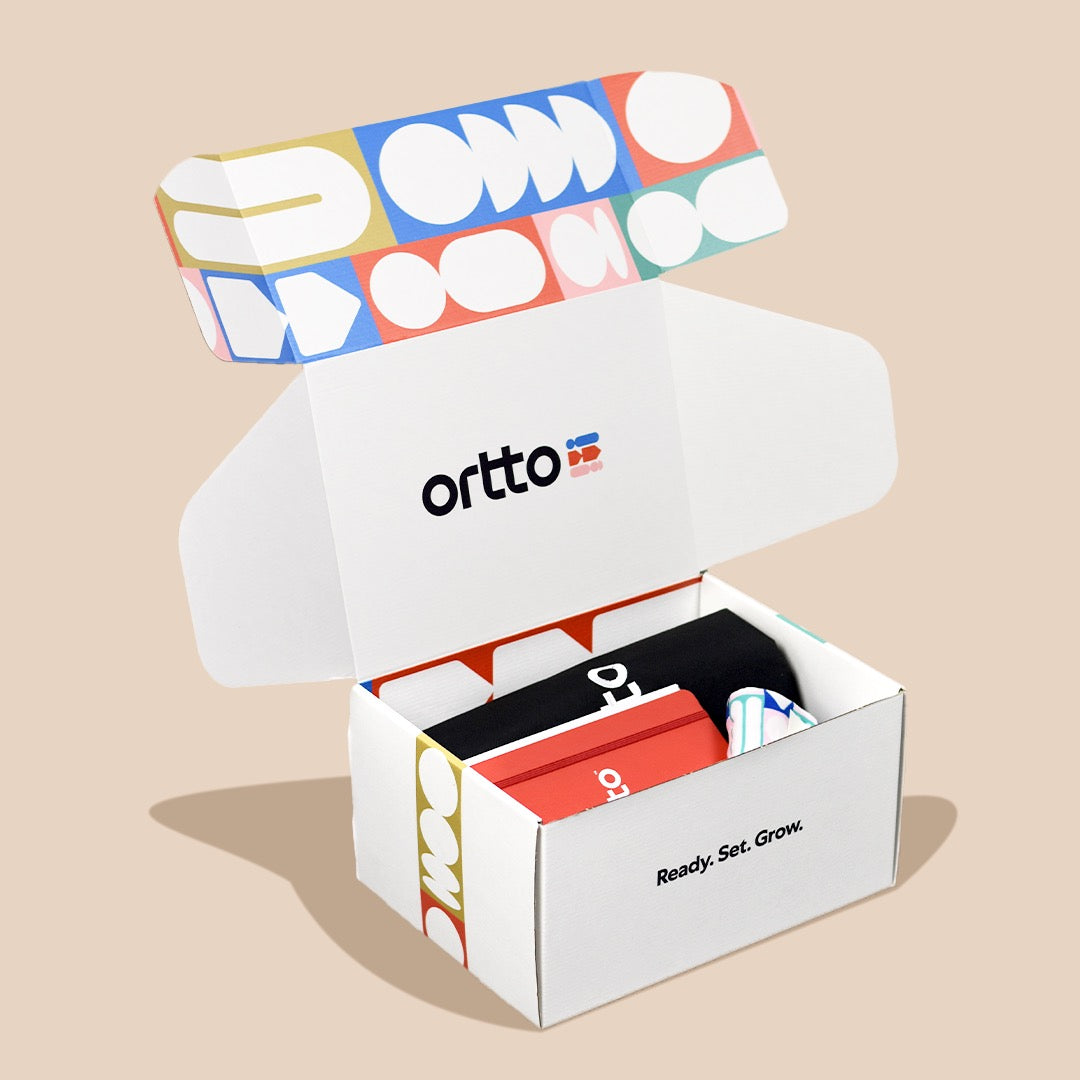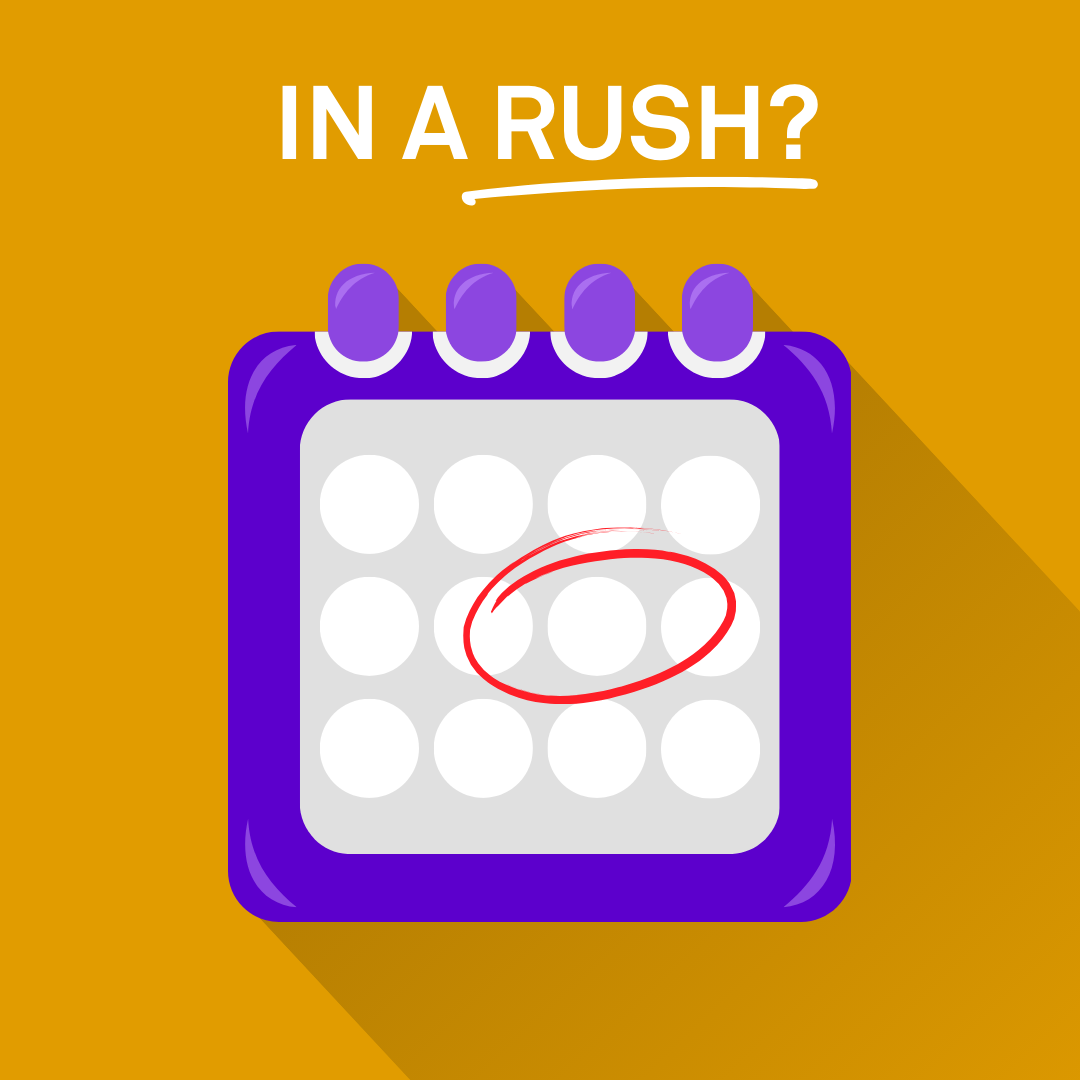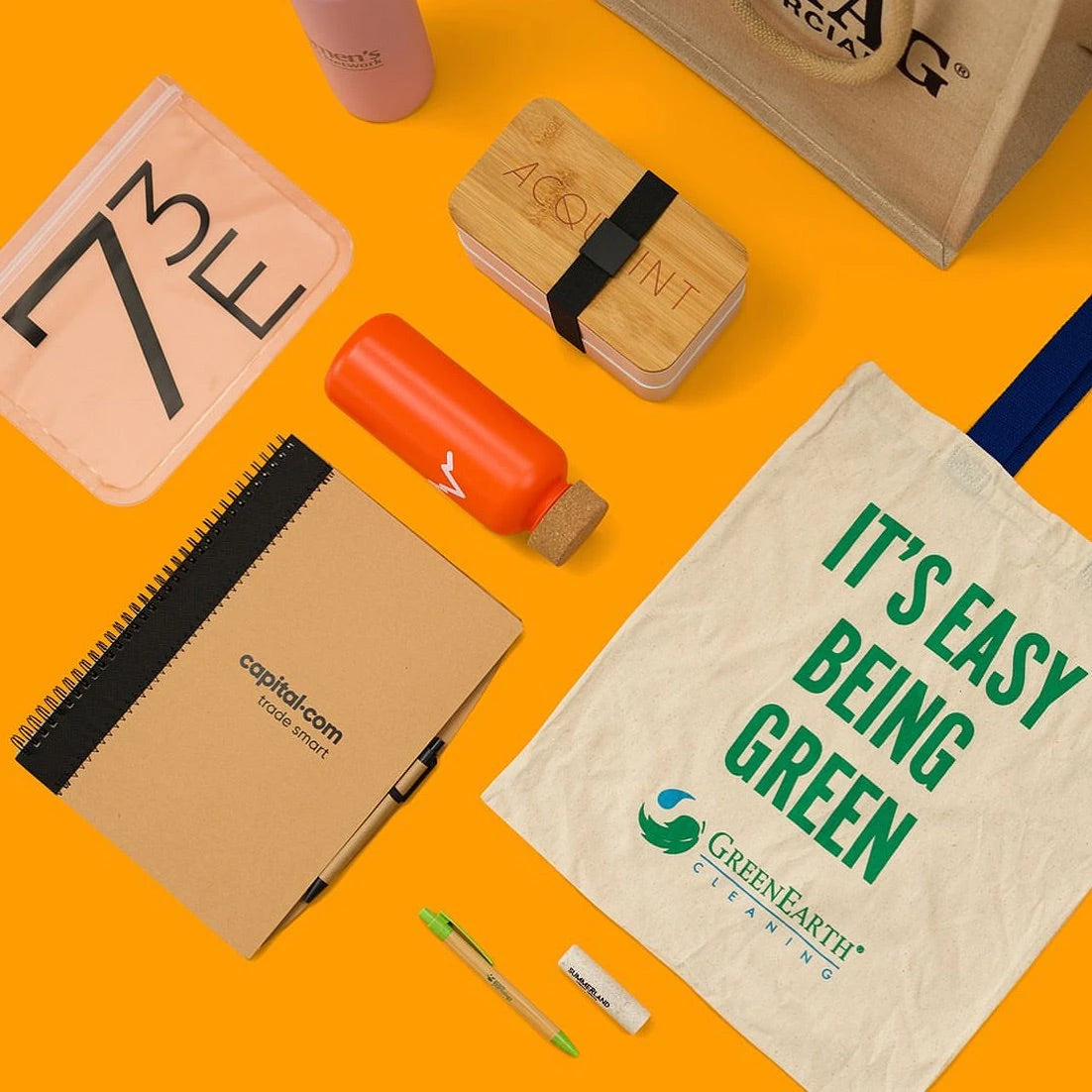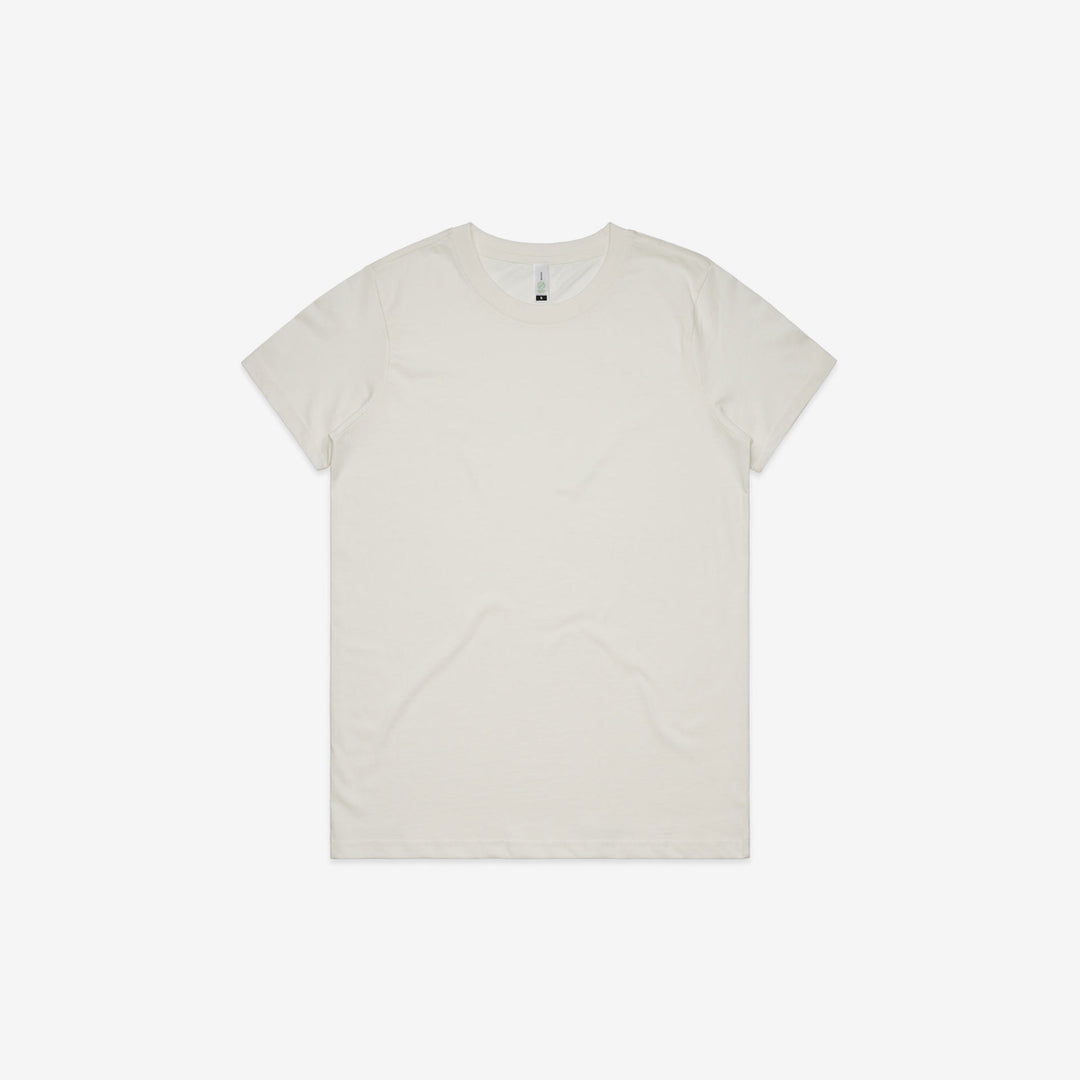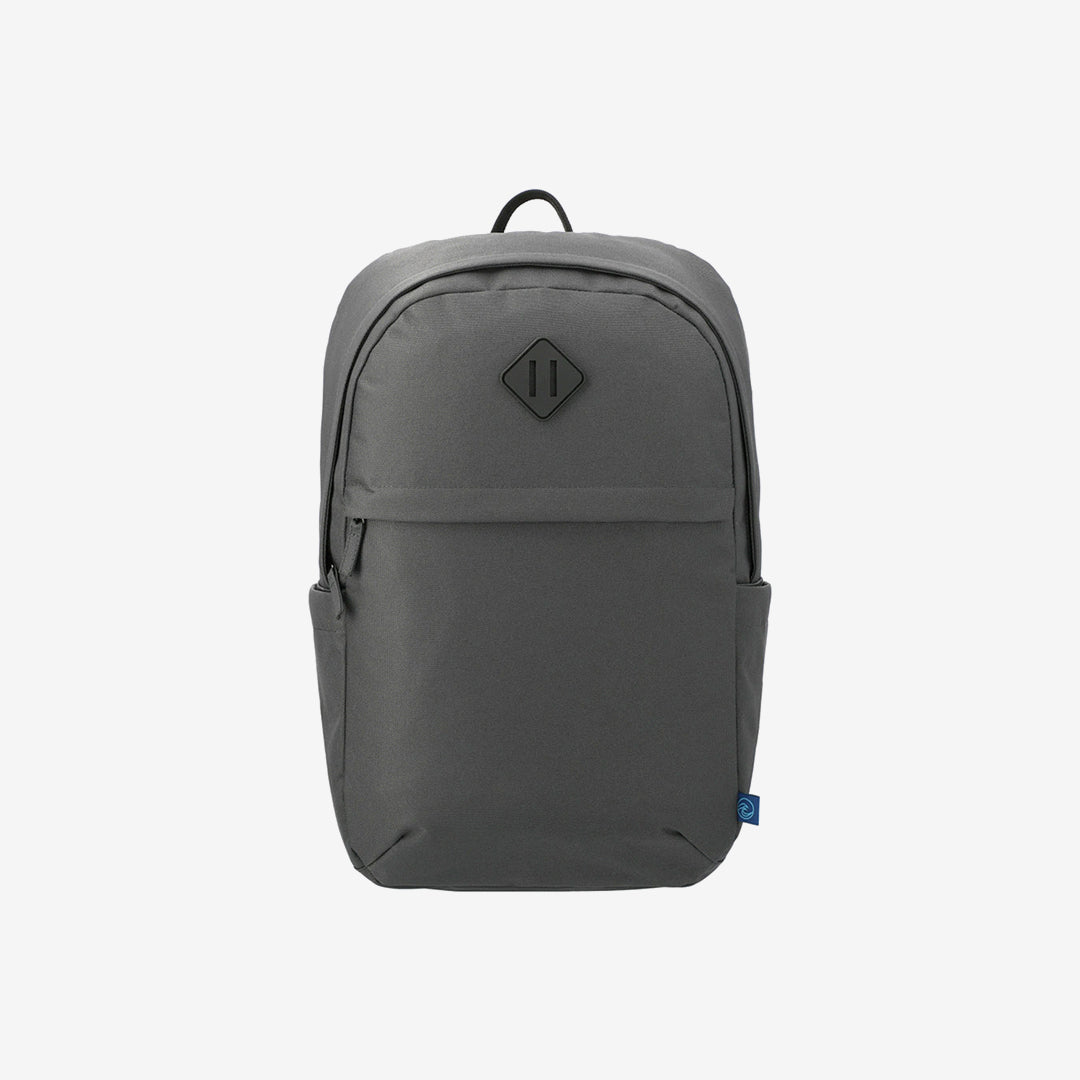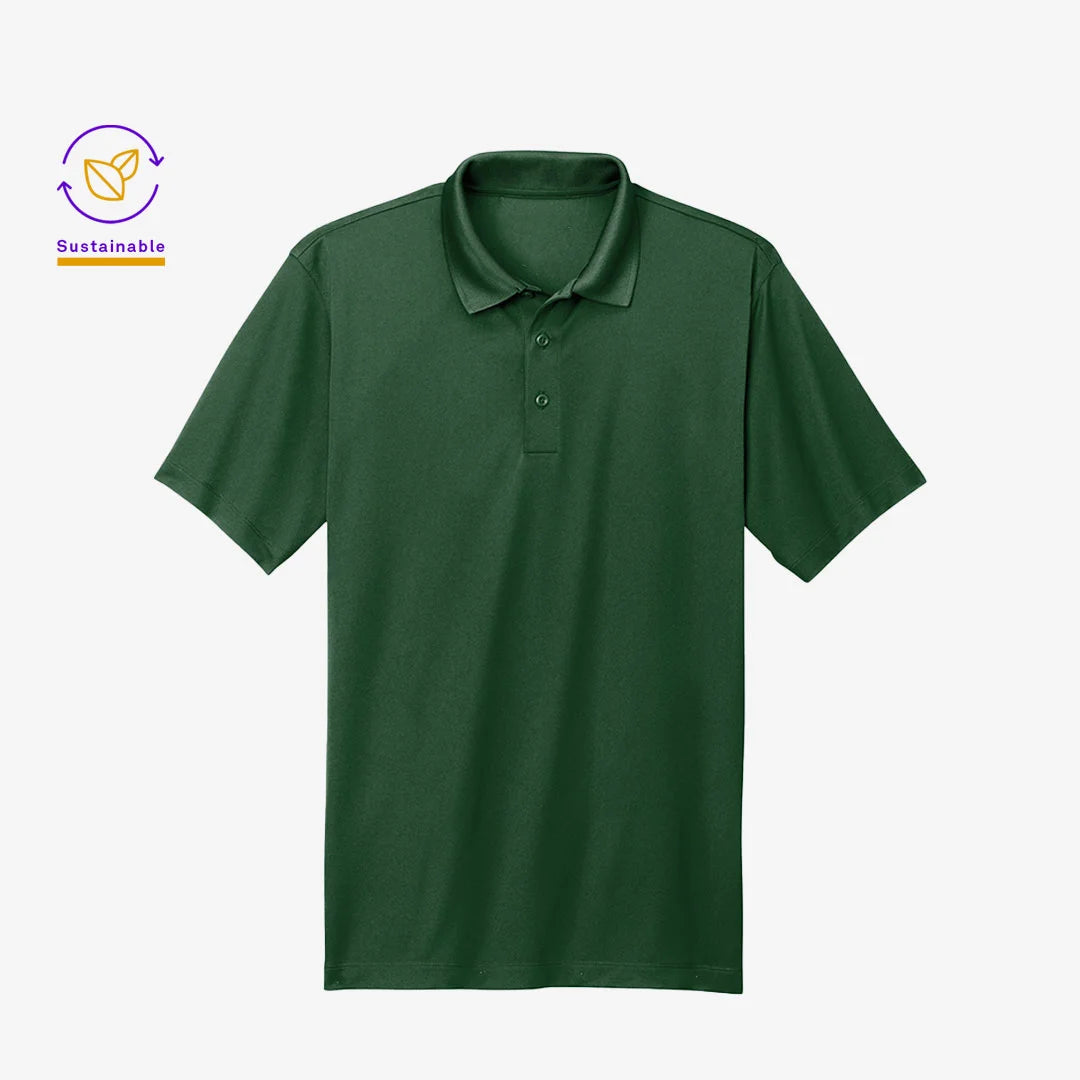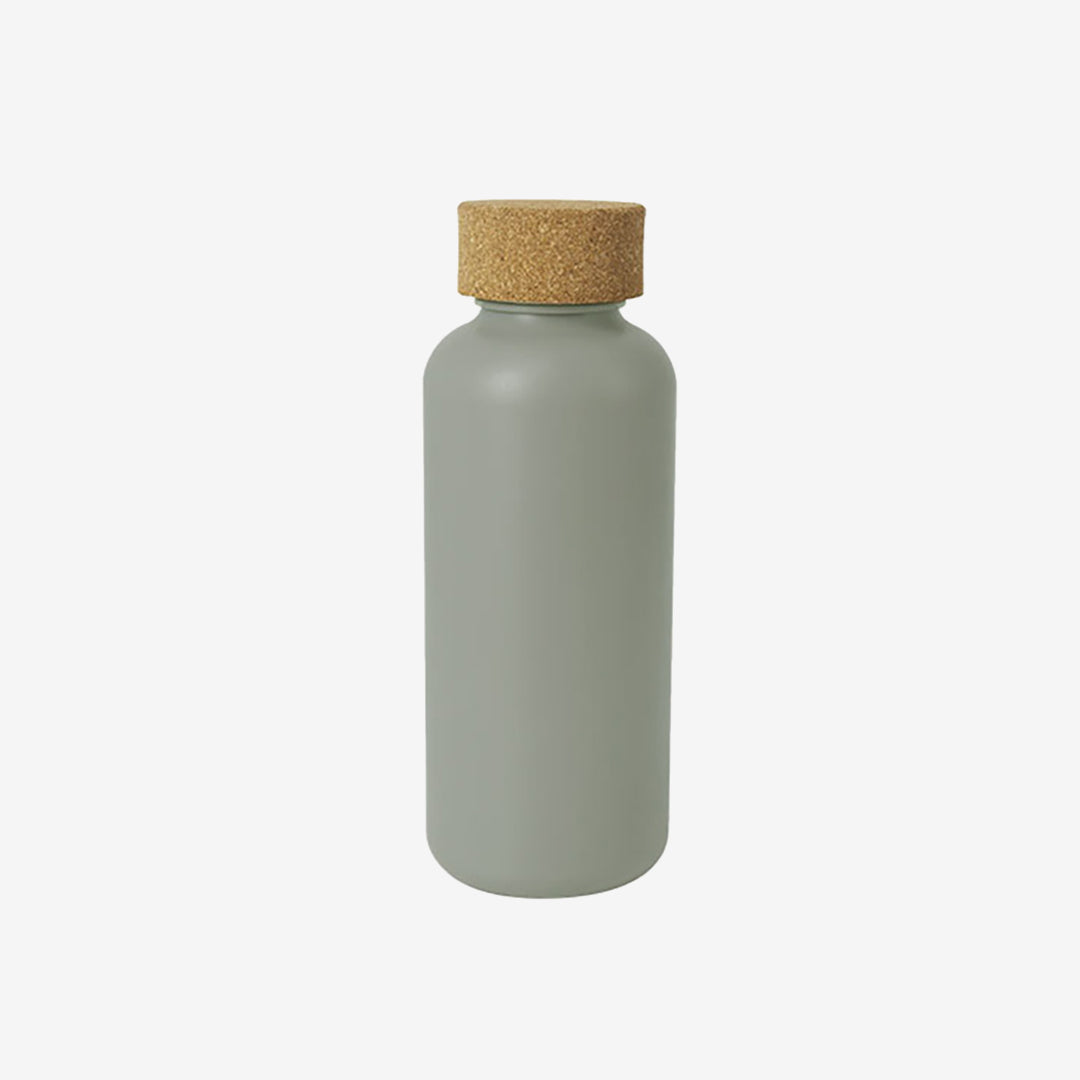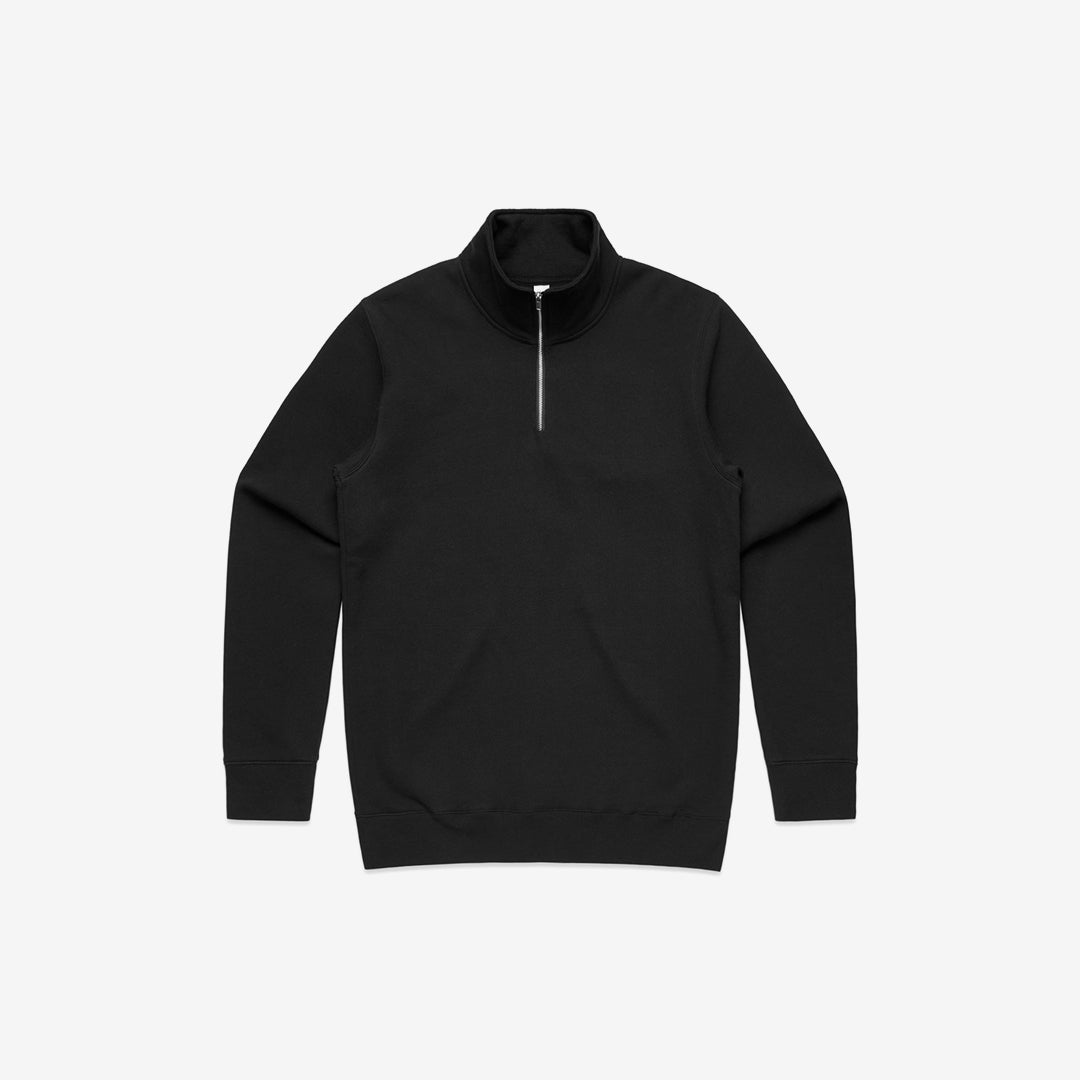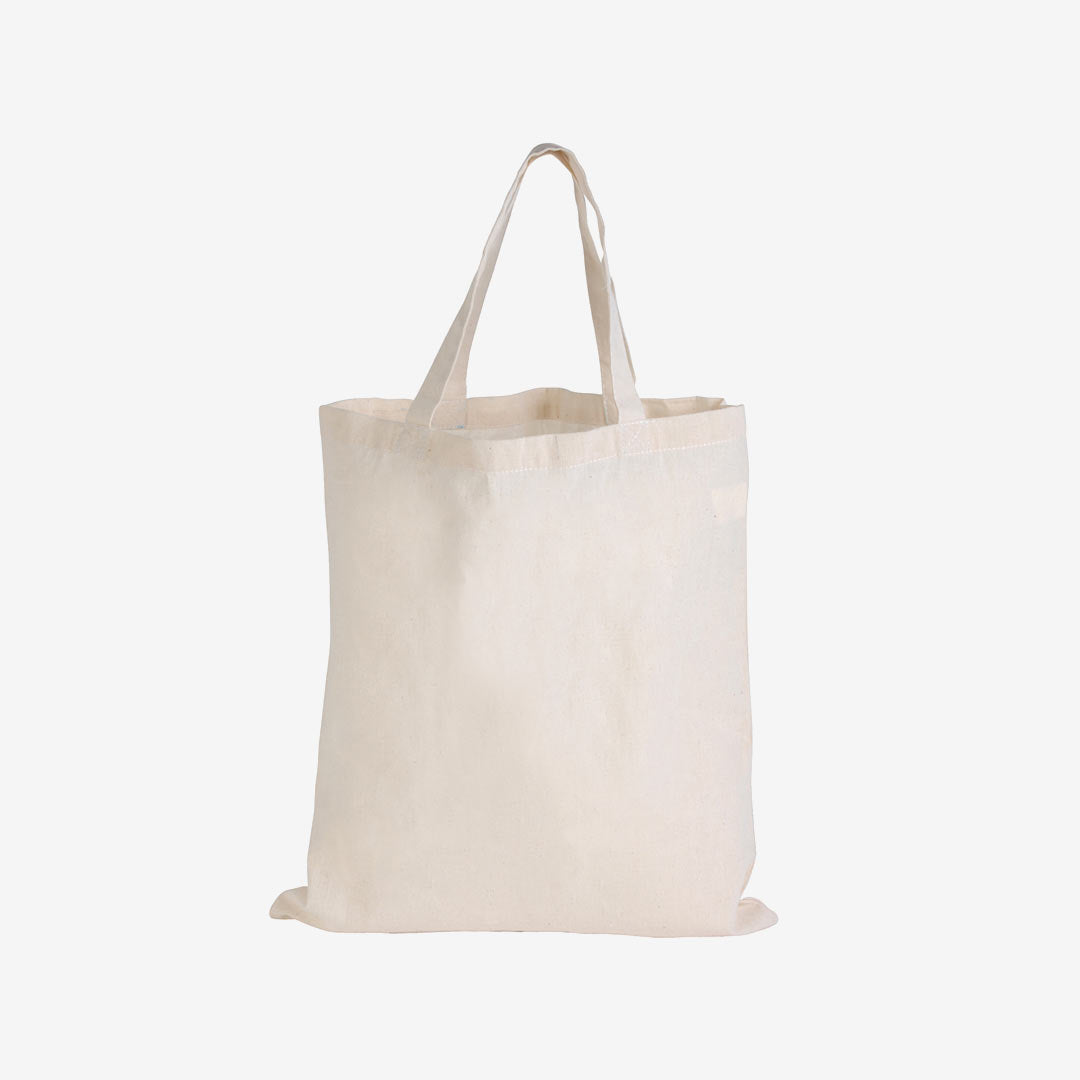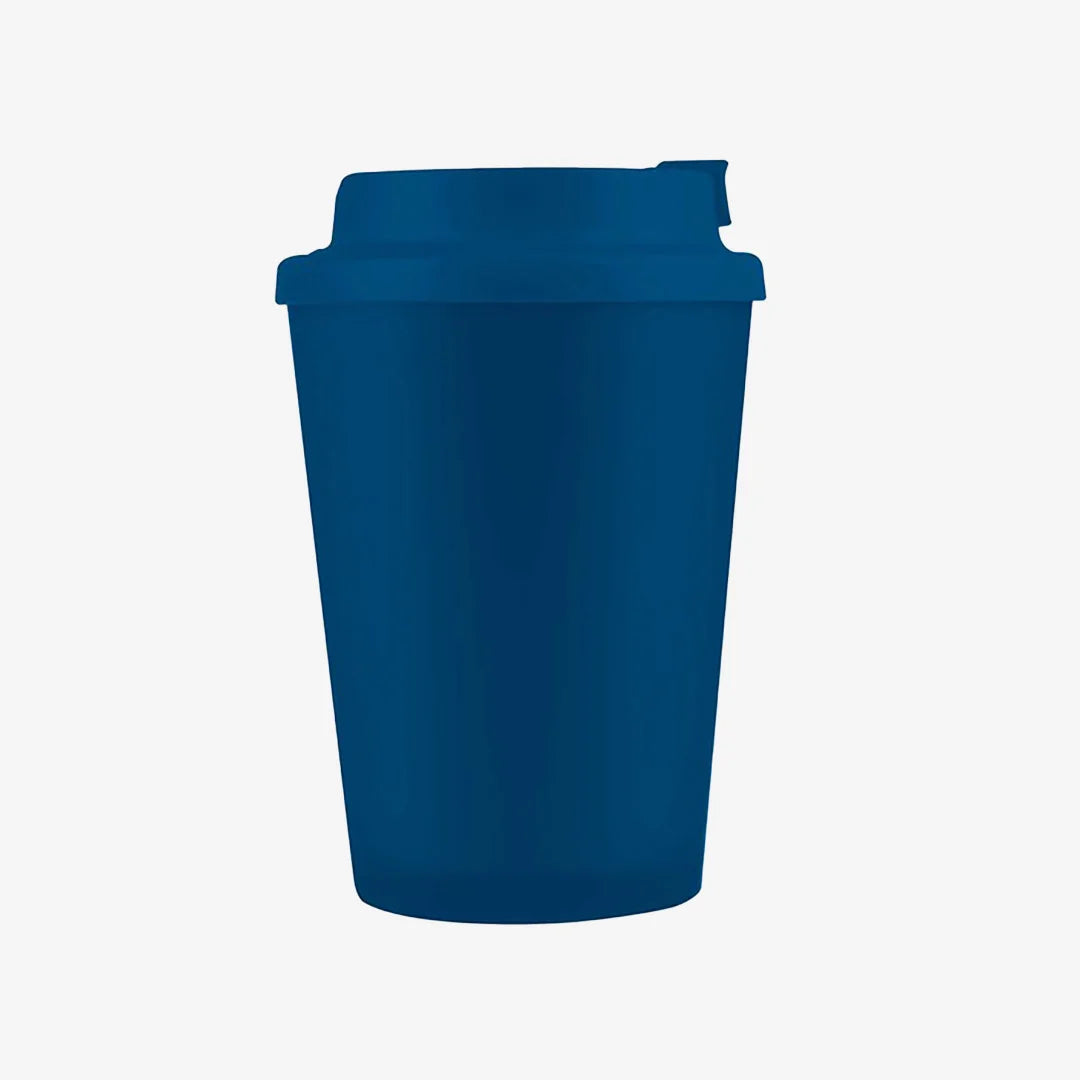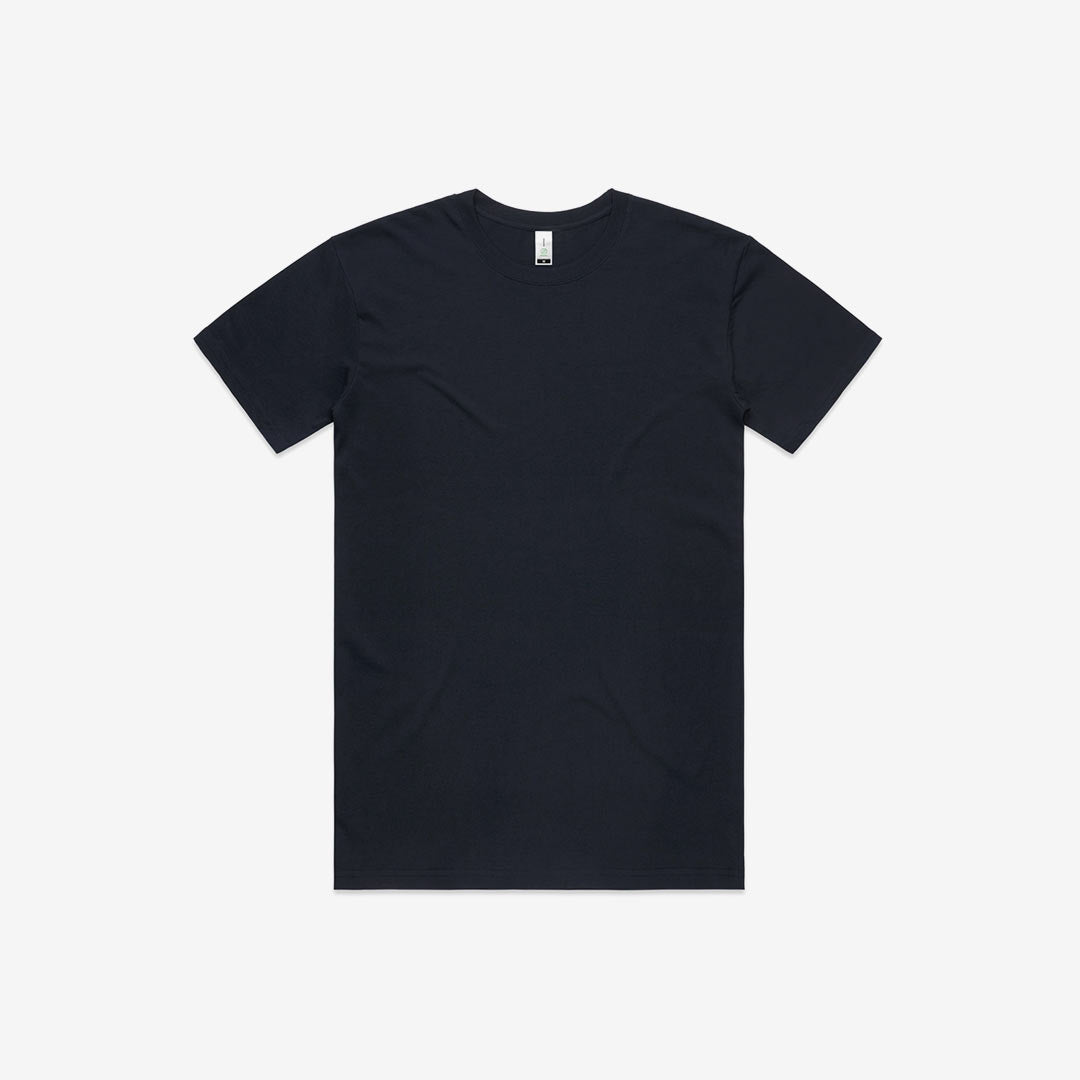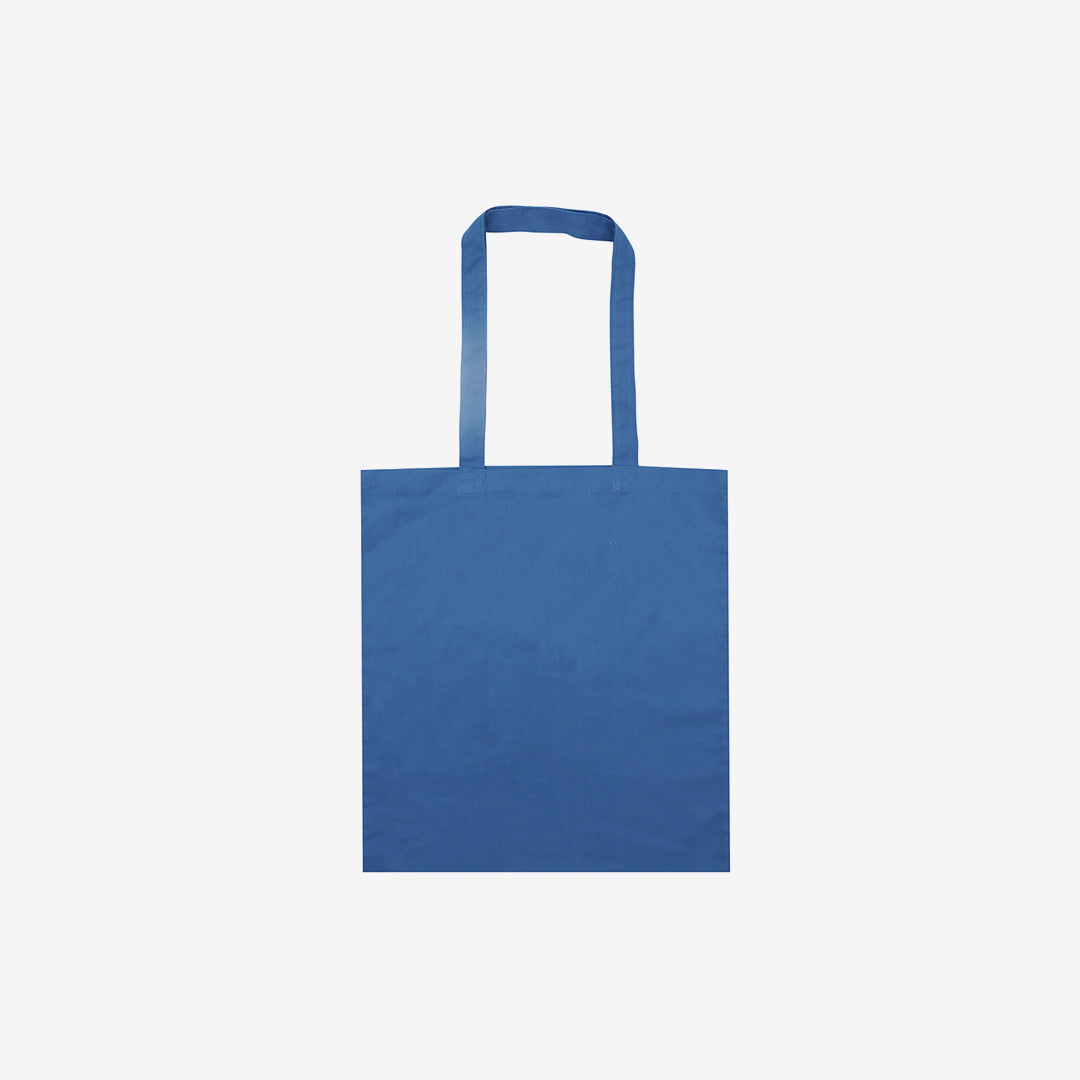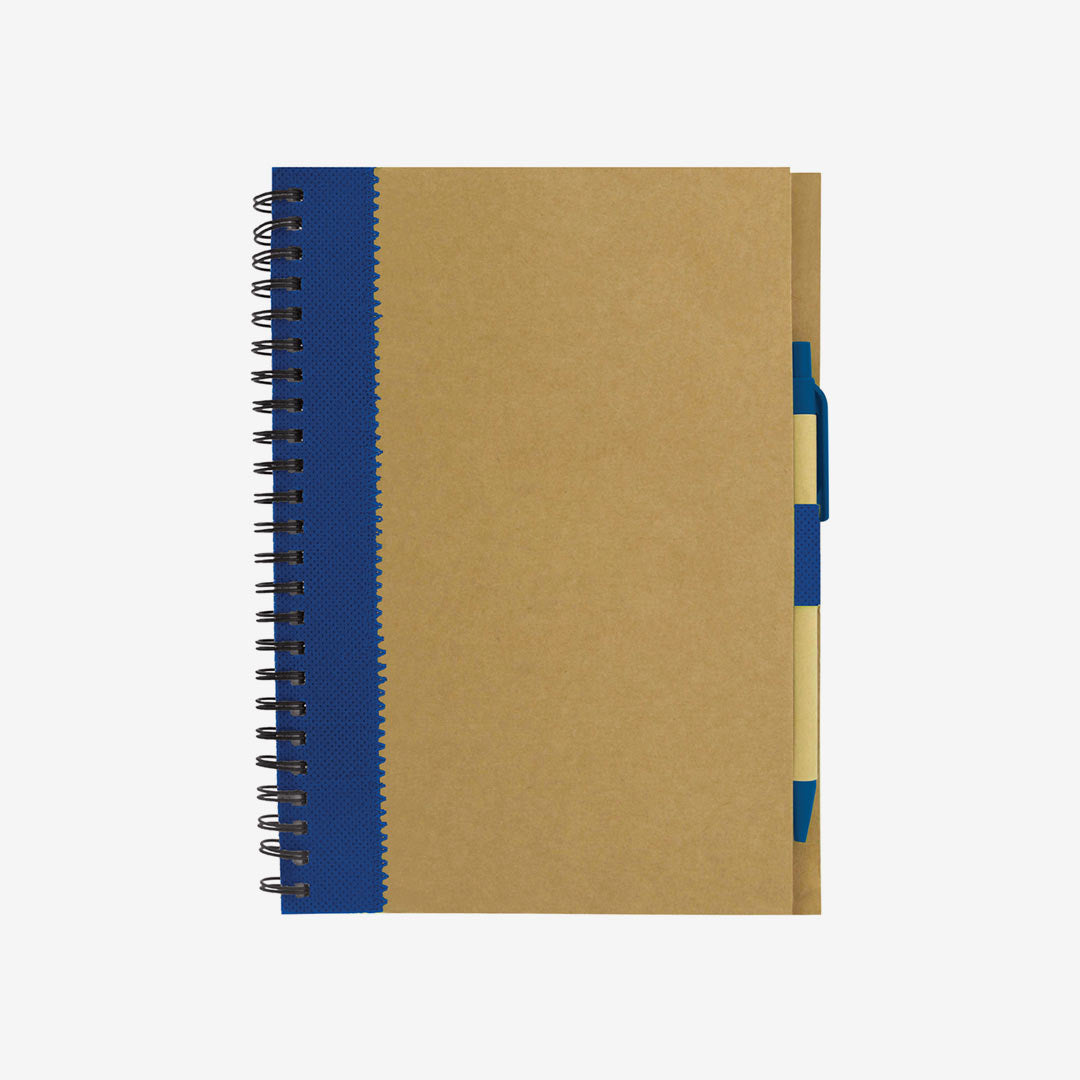Beginner's Guide to Custom Branding for New Businesses
What is Custom Branding and Why is it Crucial for Your New Business?
Custom branding for new businesses is the process of creating a unique visual identity, messaging, and overall perception that distinguishes your company from competitors. Here's what it includes and why it matters:
Key Components of Custom Branding:
- Logo design – your visual signature
- Colour palette – consistent colours across all materials
- Typography – fonts that reflect your brand personality
- Brand voice – how you communicate with customers
- Brand story – your company's mission and values
- Visual guidelines – rules for maintaining consistency
Why Custom Branding is Essential:
- Creates instant recognition and trust
- Differentiates you from competitors
- Builds customer loyalty and emotional connection
- Enables premium pricing
- Attracts quality employees
- Increases sales by over 20 % when applied consistently
Starting a new business without a clear brand identity is like opening a shop without a sign. Research shows that consistent corporate presentation across various buyer touch-points increases sales by over 20 %, while 87 % of consumers actively avoid doing business with companies they don't trust. Your brand is often the first impression potential customers have of your business, making it crucial to get it right from the start.
I'm Ben Read, co-founder of Mercha, with over a decade of experience helping businesses build strong brand identities through strategic merchandise and sustainable branding solutions. Through my work with companies ranging from start-ups to Fortune 500 brands, I've seen how effective custom branding for new businesses can accelerate growth and build lasting customer relationships.
When we talk about custom branding, we're referring to much more than just a pretty logo. It's about creating a complete identity system that communicates who you are, what you stand for, and why customers should choose you over the competition. Think of it as your business's personality made visible.
The statistics speak for themselves: more than 75 % of B2B marketing leaders acknowledge the critical importance of effective corporate identity for achieving growth. Meanwhile, 55 % of customers compelled by a brand's narrative make a purchase, proving that storytelling through branding directly impacts your bottom line.
The Step-by-Step Process for Creating & Launching Your Brand
Creating a successful brand requires a systematic approach that balances strategic thinking with creative execution. Here's how to build your brand from the ground up:
Step 1: Brand Strategy and Findy
Before you design a single logo or choose a colour, you need to understand your market, your audience, and your unique position within the competitive landscape.
Target Audience Research Start by creating detailed buyer personas. Who are your ideal customers? What are their pain points, preferences, and purchasing behaviours? Understanding your audience deeply will inform every branding decision you make.
Market Research and Competitor Analysis Study your competitors' branding strategies. What's working for them? Where are the gaps you can fill? This isn't about copying – it's about understanding the landscape and finding your unique space within it.
Unique Selling Proposition (USP) What makes your business different and better than the alternatives? Your USP should be clear, compelling, and defensible. It becomes the foundation for all your messaging and positioning.
Mission Statement and Vision Statement Your mission explains why you exist, while your vision describes where you're heading. These statements should be authentic, inspiring, and specific enough to guide decision-making.
Core Values Identify 3-5 core values that define how you operate. These values should influence everything from hiring decisions to customer service policies. They're not just words on a wall – they're the principles that guide your business behaviour.
Writing an effective design brief is crucial at this stage. A well-crafted brief ensures that any designer or agency you work with understands your vision and can translate it into effective visual solutions.
Step 2: Designing Your Visual Identity (The Brand Kit)
Once your strategy is solid, it's time to bring your brand to life visually. Your brand kit should include all the visual elements needed to maintain consistency across all applications.
Logo Design Your logo system should include multiple variations to work across different contexts:
- Primary logo – main logo for most applications
- Secondary logos – simplified versions for small spaces
- Submarks – icon versions for social media profiles and favicons
Colour Palette Develop a comprehensive colour system that includes:
- Primary colours (2-3 main brand colours)
- Secondary colours (supporting colours for variety)
- Neutral colours (greys, whites, blacks for text and backgrounds)
- HEX codes for digital applications
- Pantone colours for print applications
Typography System Create a font hierarchy that includes:
- Primary fonts for headlines and important text
- Secondary fonts for body text and supporting content
- Font weights and sizes for different applications
Brand Patterns and Visual Elements Develop supporting visual elements like patterns, icons, or graphic styles that reinforce your brand personality and create visual interest.
What is a Vector File and Why Does It Matter for Your Merch? – understanding file formats is crucial for maintaining quality across all applications. Vector files ensure your logo looks crisp at any size, from business cards to billboards.
Step 3: Launching and Maintaining Consistency
The final step is implementing your brand across all touch-points and maintaining consistency over time.
Brand Launch Strategy Plan your brand reveal strategically. Consider updating all your materials simultaneously – website, social media profiles, business cards, and any existing marketing materials. A coordinated launch creates maximum impact and prevents confusion.
Digital Applications Ensure your branding is consistent across:
- Website design and user interface
- Social media profiles and posts
- Email signatures and templates
- Digital advertising materials
Physical Applications Don't forget about offline touch-points:
- Business cards and stationery
- Packaging and labels
- Signage and displays
- Uniforms and merchandise
Promotional Power: Essential Products for Business Branding and An Essential Guide to Promo Items for Business provide comprehensive guidance on using branded merchandise to reinforce your brand identity and increase visibility.
How to Get Custom Branding for New Businesses: Your Options & Costs
When you're starting a new business, the question isn't whether you need branding—it's how to get it done within your budget and timeline. The good news is that custom branding for new businesses has never been more accessible, with options ranging from DIY solutions to full-service agencies.
Let's break down your three main paths forward:
| Approach | Cost Range | Time Required | Customisation Level | Expertise Required |
|---|---|---|---|---|
| DIY Tools | $0-$200 | 1-7 days | Low | Minimal |
| Freelancer | $1,000-$7,000 | 2-6 weeks | High | Moderate |
| Agency | $10,000-$50,000+ | 1-4 months | Very High | Minimal |
Each approach has its sweet spot depending on your budget, timeline, and long-term vision. Here's what you need to know about each option.
The DIY Approach: Using Online Tools
If you're bootstrapping your startup and need to get to market quickly, DIY branding tools can be a lifesaver. These platforms have come a long way from the clipart-heavy designs of the past.
Popular DIY platforms like logo makers, brand kit generators, and Canva's Brand Kit offer thousands of professionally designed templates. You can customise colours, fonts, and layouts to match your vision, often creating a complete brand package in just a few hours.
The pros of going DIY are compelling for cash-strapped entrepreneurs. You're looking at extremely low costs—often under $200 total—with the ability to make changes instantly. There's something empowering about having complete control over your brand's look and feel, especially when you're just starting out.
But let's be honest about the potential downsides. Generic designs are a real risk, and you might end up with a logo that looks suspiciously similar to your competitor's. More concerning are the potential trademark issues—most DIY platforms don't include trademark searches, which could lead to expensive legal headaches down the road.
DIY branding makes sense when you're in the very early stages of business development, testing your concept, or operating in a market where visual differentiation isn't critical. It's also perfect as a temporary solution while you save up for professional branding.
Hiring a Freelance Designer or Small Studio
Working with a freelance designer offers the perfect middle ground between DIY and agency work. You get one-on-one collaboration and bespoke design without the overhead costs of a large agency.
The beauty of freelance collaboration lies in the professional expertise you gain access to. A skilled designer brings years of experience, understanding of design principles, and knowledge of what works in your industry. They can guide you through strategic decisions while creating something uniquely yours.
Vetting freelancers requires some homework, but it's worth the effort. Look for designers whose portfolio review shows versatility and quality that aligns with your vision. Check their client testimonials, ensure they understand your industry, and confirm they'll provide source files and usage rights.
The mid-range cost typically delivers significant value. You'll usually receive a complete logo system, colour palette with proper codes, typography recommendations, and basic brand guidelines—everything you need to maintain consistency as you grow.
What is the Typical Investment for Custom Branding for New Businesses?
Understanding the cost factors helps you budget wisely and set realistic expectations for your branding investment.
DIY costs are refreshingly straightforward. You might spend $20-$100 on logo maker subscriptions, perhaps $10-$50 on stock imagery, and maybe invest in design software. Most businesses can create a basic brand identity for under $200.
Freelancer rates vary significantly based on designer experience and scope of work. A simple logo might cost $300-$1,500, while a complete brand kit typically runs $1,000-$5,000. For comprehensive branding including strategy and guidelines, expect to invest $3,000-$7,000.
Agency retainers start around $10,000 for basic branding projects, but comprehensive brand development including research, strategy, and implementation can easily reach $20,000-$50,000 or more.
Here's some practical budgeting advice: allocate 12-20% of your projected first-year revenue to marketing and branding combined. For most new businesses, this means starting modestly and scaling up as revenue grows.
The return on investment makes branding costs easier to justify. Strong branding can increase sales by over 20%, improve customer retention, and enable premium pricing. Many businesses find their branding investment pays for itself within the first year through increased sales and customer loyalty.
Branding isn't just an expense—it's an investment in your business's future success. Choose the approach that fits your current situation, but don't let a tight budget stop you from creating a professional presence in the market.
Featured Mercha Products for Your New Brand
Natural Cotton Shopper Tote
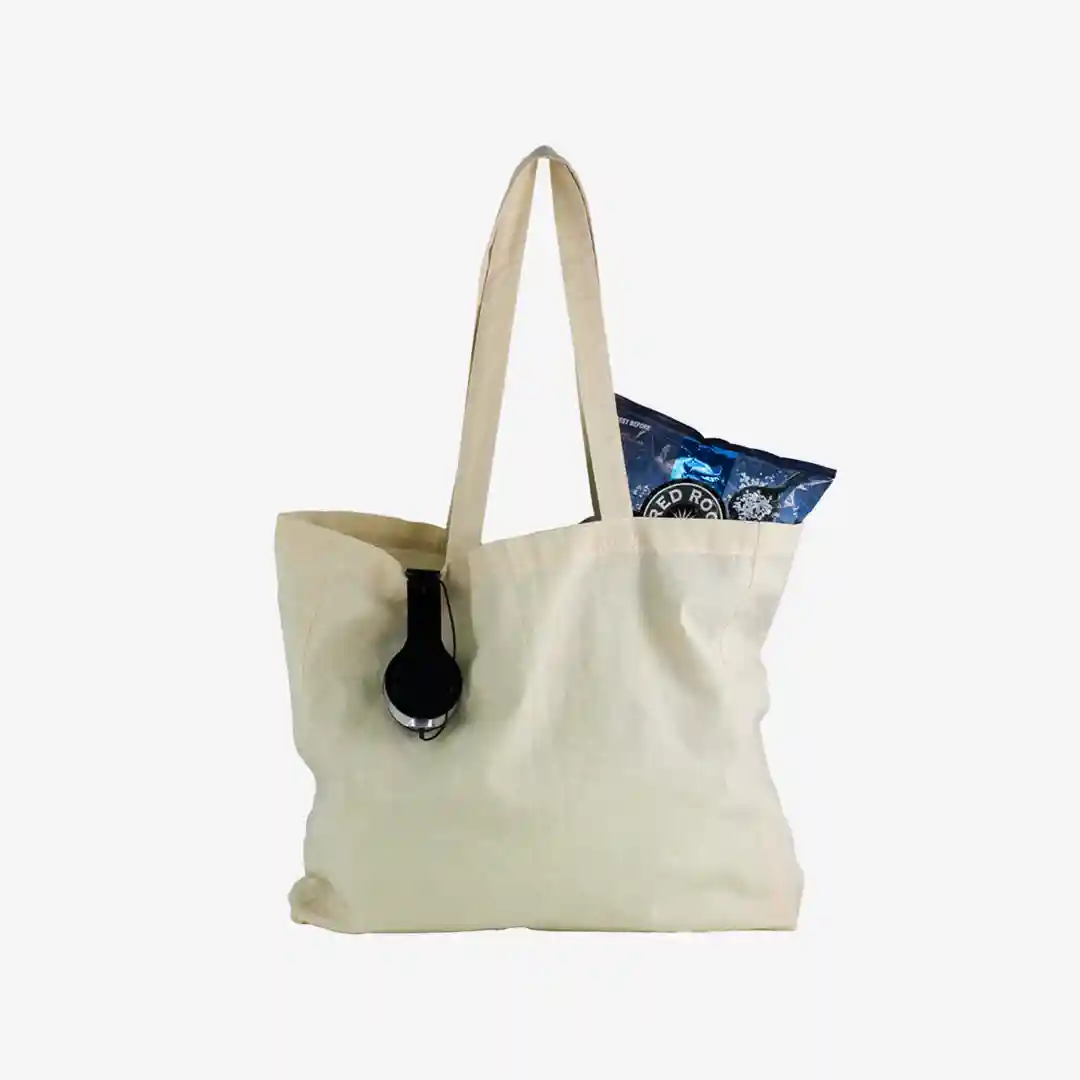
Impress your clients, staff, and event attendees with our Natural Cotton Shopper Tote—an ideal blend of style, practicality, and sustainability.
Crafted from lightweight yet strong 150gsm natural cotton, this reusable tote bag features a roomy main compartment and sturdy, reinforced shoulder straps designed for everyday comfort. Whether you're planning a corporate giveaway, hosting a conference, or running a promotional campaign, this branded shopper bag is a thoughtful and eco-conscious choice.
Add your company logo for a personalised, professional touch that keeps your brand front and centre.
Key Features:
- Made from breathable, natural 150gsm cotton
- Generous main compartment for everyday essentials
- Reinforced handles for extra comfort and durability
- Eco-friendly, reusable, and perfect for promotions
- Dimensions: 400mm x 360mm (flat) with 105mm gusset, 310mm handle length
Promo Brands Panda Eco Bamboo Pen
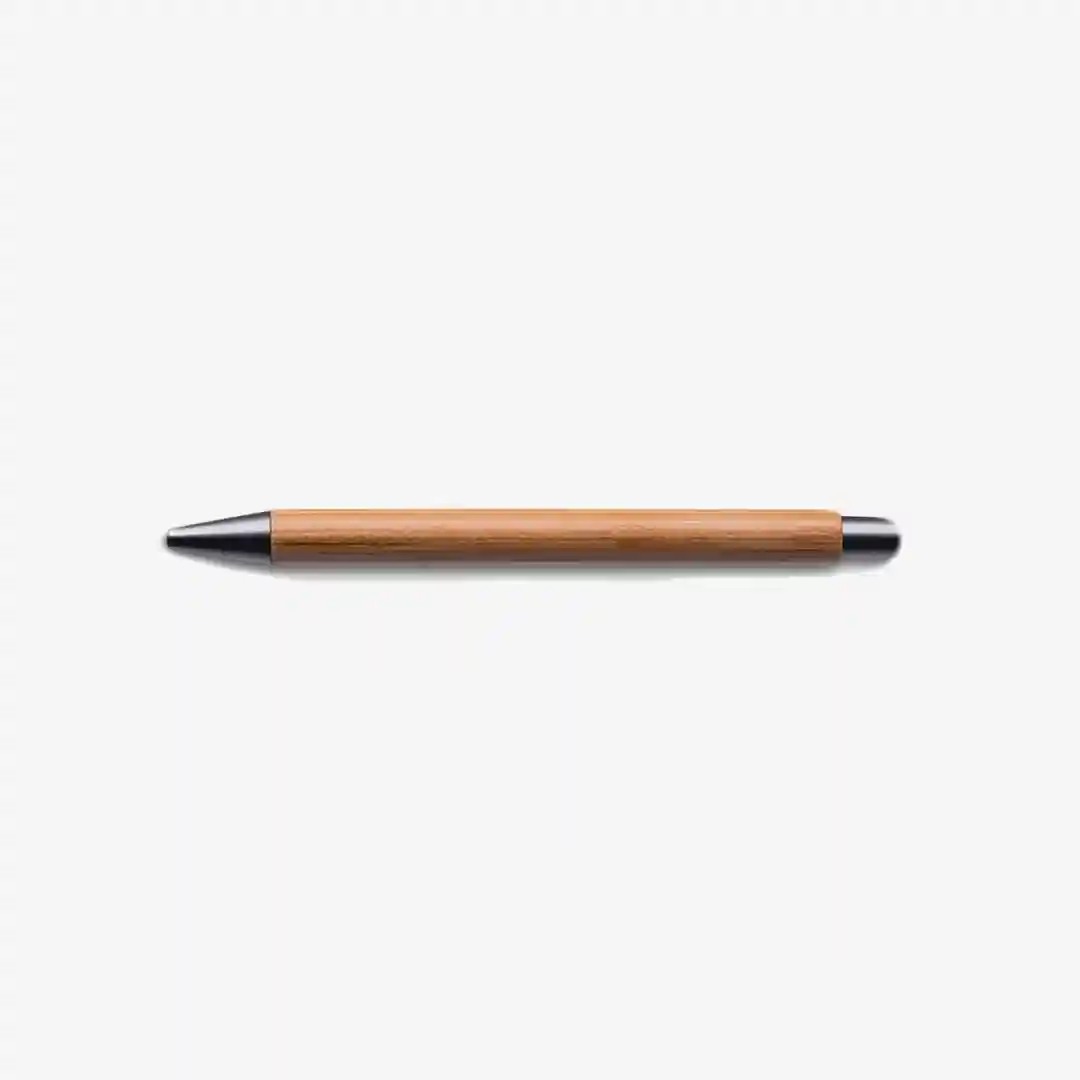
Make a lasting impression with the Promo Brands Panda Eco Bamboo Pen—an ideal promotional item for environmentally conscious clients, staff, and prospects. Crafted from sustainable bamboo and presented in a recyclable kraft sleeve, this sleek pen combines eco-friendly appeal with everyday practicality.
Add your logo to create a custom bamboo pen that reflects your brand values and commitment to sustainability.
Product Features:
- Made from responsibly sourced bamboo
- Dimensions: 141mm (L) x 11mm (W)
- Packaged in a kraft paper sleeve for a natural, eco-conscious finish
- Perfect for eco giveaways, sustainable office supplies, and branded merchandise
This eco promotional pen is a stylish and thoughtful gift that aligns with today’s demand for greener choices.
Shop The North Face Jester Backpack
'Type A' Custom Merch Pack
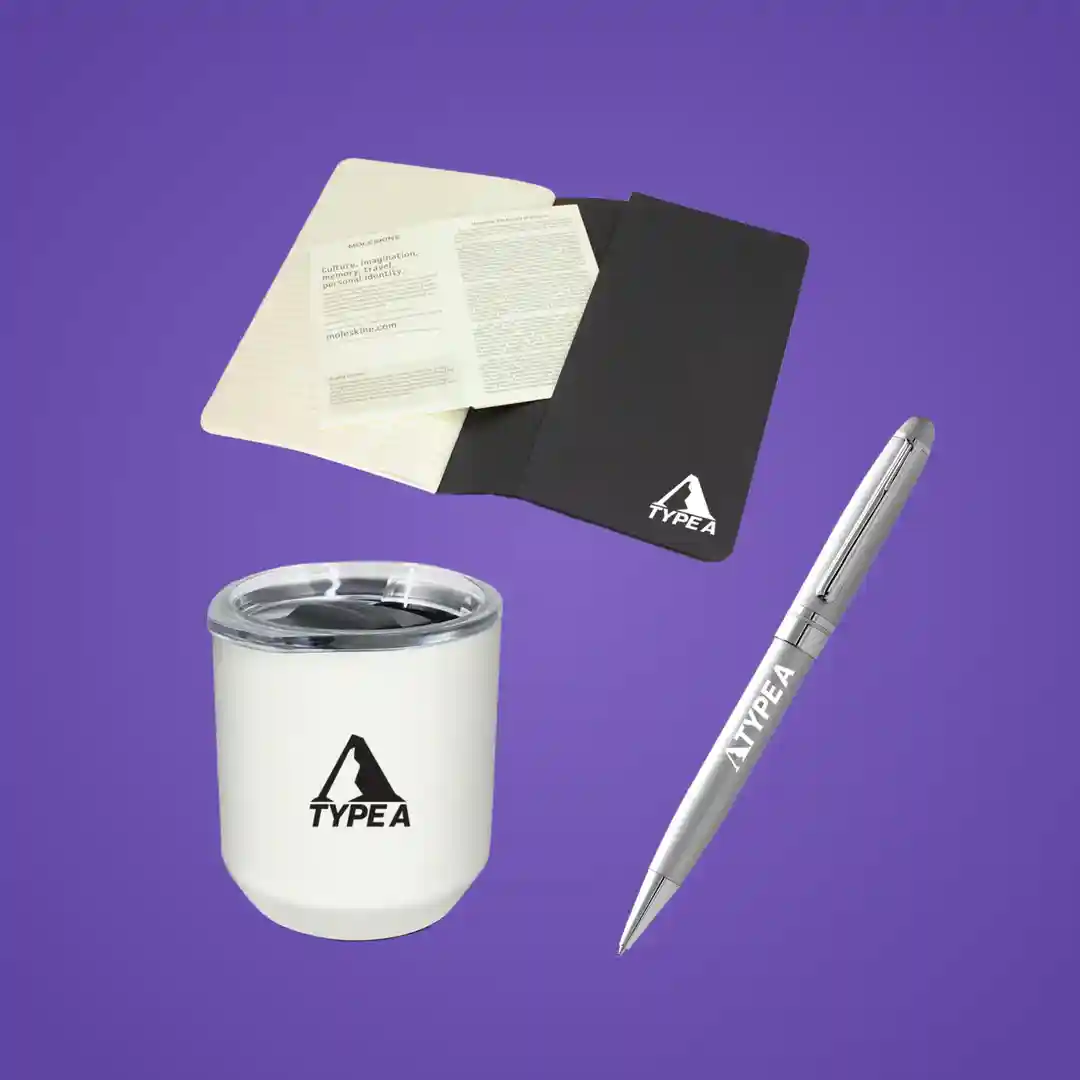
When you're unsure where to begin with custom merch, start with 'A'. Our 'Type A' Custom Merch Pack is designed to suit everyone, making it an ideal foundation for your brand.
This pack bundles three key essentials: a CamelBak Horizon Rocks 300ml Vacuum Insulated Tumbler, a Moleskine Cahier A5 Journal Notebook, and a Bristol Twist Ballpoint Pen. All items are ready for your custom branding. Plus, they arrive in a SWAG Mailer Box with single-sided printing. Need corporate gifts or an easy onboarding solution? It's as simple as ABC.
Frequently Asked Questions about Custom Branding for New Businesses
How much should a new business budget for branding?
A practical rule of thumb is to allocate 10–20 % of your projected first-year revenue to marketing and branding combined. If you're bootstrapping, DIY solutions can cost under AU $200, while freelance designers typically range from AU $1,000–$7,000. Full-service agencies begin at around AU $10,000.
How long does the branding process take?
A simple DIY brand kit can be created in a few days. Working with a freelancer usually takes 2–6 weeks, while an agency engagement can run 1–4 months due to deeper research and multi-phase design work.
What’s the difference between a brand, brand identity, and branding?
• Brand – the overall perception people have of your business.
• Brand identity – the tangible assets (logo, colours, fonts, tone) you create to represent that perception.
• Branding – the ongoing actions you take to shape and maintain that perception.
Merch That Speaks for Your Brand
Building a brand from scratch isn't just about creating a logo and calling it a day. It's about crafting a memorable identity that genuinely connects with your audience and makes you stand out in a crowded marketplace. When you invest in custom branding for new businesses, you're laying the foundation for everything that follows – from your first customer interaction to your eventual expansion plans.
The numbers don't lie: consistent branding increases sales by over 20 %, builds lasting customer loyalty, attracts the kind of employees who share your vision, and yes, even lets you charge premium prices. Whether you've chosen the DIY route, partnered with a talented freelancer, or invested in a full-service agency, the magic happens when you maintain consistency across every single touch-point.
Once you've nailed down your brand identity – your colours, fonts, voice, and visual style – the real fun begins. High-quality branded merchandise becomes your brand's ambassador, carrying your message into cafés, offices, gyms, and everywhere else your customers go.
At Mercha, we understand that bringing your brand to life shouldn't be complicated or time-consuming. Our simple three-step online ordering process makes it easy to create beautiful, branded products that your customers and employees will genuinely love. With a focus on sustainability, quality, and fast turnaround times, we're here to help your brand make the right impression from day one.


